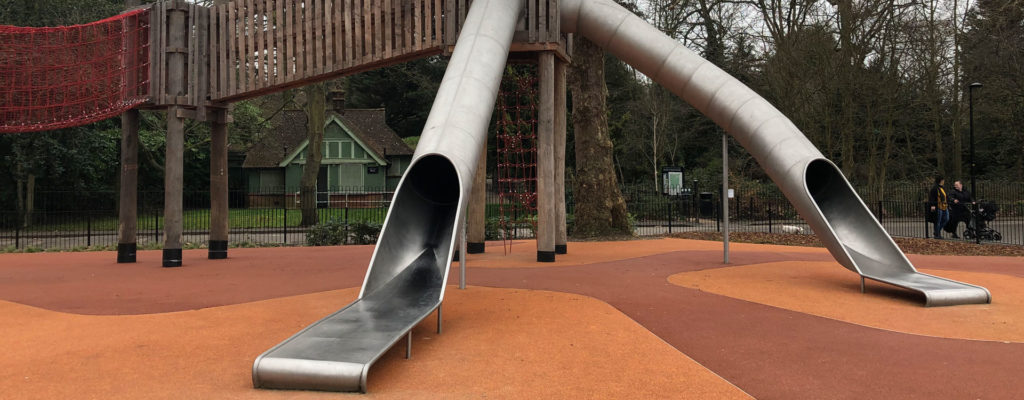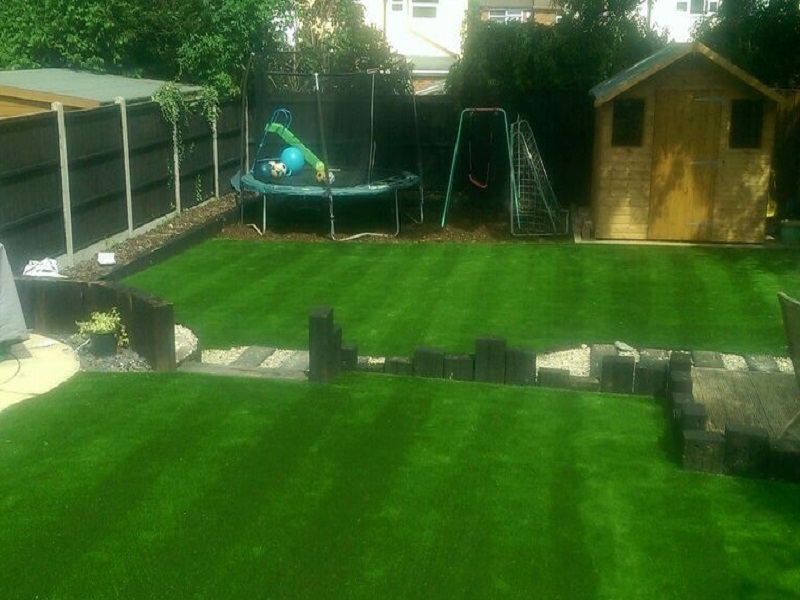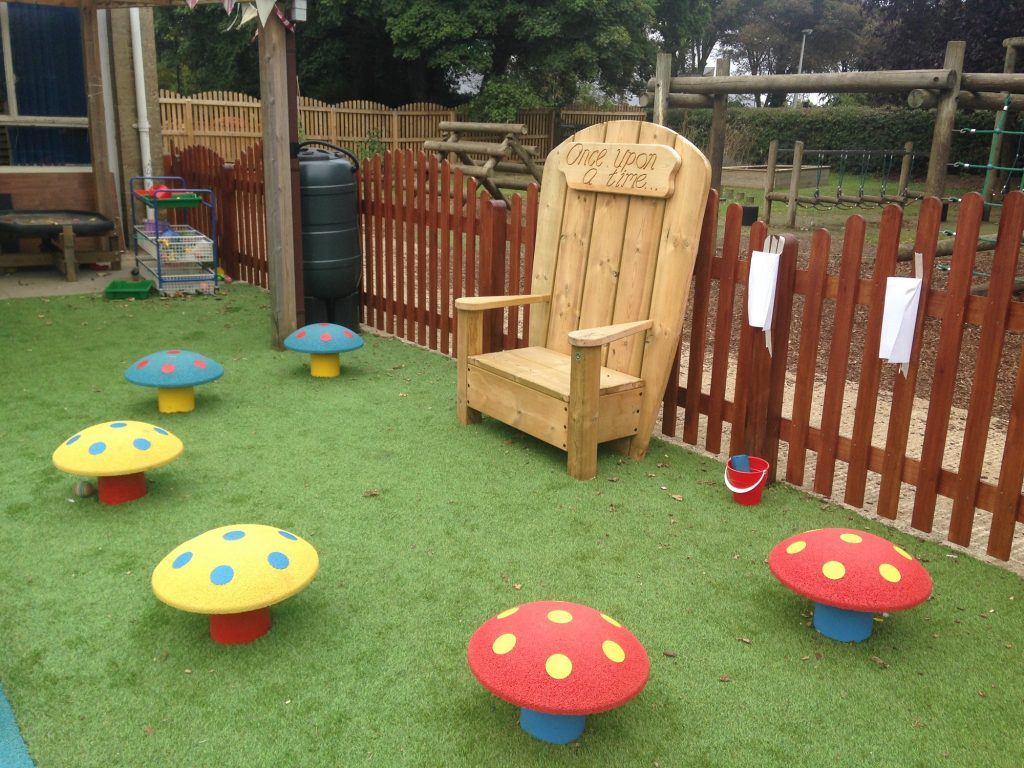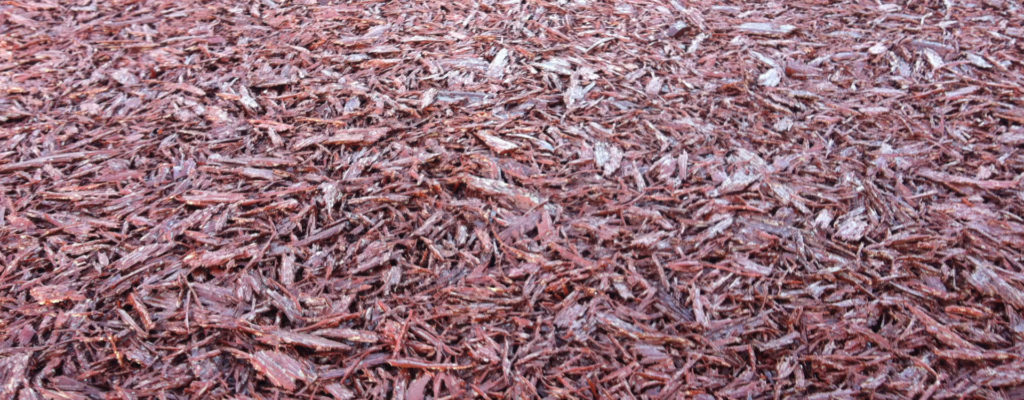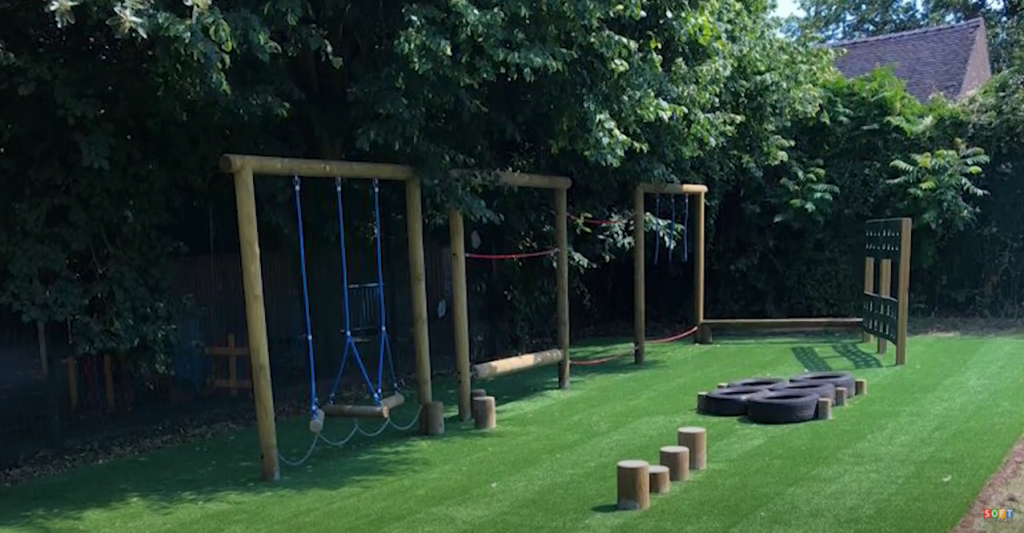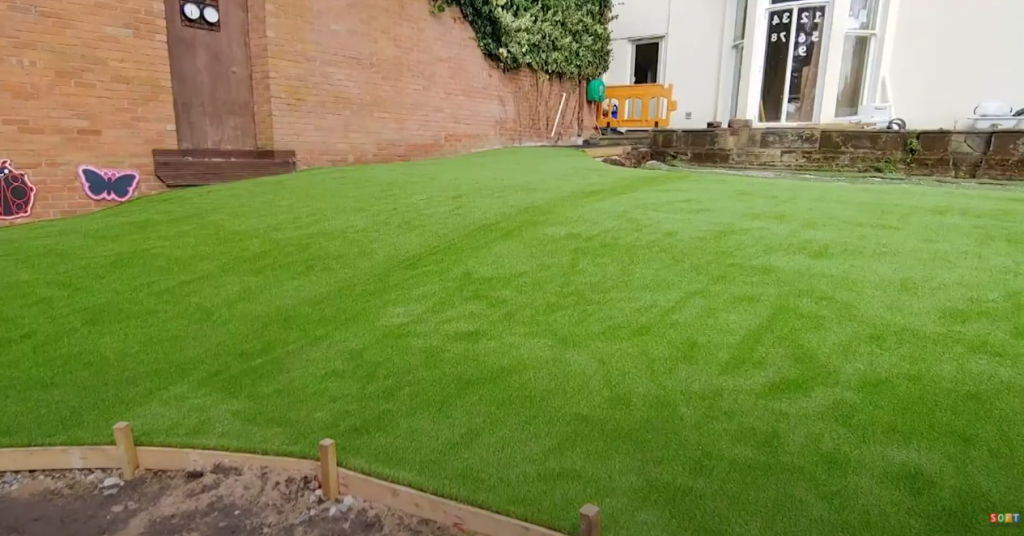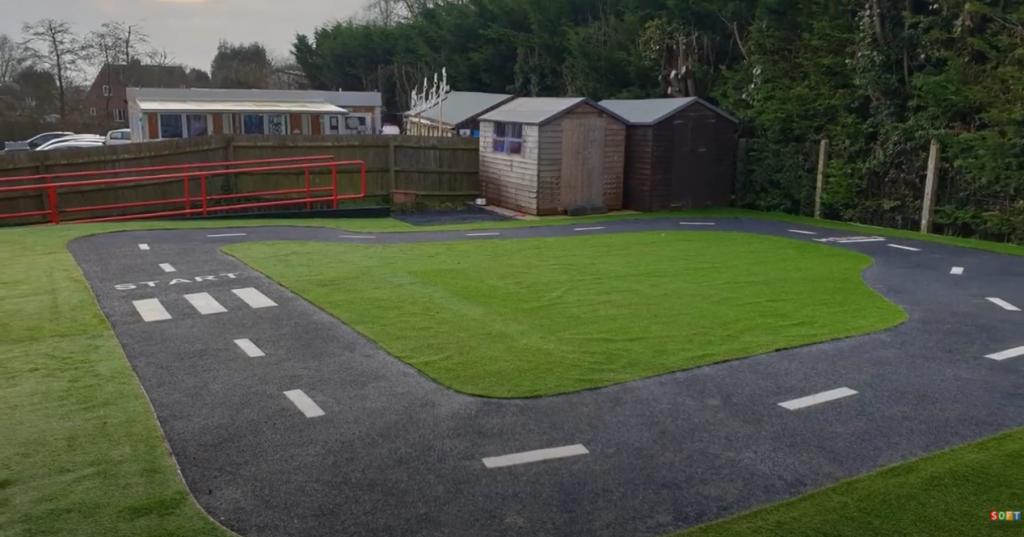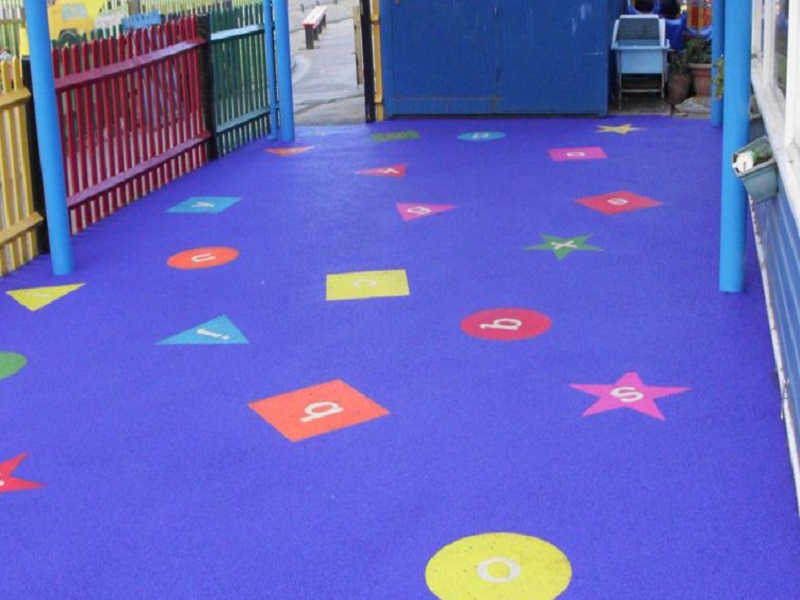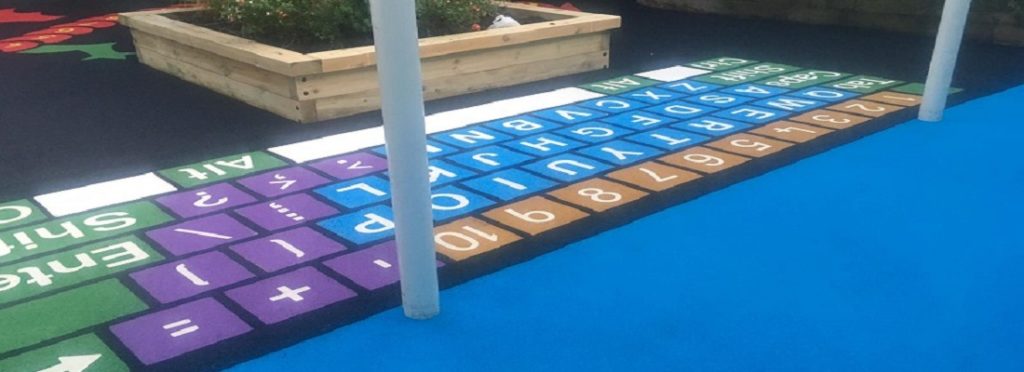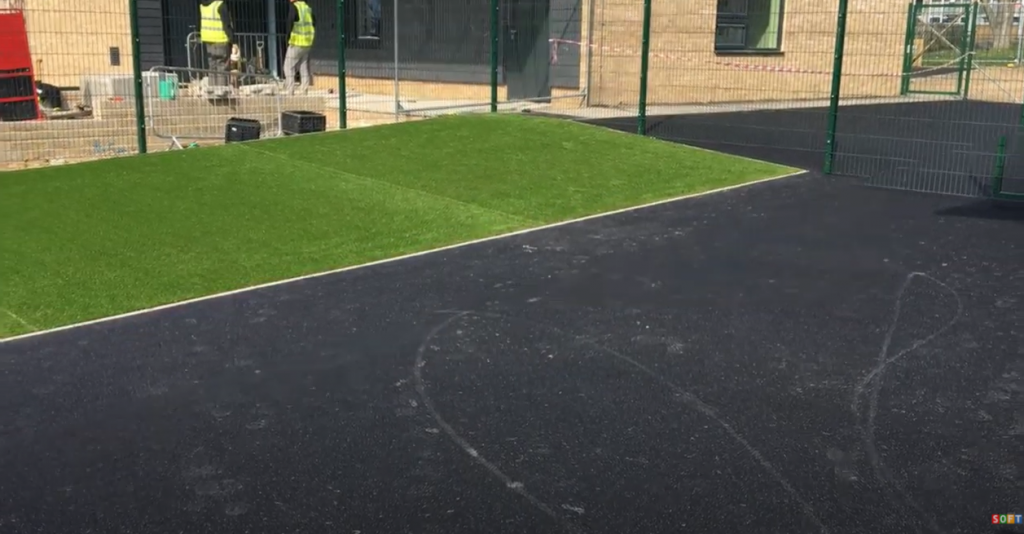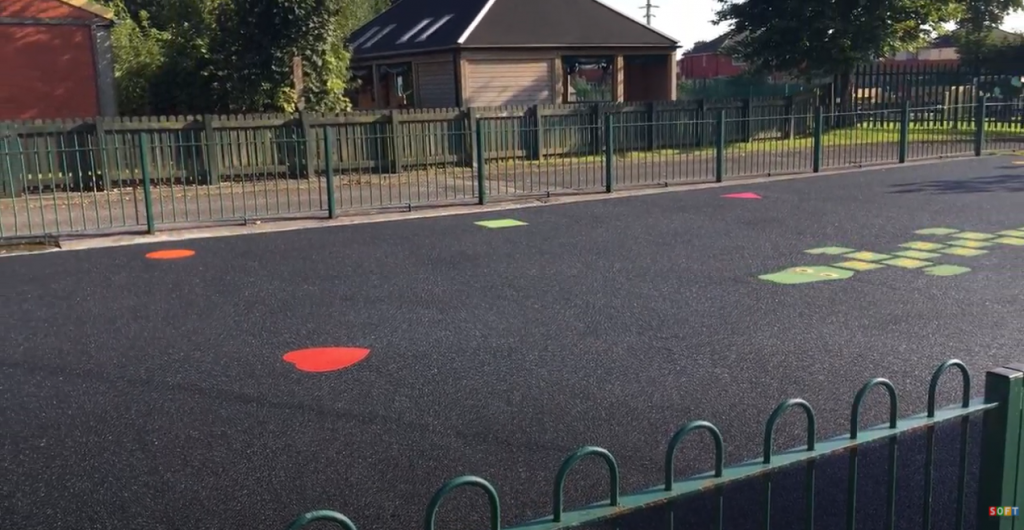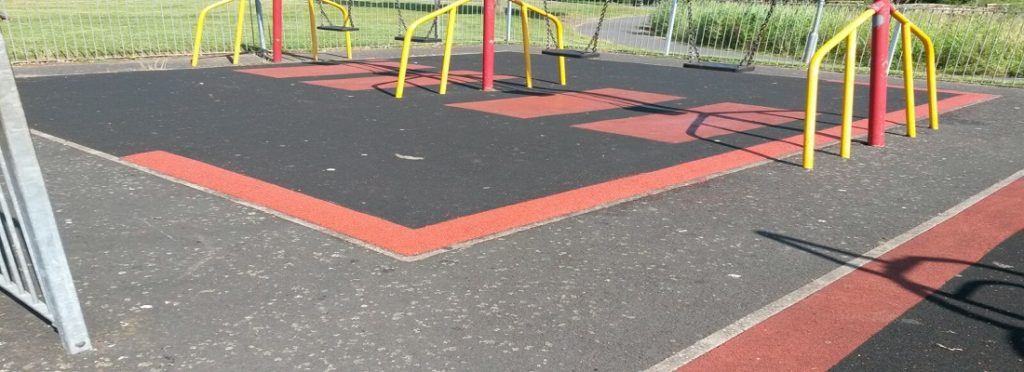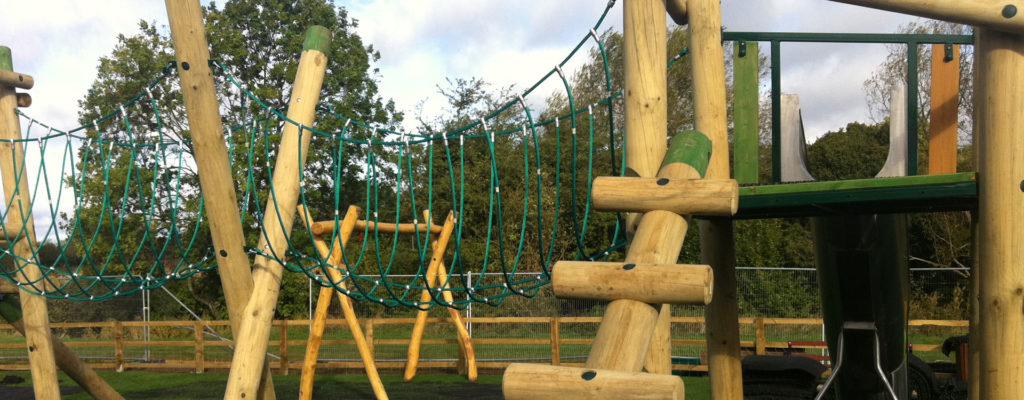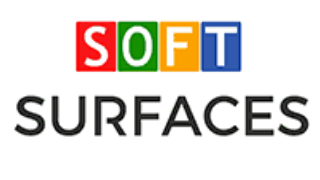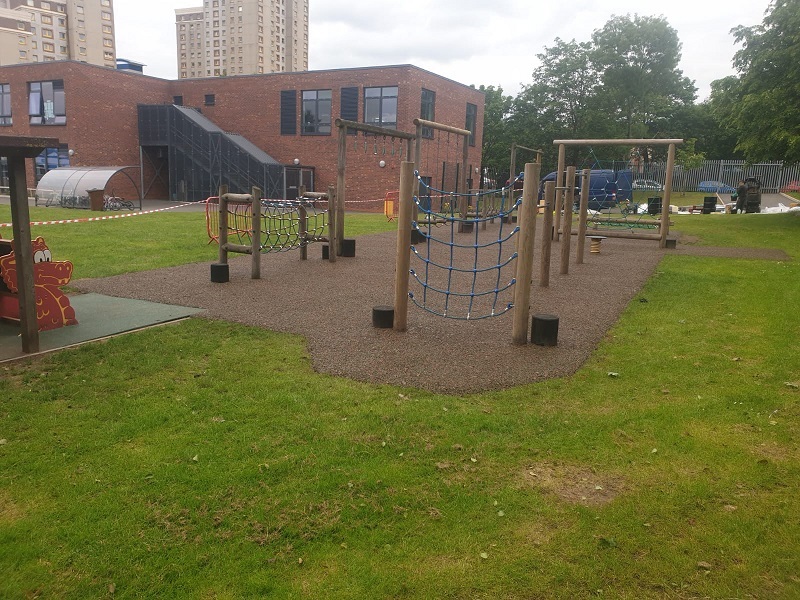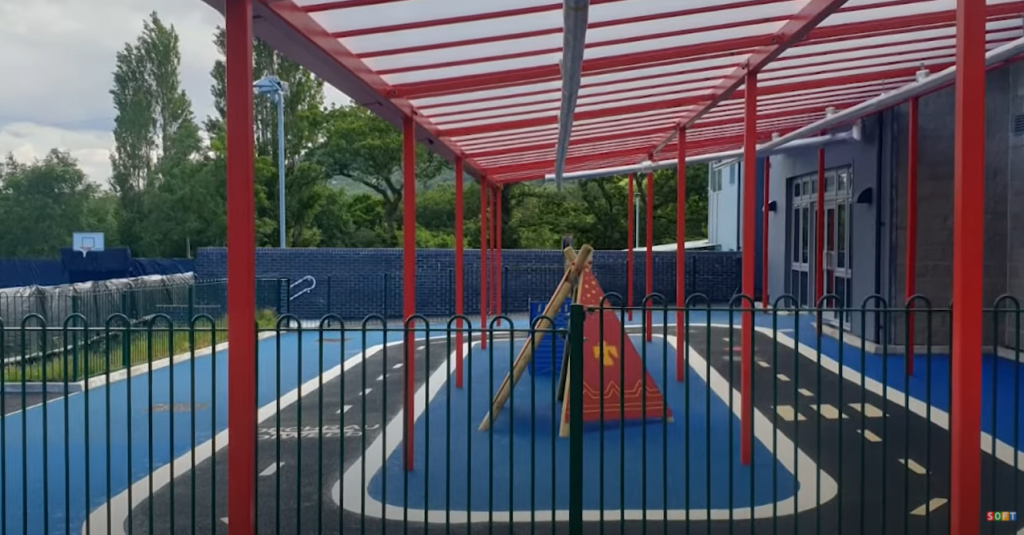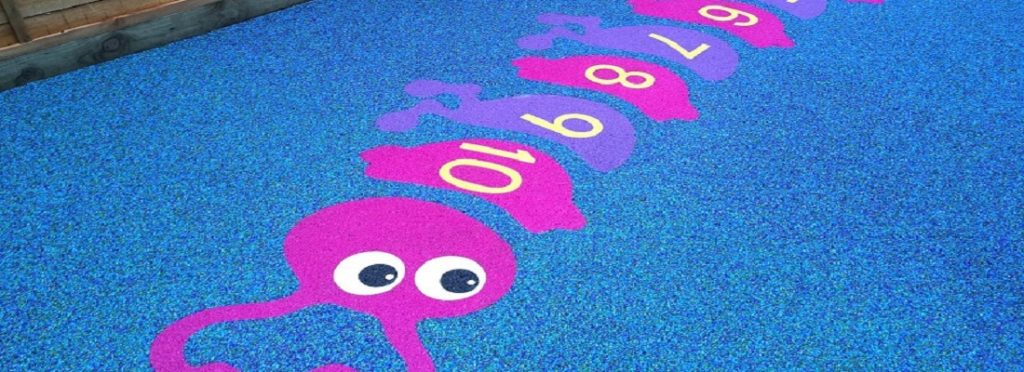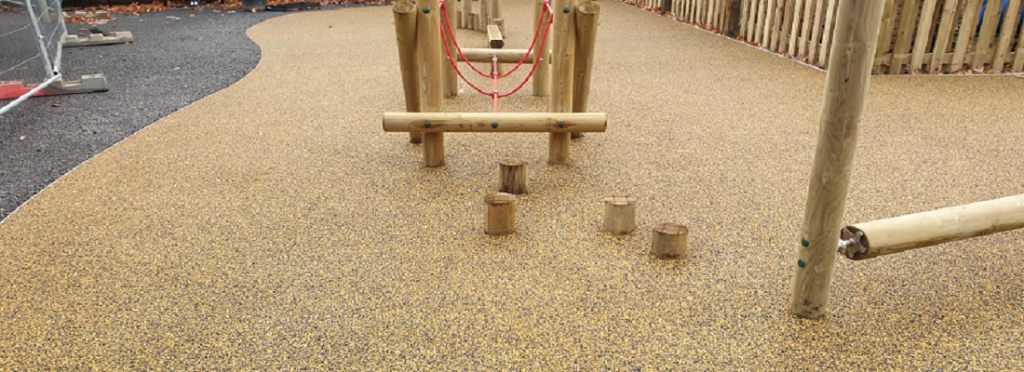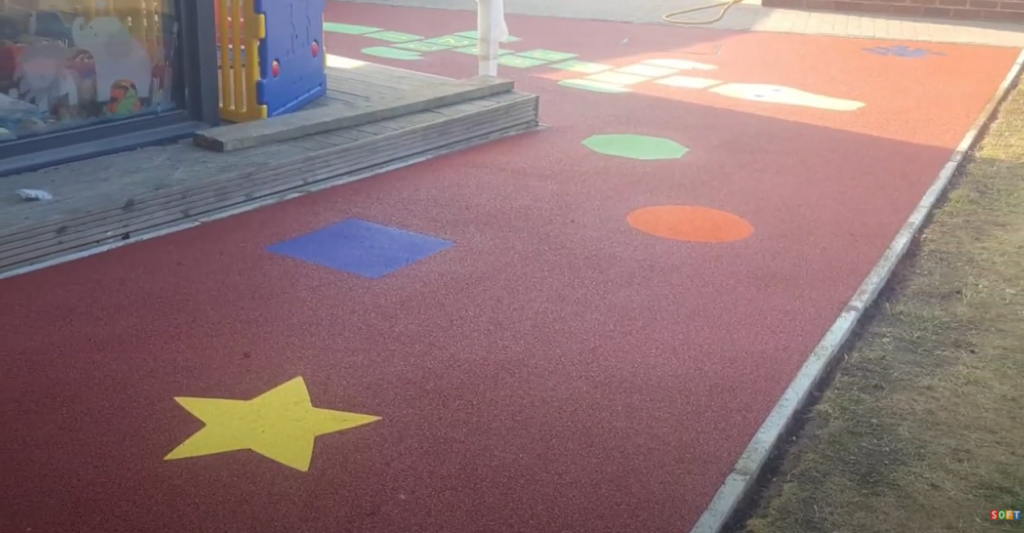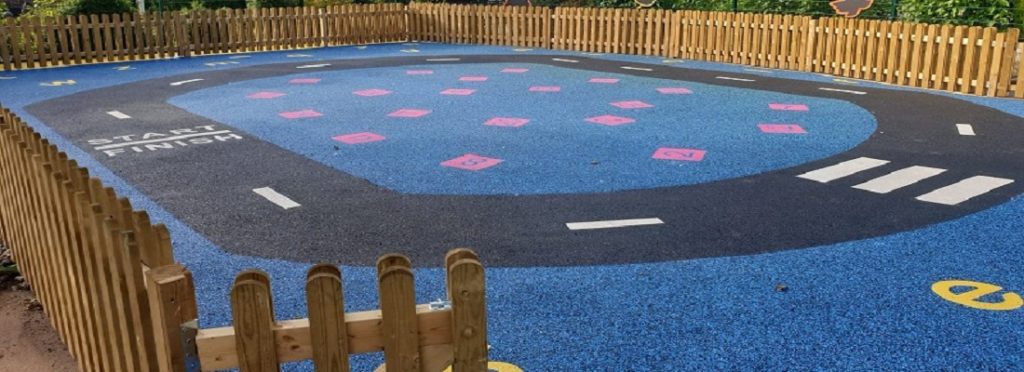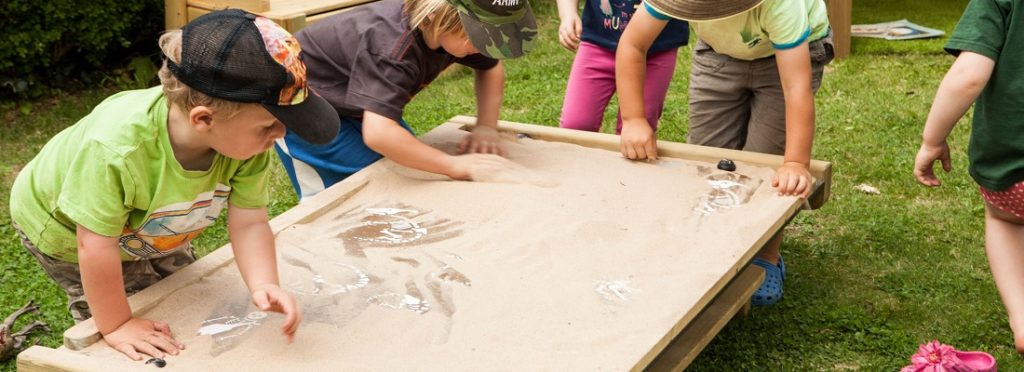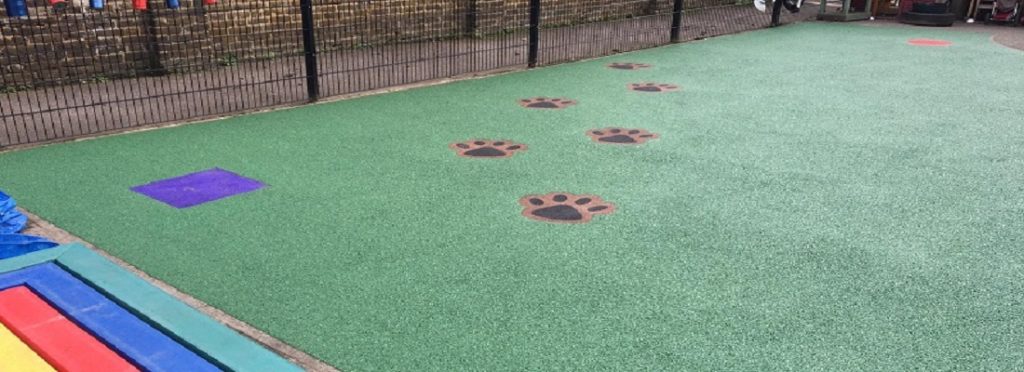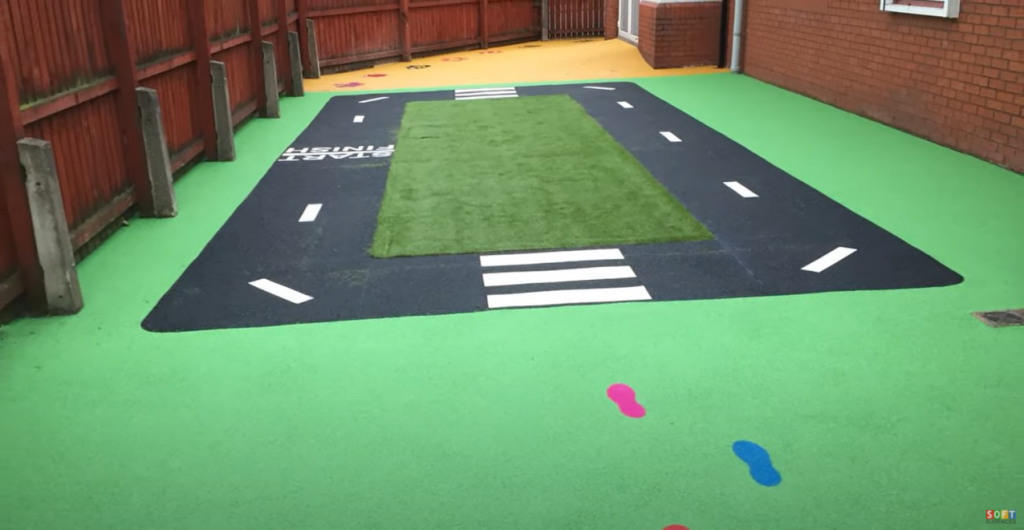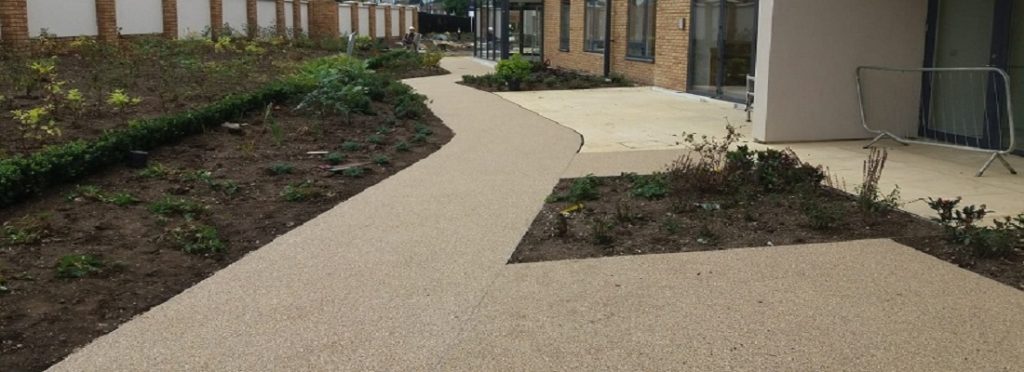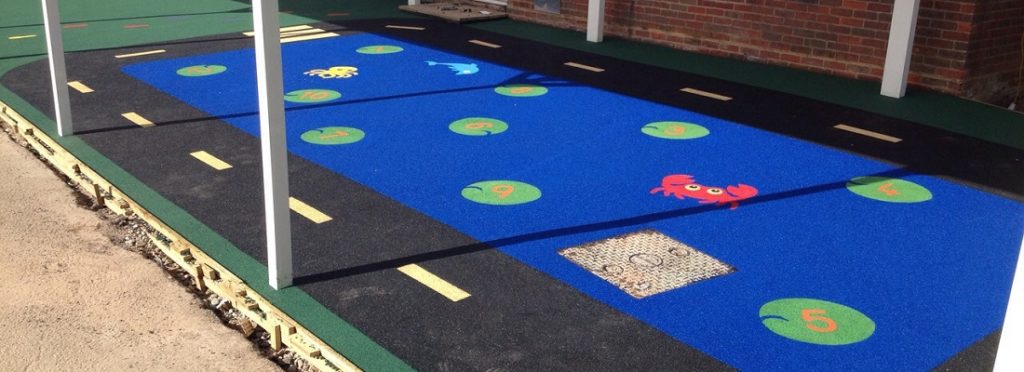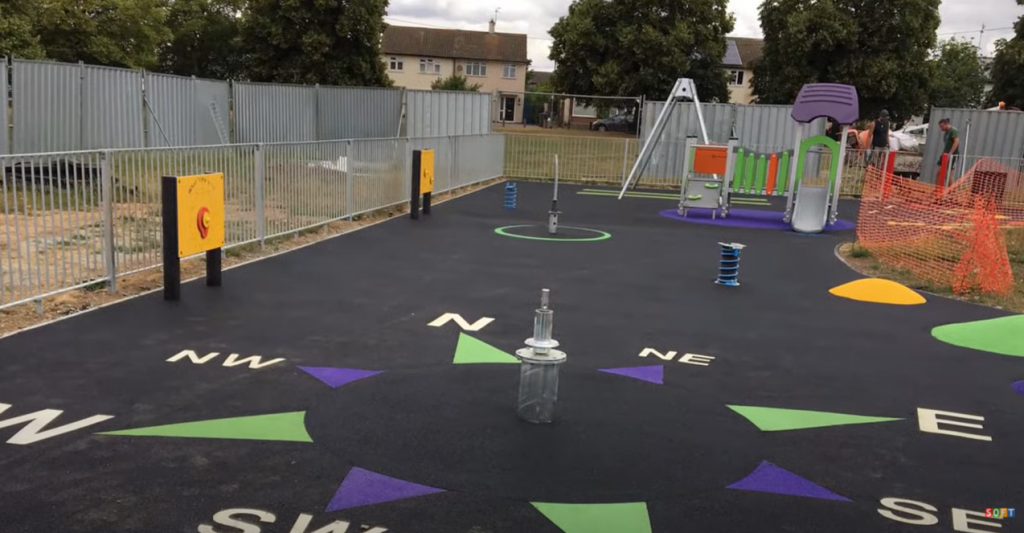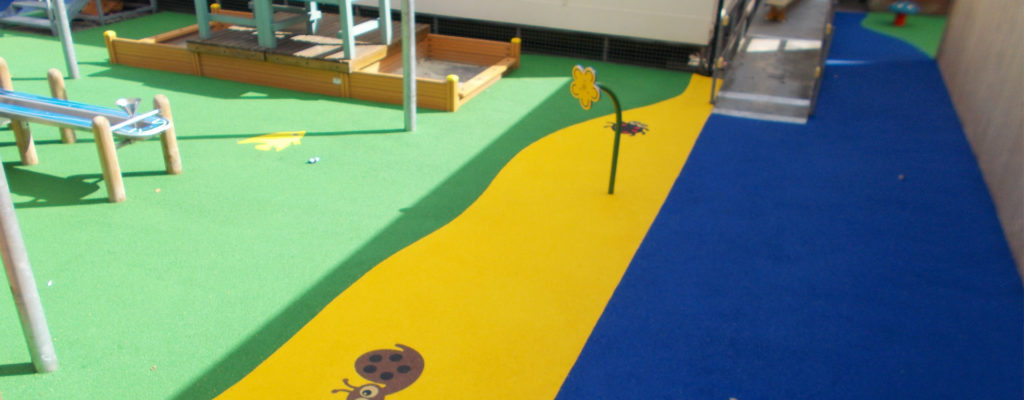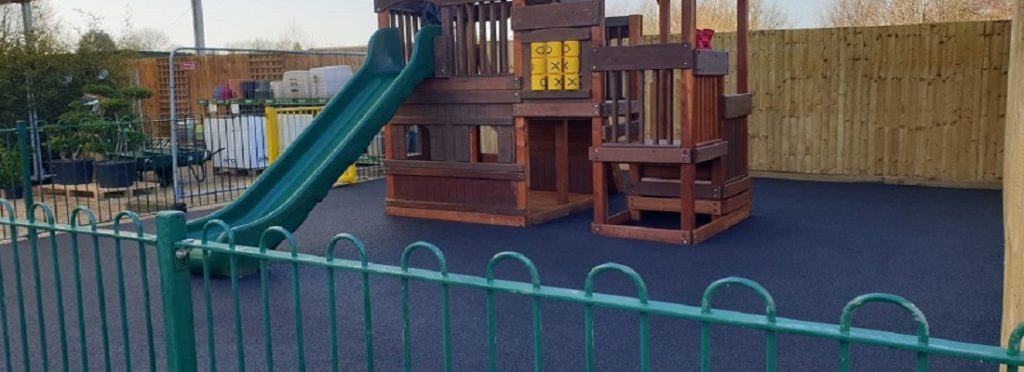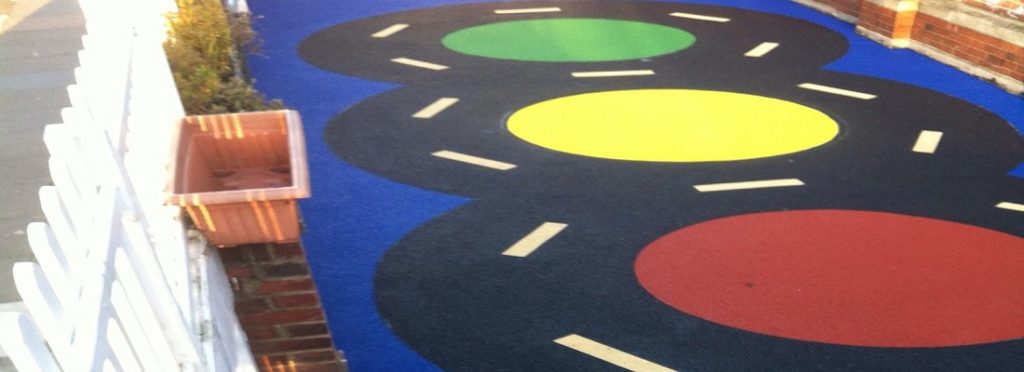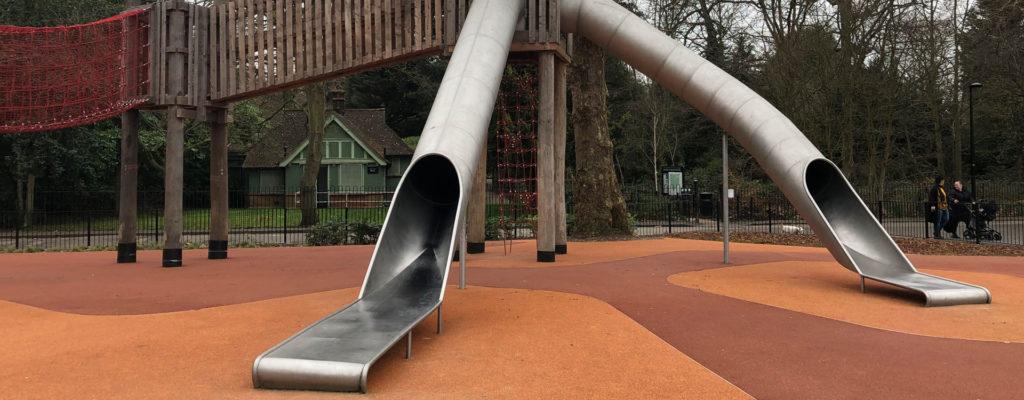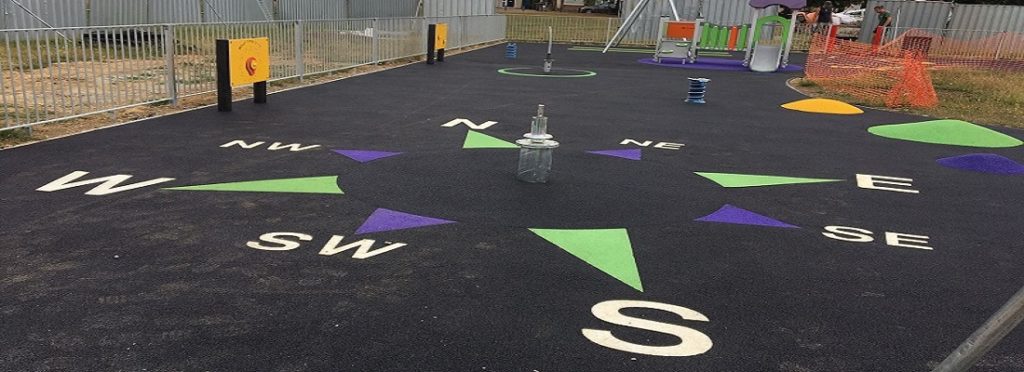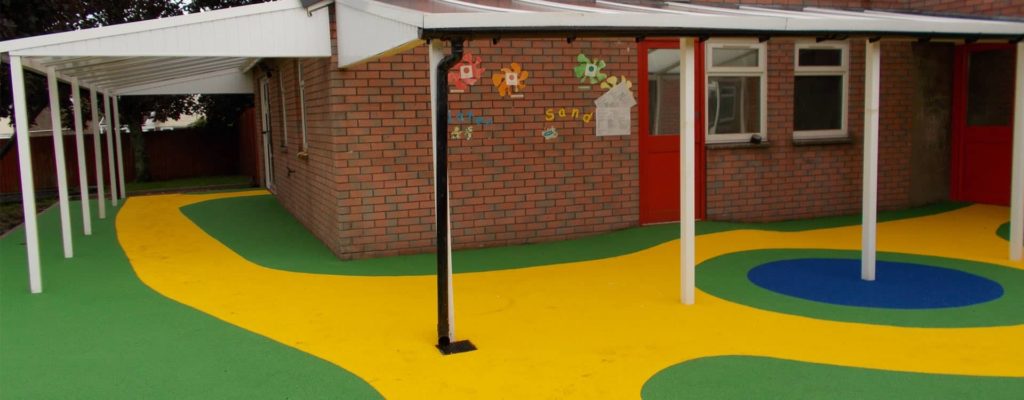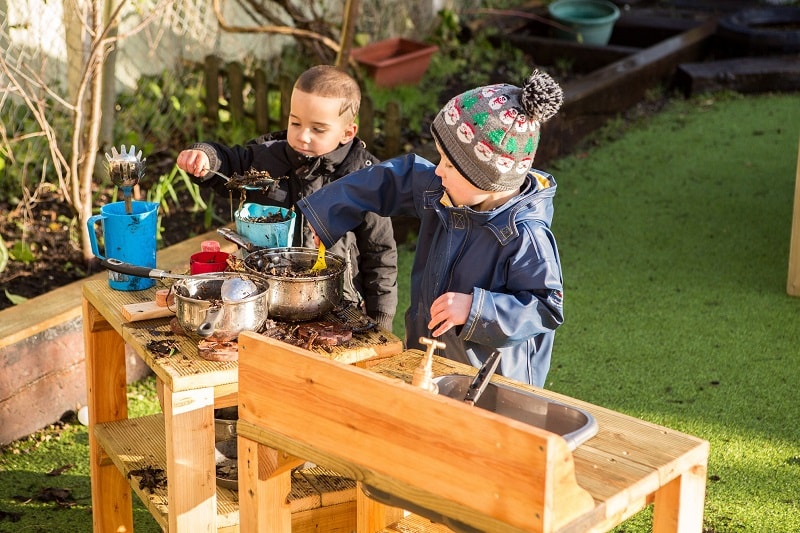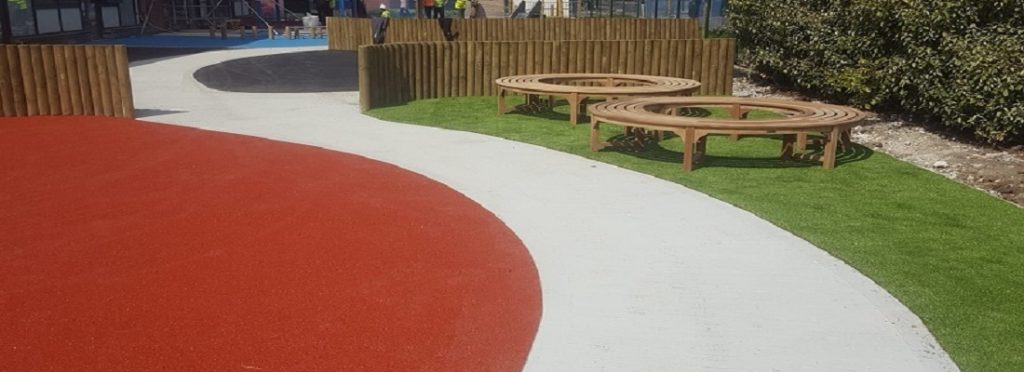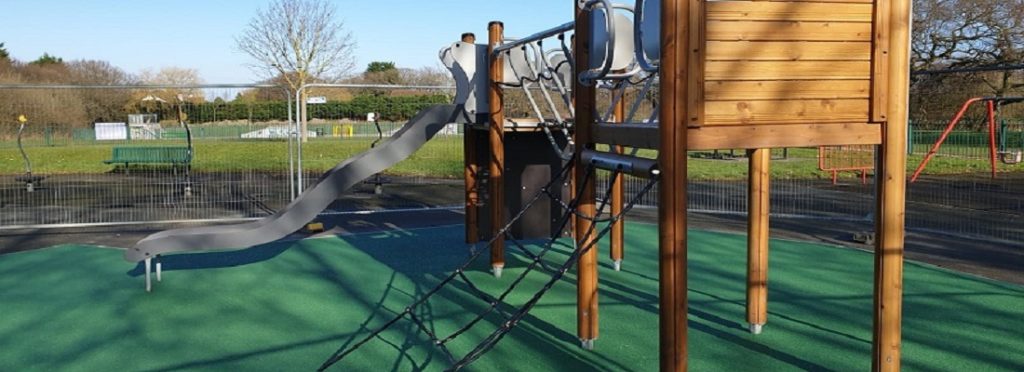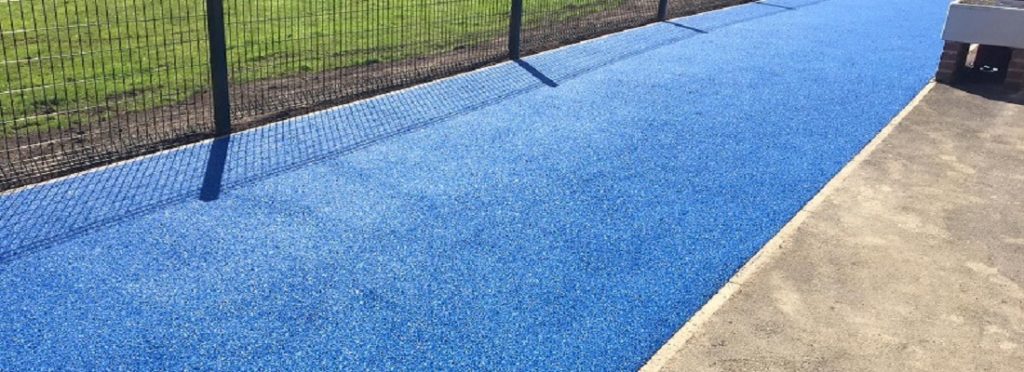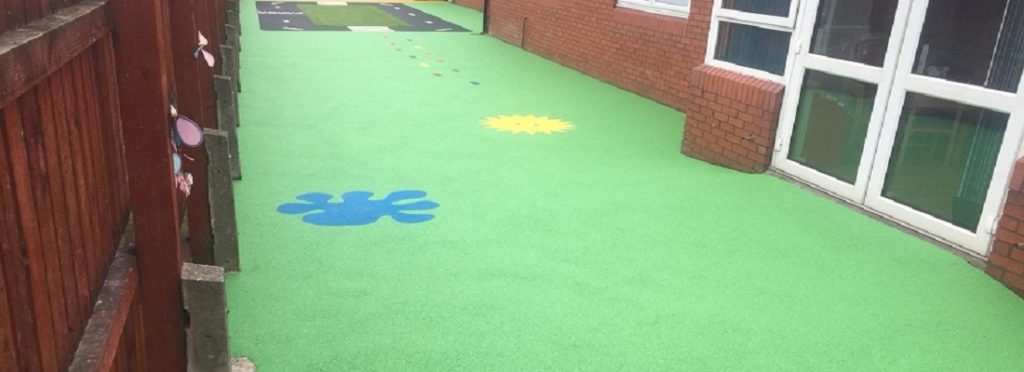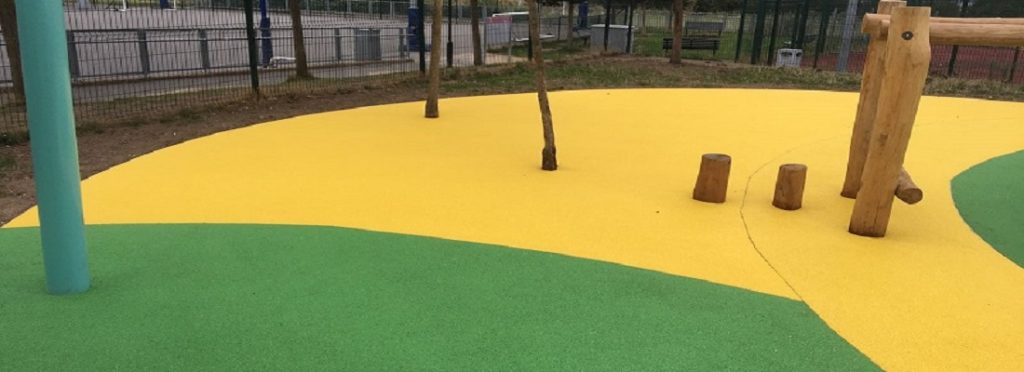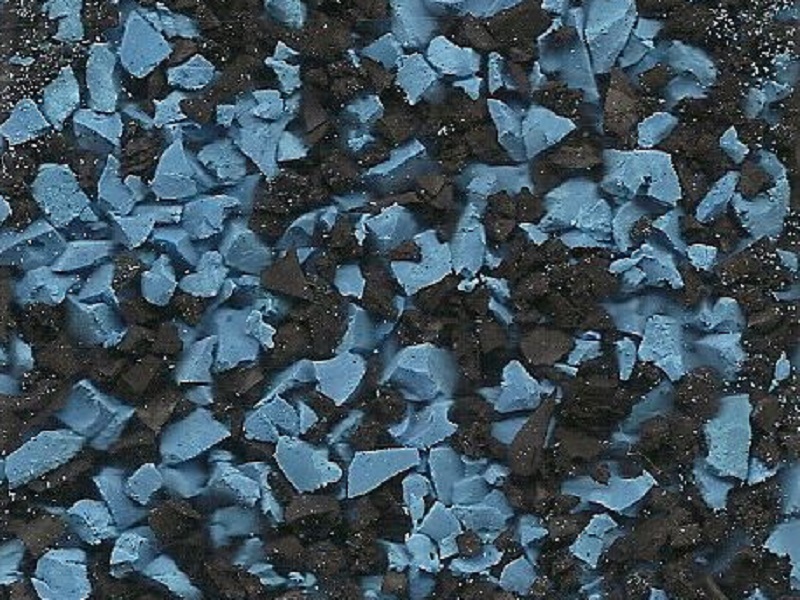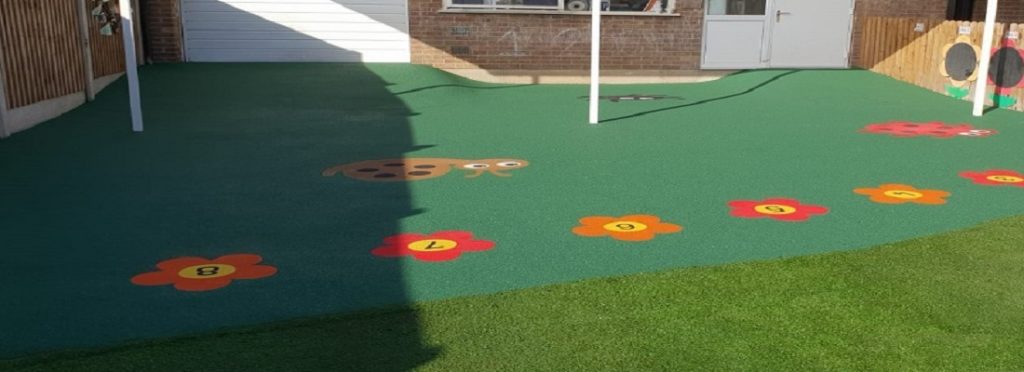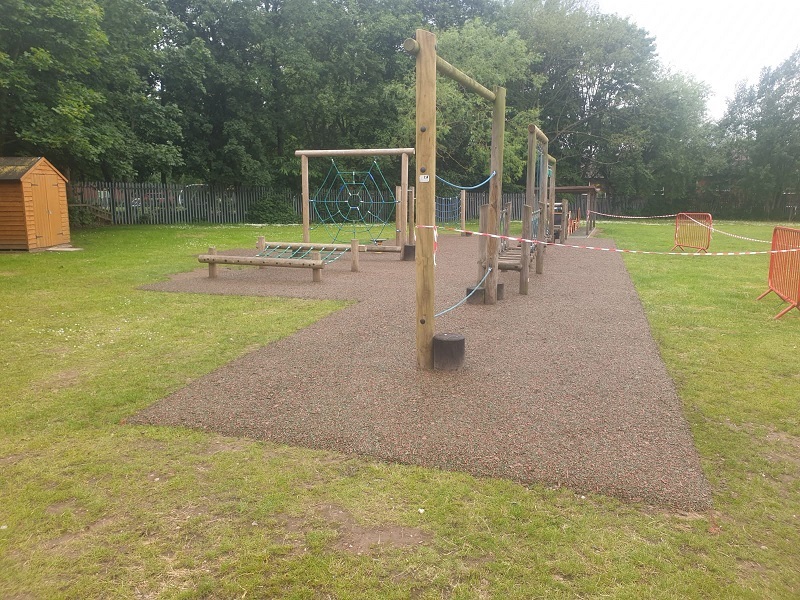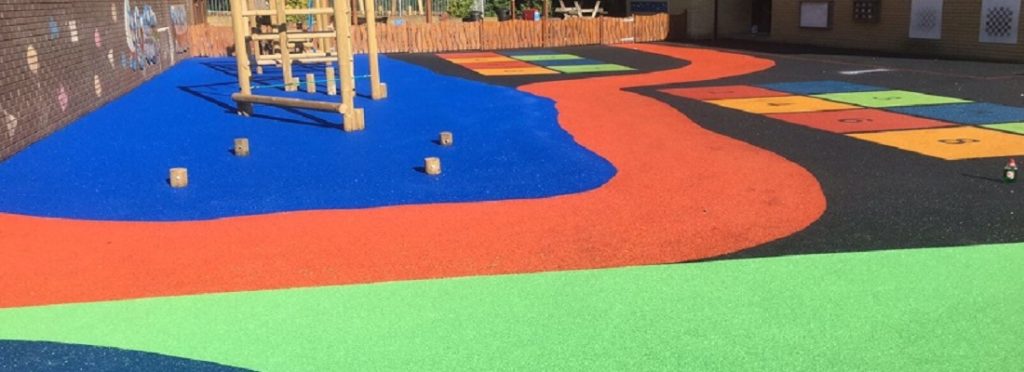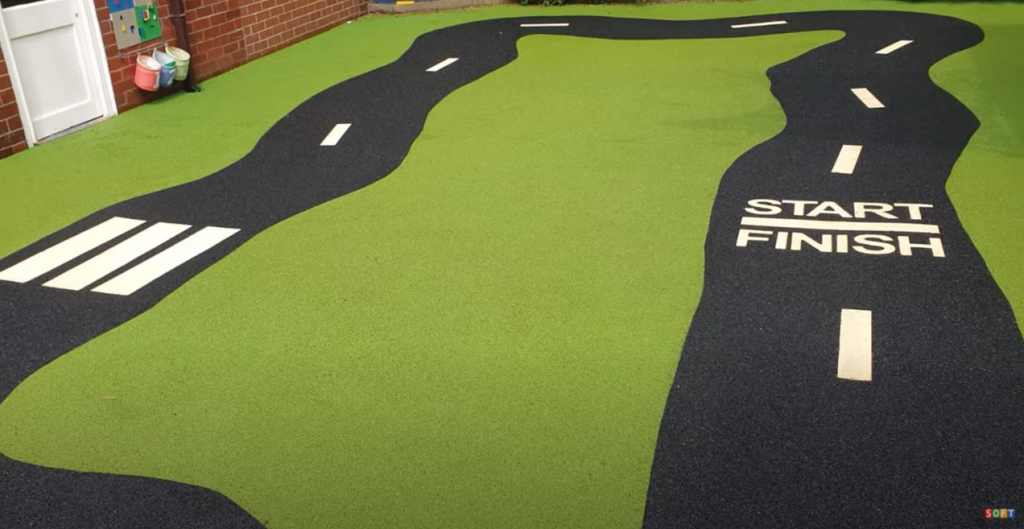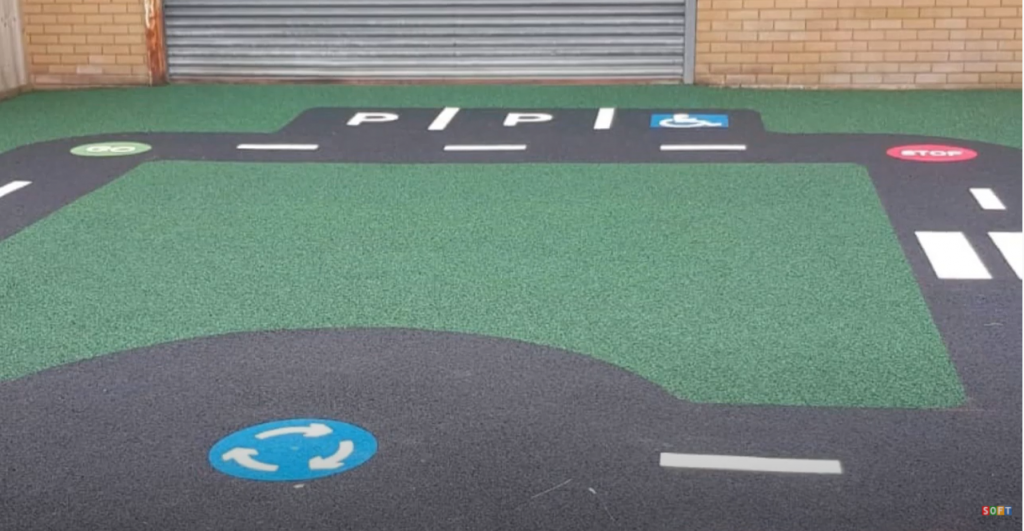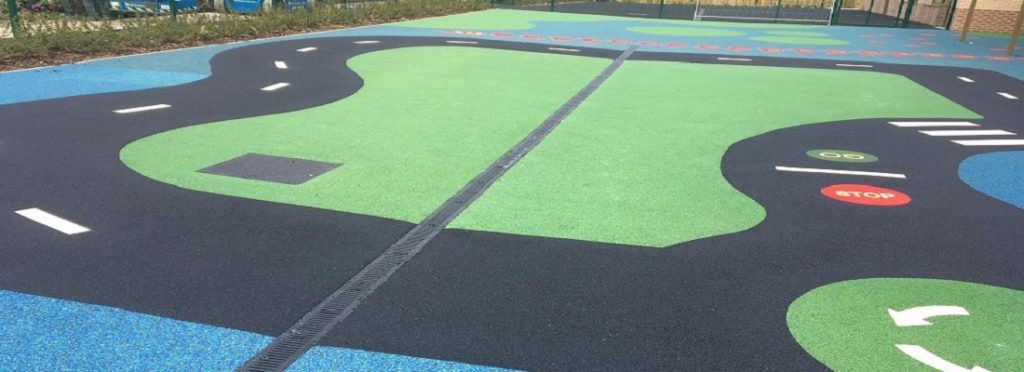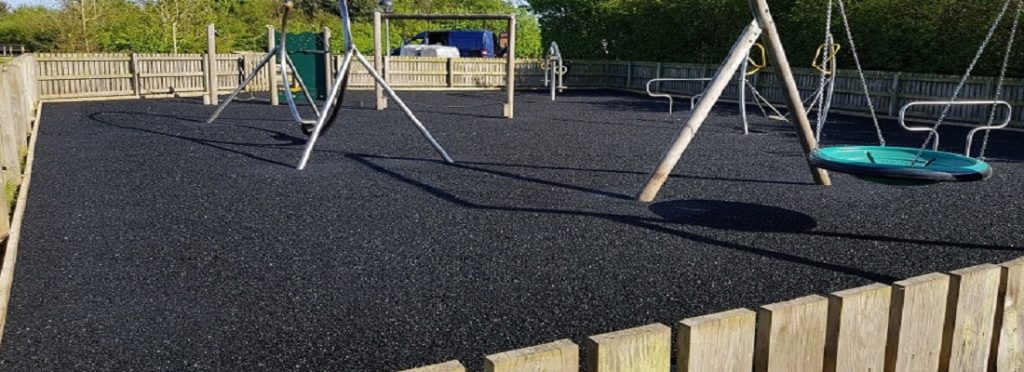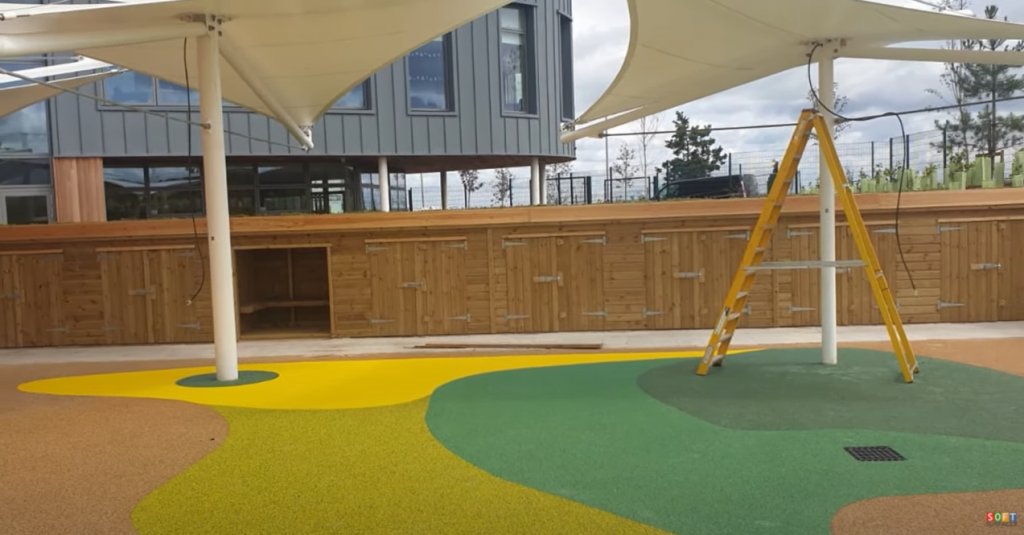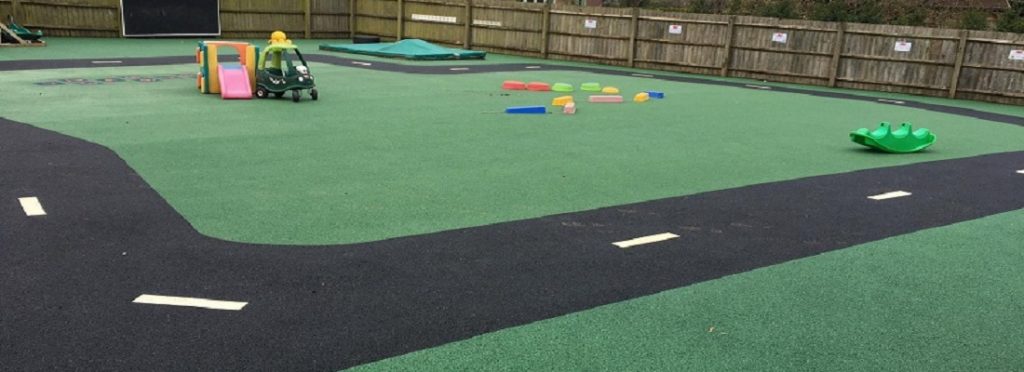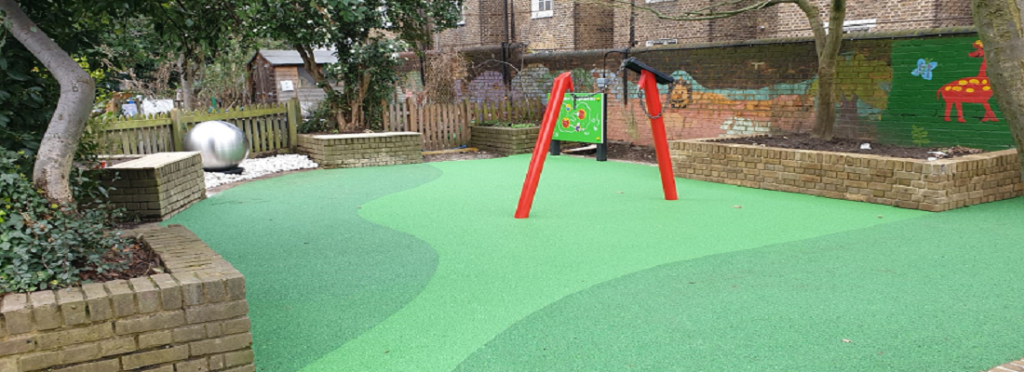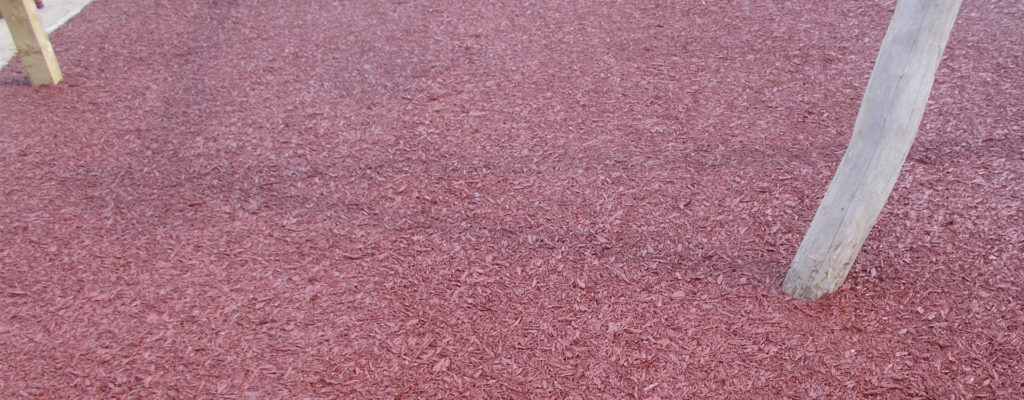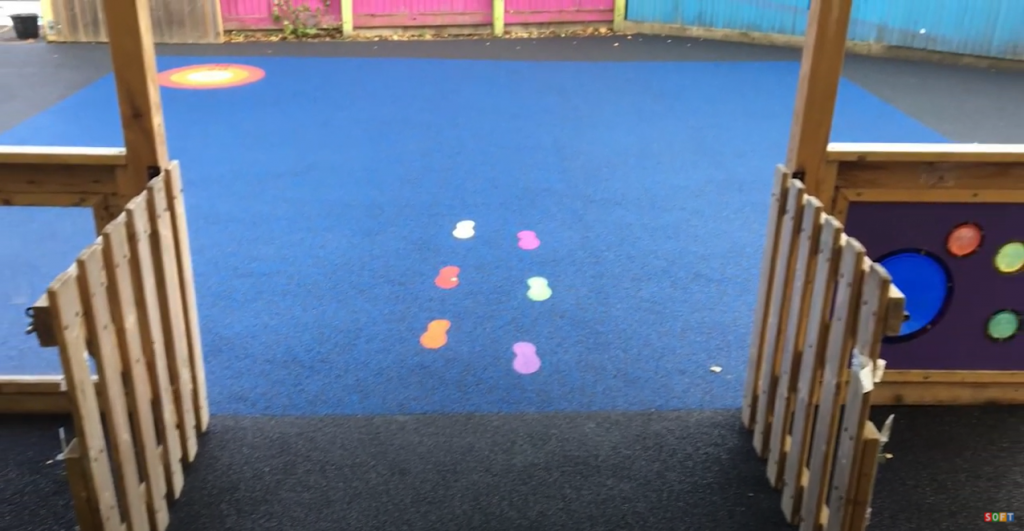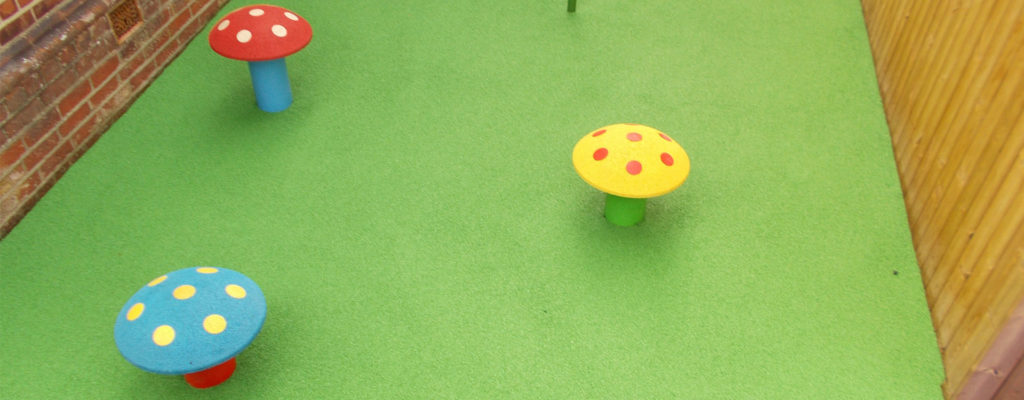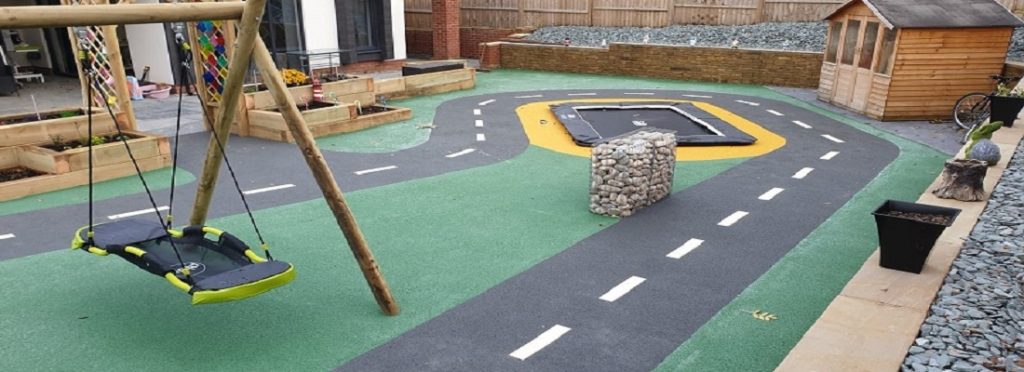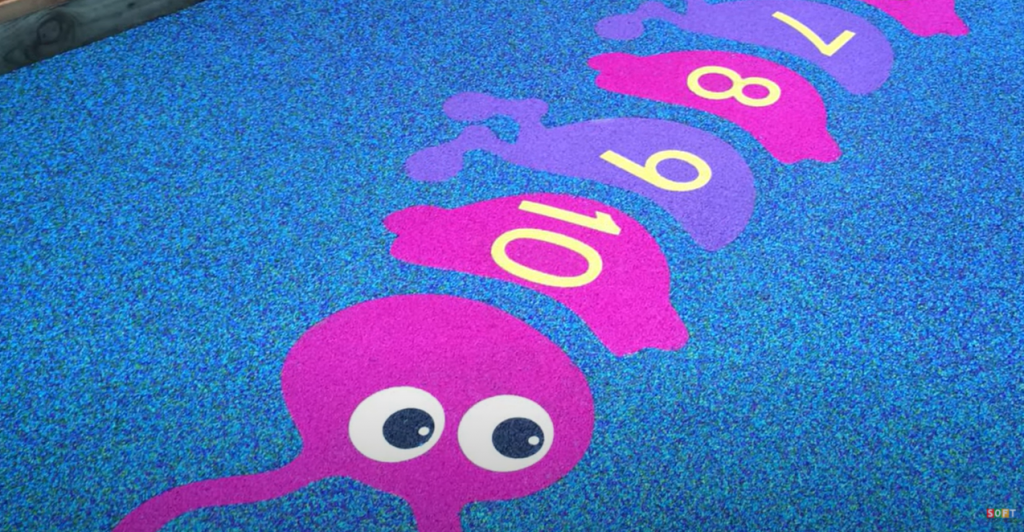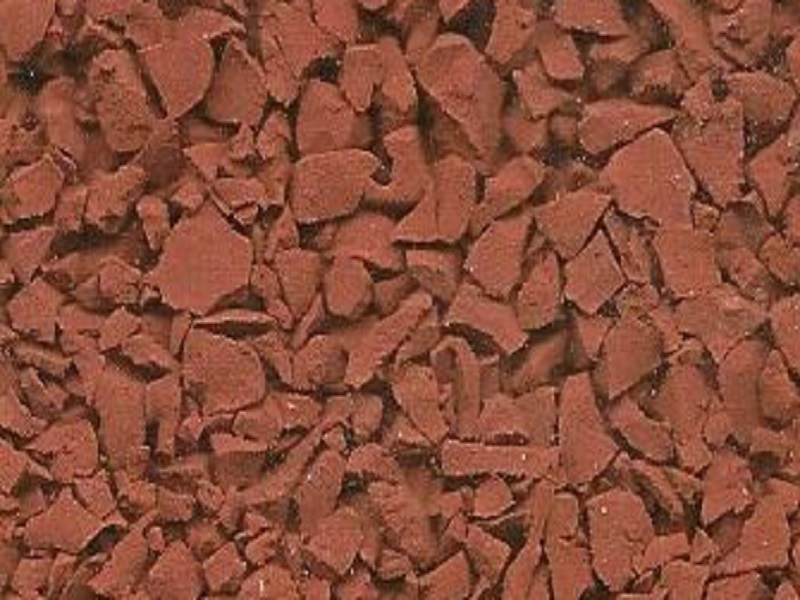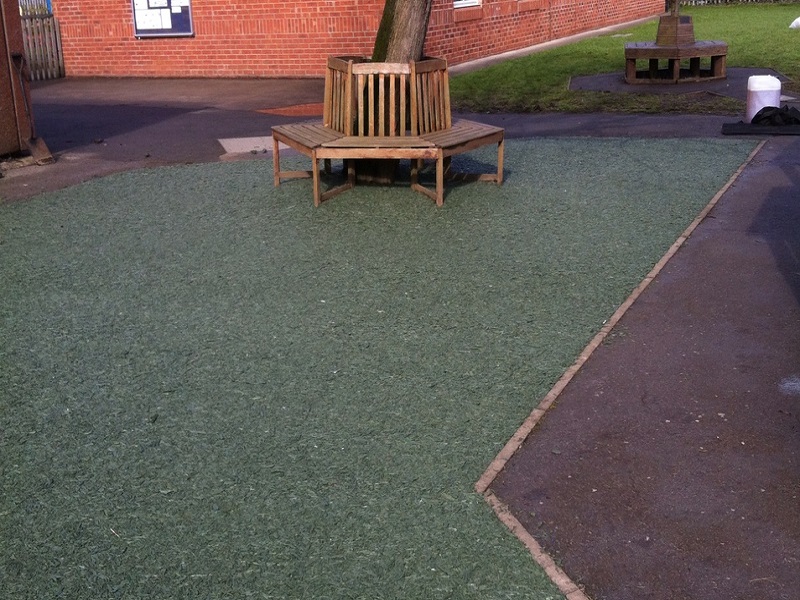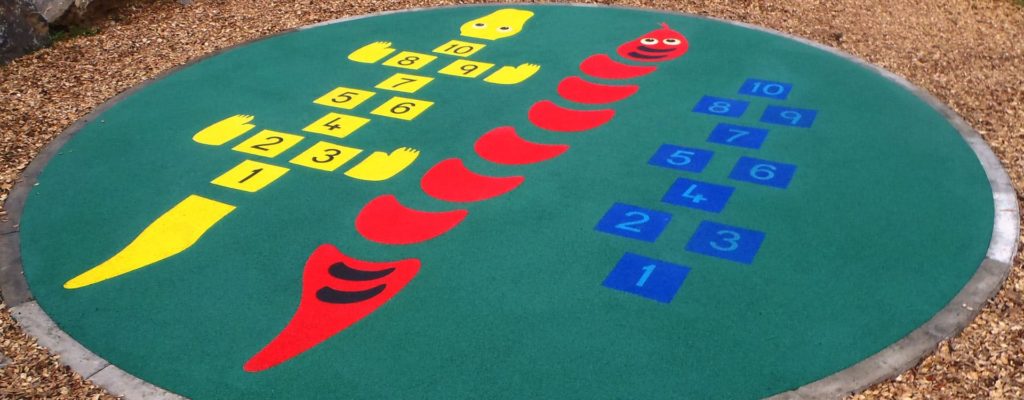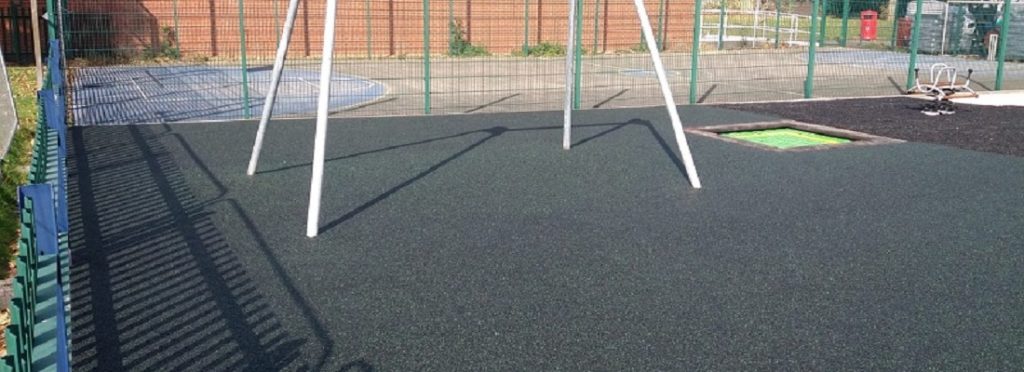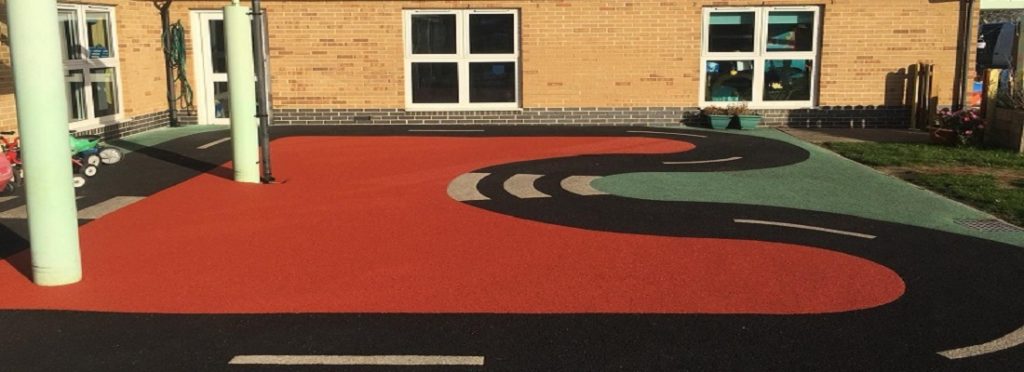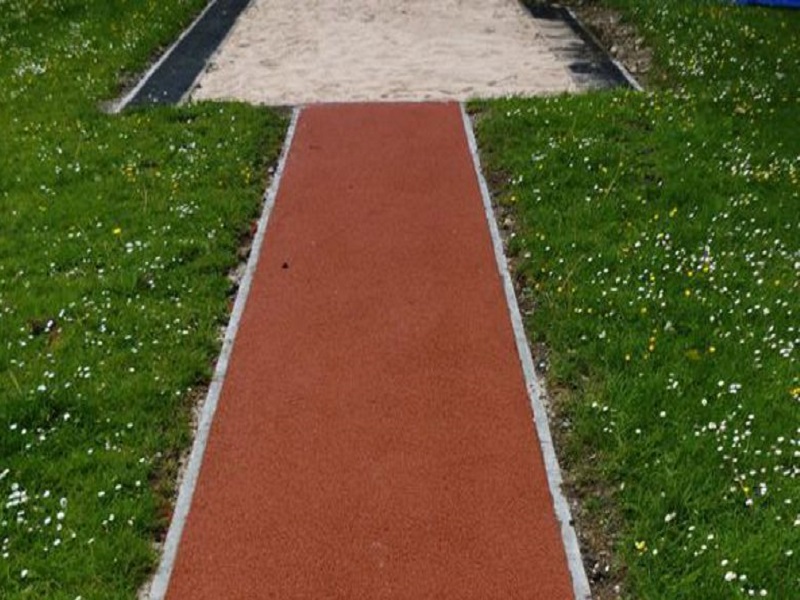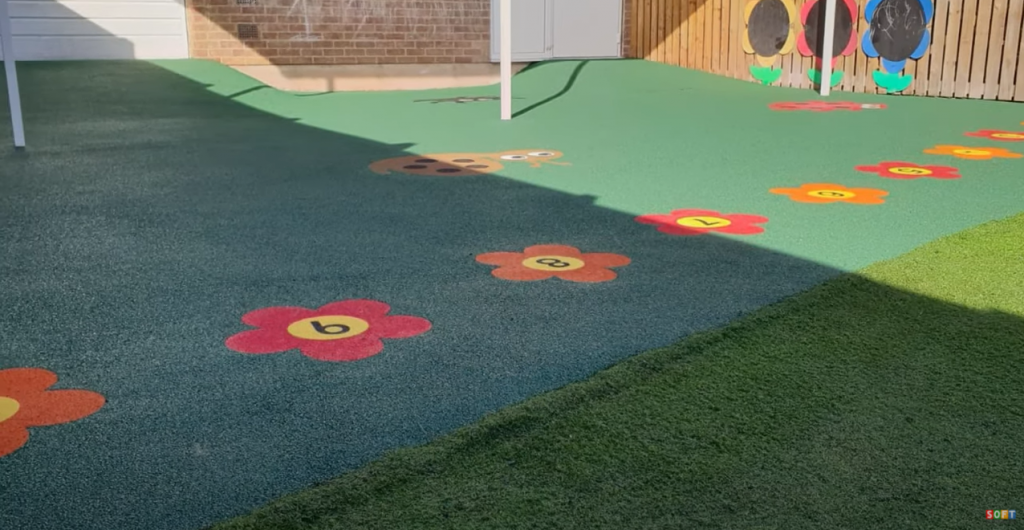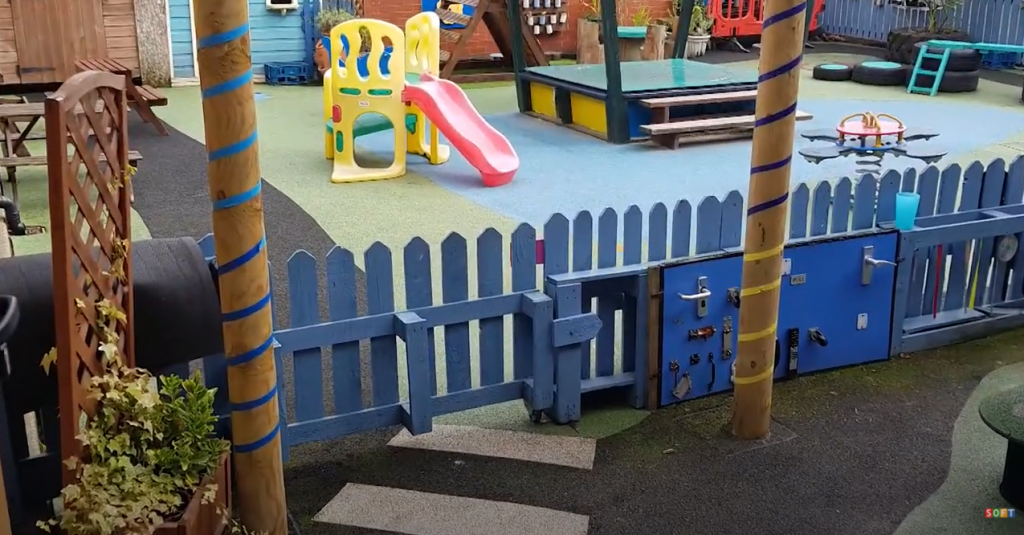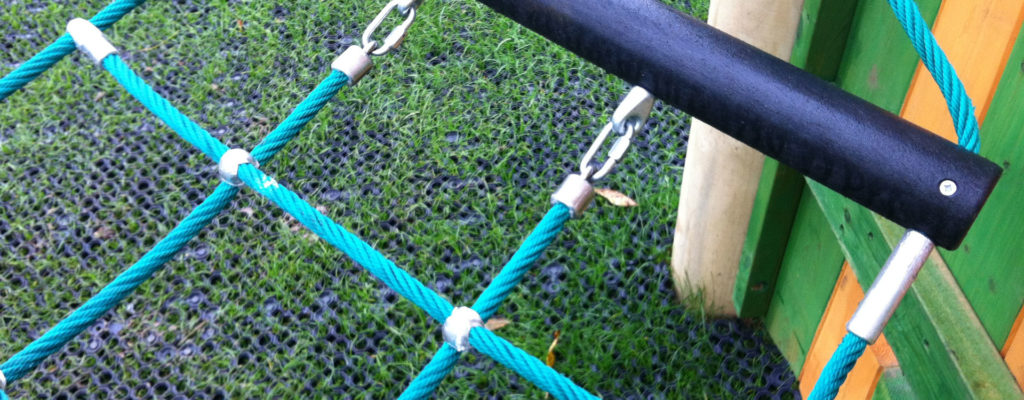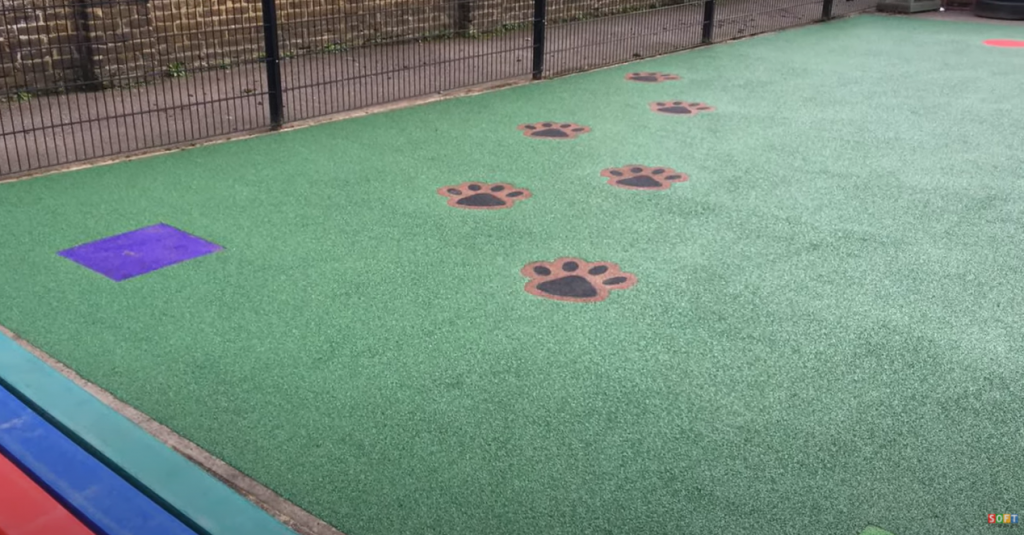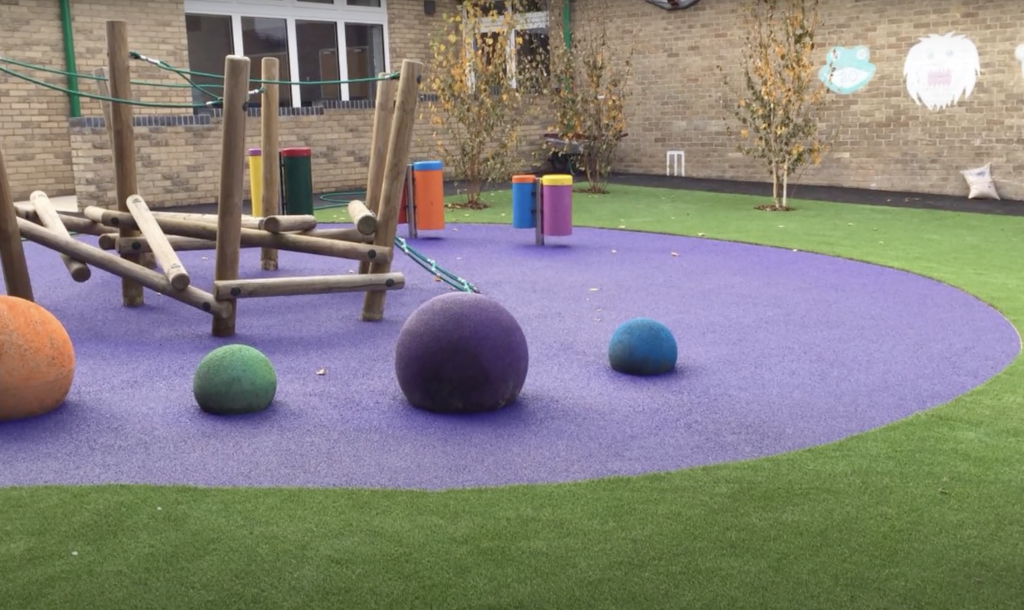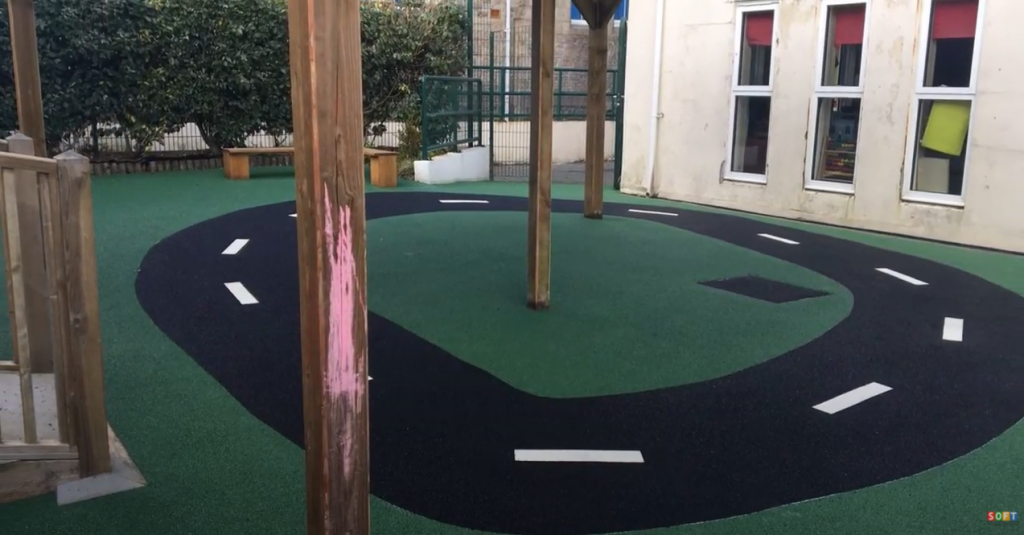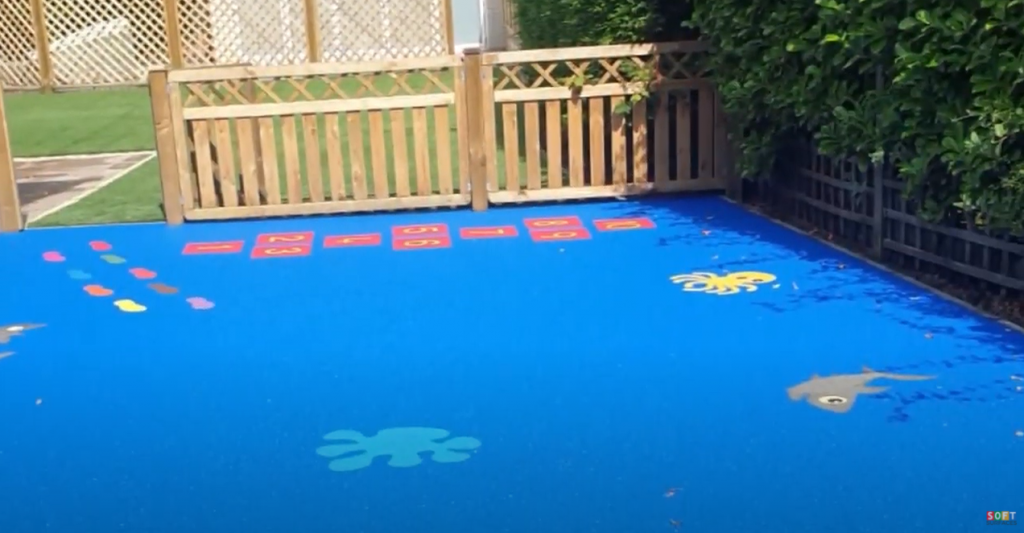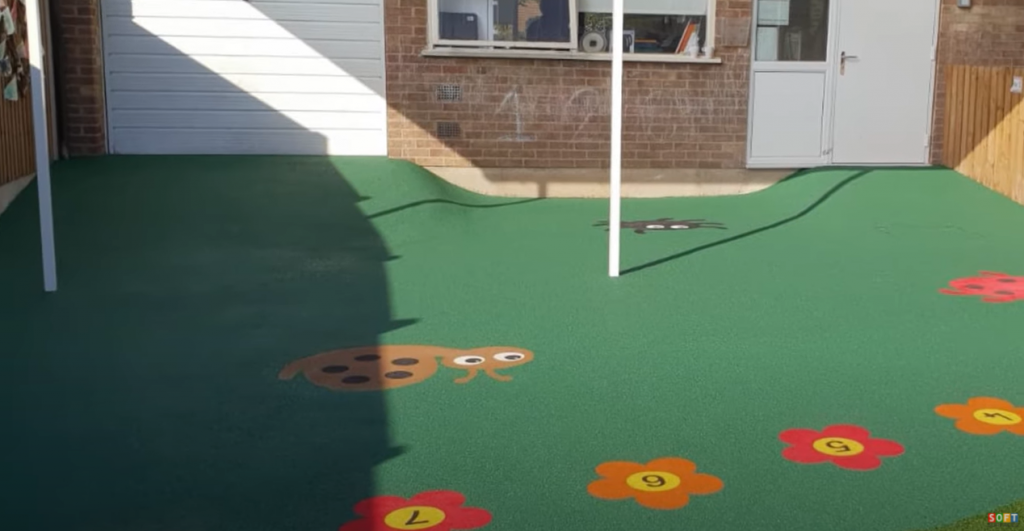Deep Cleaning Astroturf Sports Surfacing Maintenance is an annually ongoing maintenance schedule set up with schools, leisure centres, colleges and universities. The deep cleaning is carried out once a year or twice a year preferably which basically will help keep the sports pitch keep its playing performance and lifespan of the carpet. This deep cleaning of the infill will prolong the life expectancy of the pitch and the amount of time before a refurbishment, restoration, revitalisation or sports pitch rejuvenation is needed.
The maintenance visit includes sweeping the surfacing, removing any surface debris from the area prior to the deep cleaning process. The deep cleaning machine decompacts the silica sand infill to a depth of 5-7mm, lifts and opens the carpet fibres and as it sucks up the sand infill it cleans the silica sand trapping any moss, algae and algal squidge and redistributes the new cleaned sand which is normally Garside 2ew or Chelford 30. While on-site during this maintenance process we will test and check on seams and joints repairing any damaged lines but this may be at an extra cost if it is failing in several places.
The deep cleaning is carried out throughout the UK on full-sized hockey pitches to smaller multi-use games area ball court MUGAs. This process is carried out mainly to the sand-filled synthetic turf which is normally a 22-24mm artificial grass carpet ideal for sports like football, hockey, basketball, tennis and multi-use.
For further details on the deep cleaning maintenance please get in touch with us through our contact form and send us the details of your project including an area size and location for the works. Alternatively, you can visit our website here which will explain the process, product sheets, case studies and details of the different works we can carry out.
- 3 Reasons to Build Dual Use MUGA Ball Court
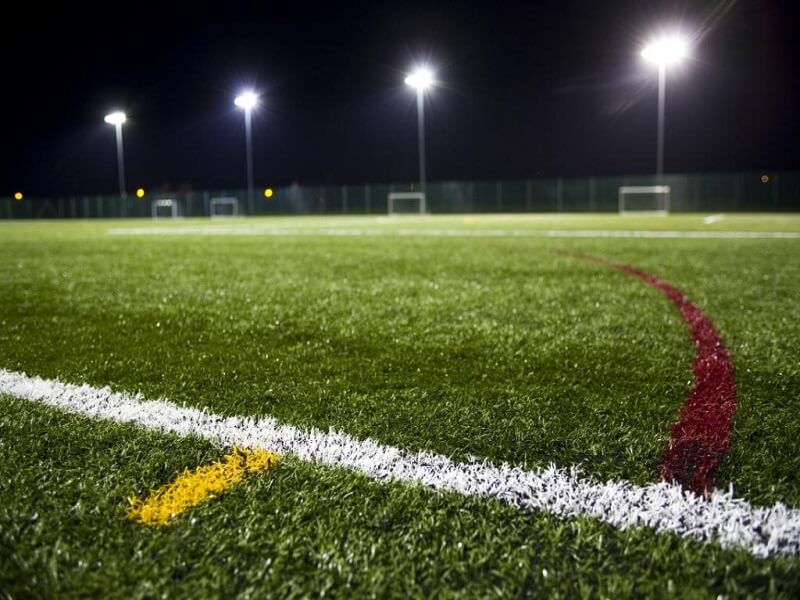
- 3g 5-a-Side Football Pitch Installation in Hampshire
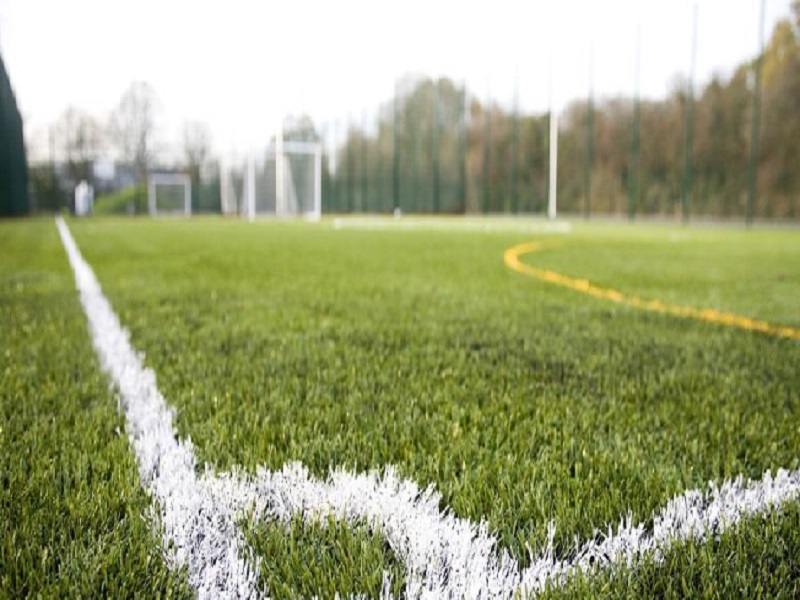
- 3G Artificial Grass Construction in Liverpool
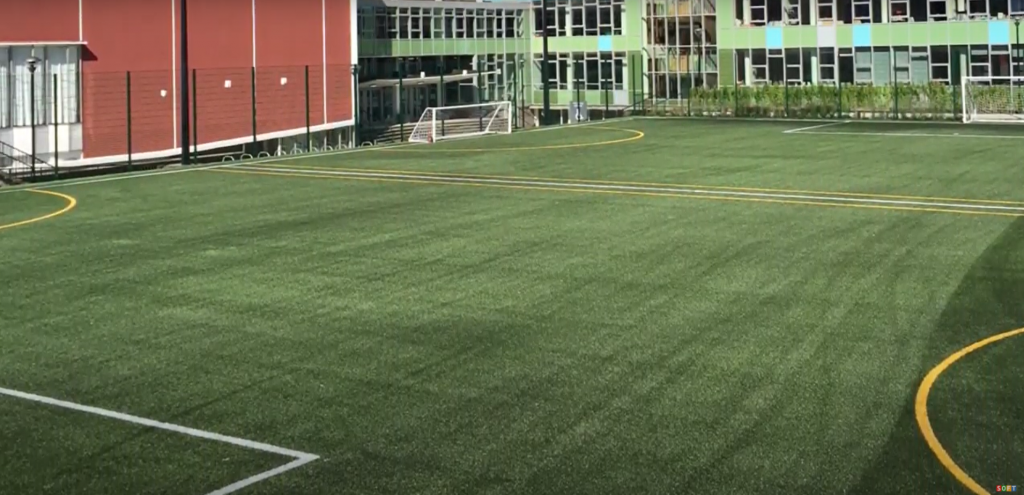
- 3g Artificial Pitch Surfacing in Whitehall, London
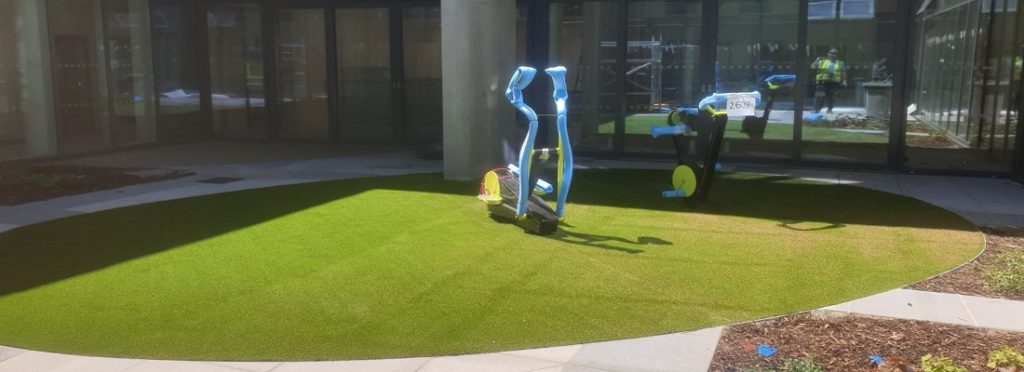
- 3g Artificial Sports Pitch Construction in Woking, Surrey
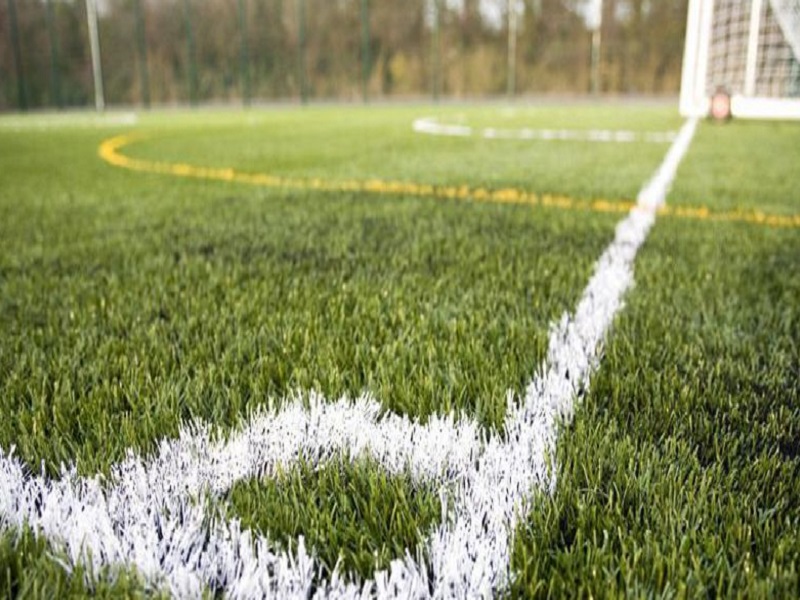
- 3g Artificial Sports Pitch Resurfacing Contractors
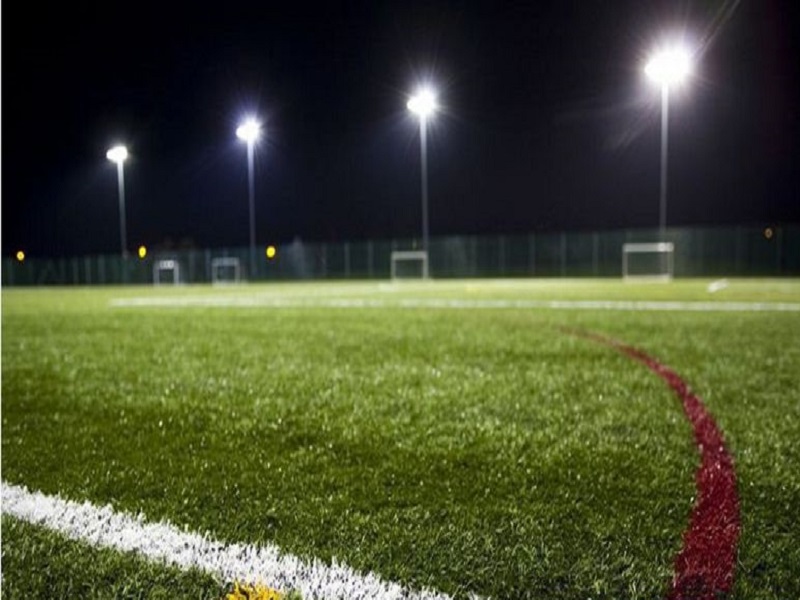
- 3G Artificial Sports Pitch Resurfacing in Woking, Surrey
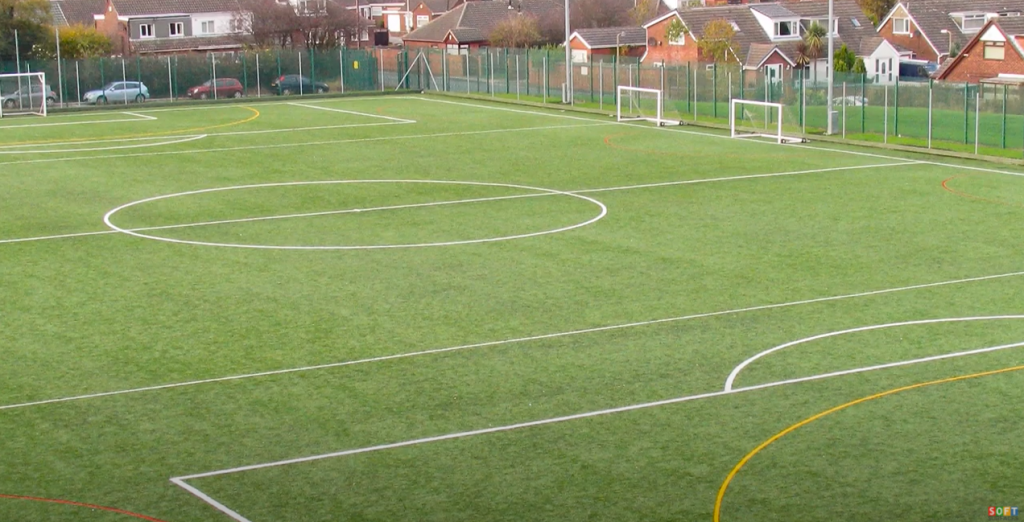
- 3g Football Pitch Resurfacing in Cheltenham Gloucestershire
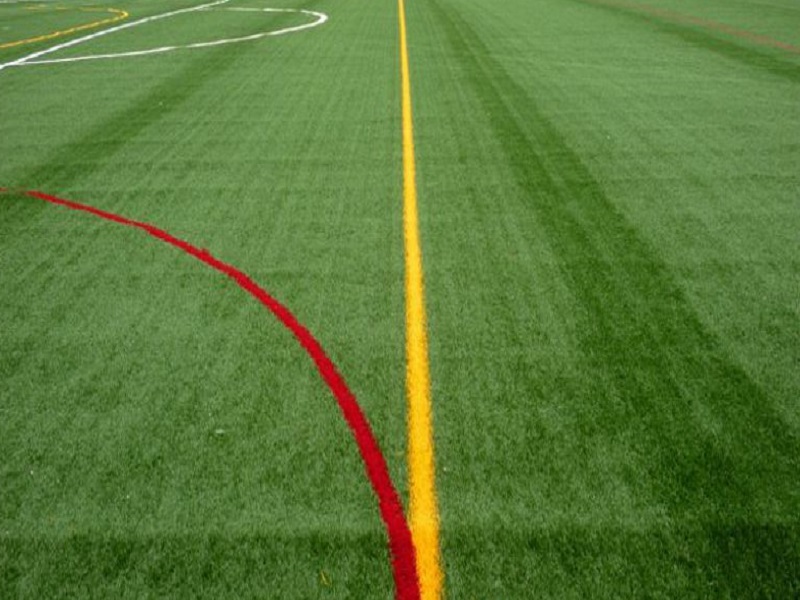
- 3g Football Pitch Resurfacing in Hackney, London
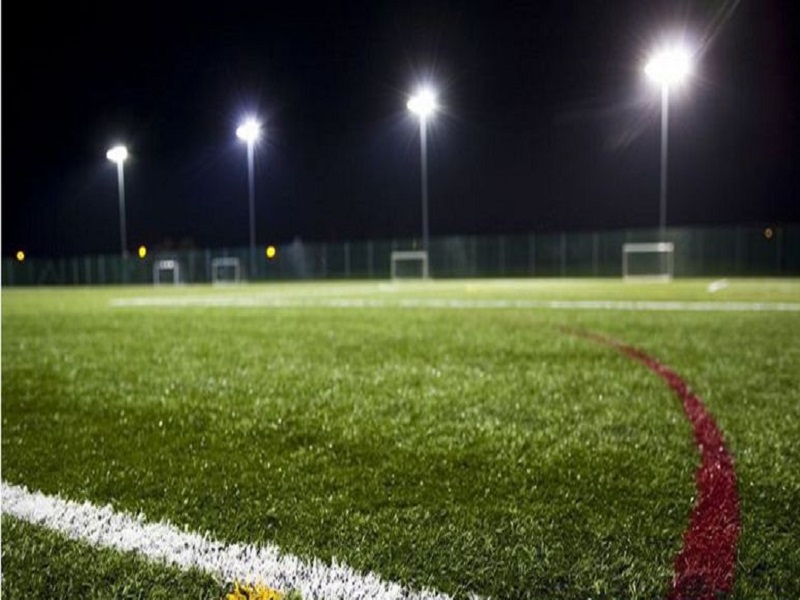
- 3g Grass Installation in Bournemouth, Dorset
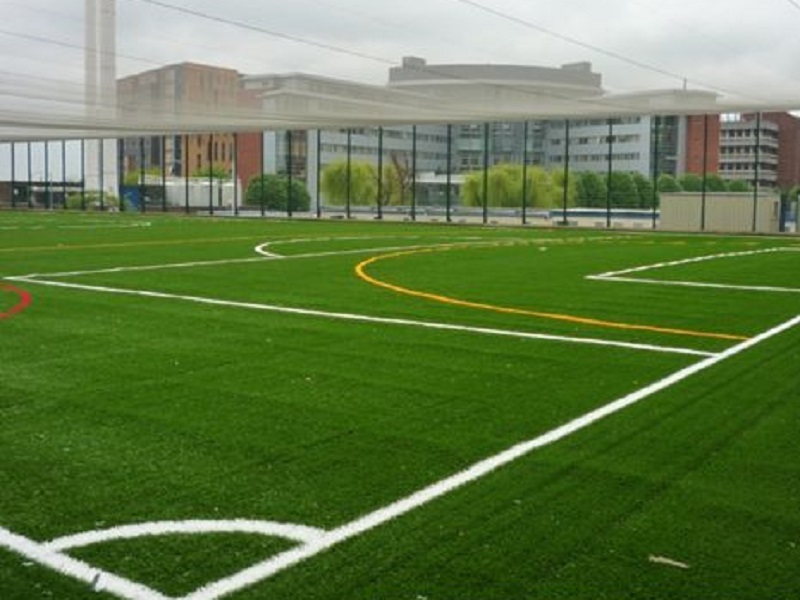
- 3g Grass Pitch Installation in Bradford, Yorkshire

- 3g Pitch Construction in Birmingham, West Midlands

- 3G Sports Pitch Construction
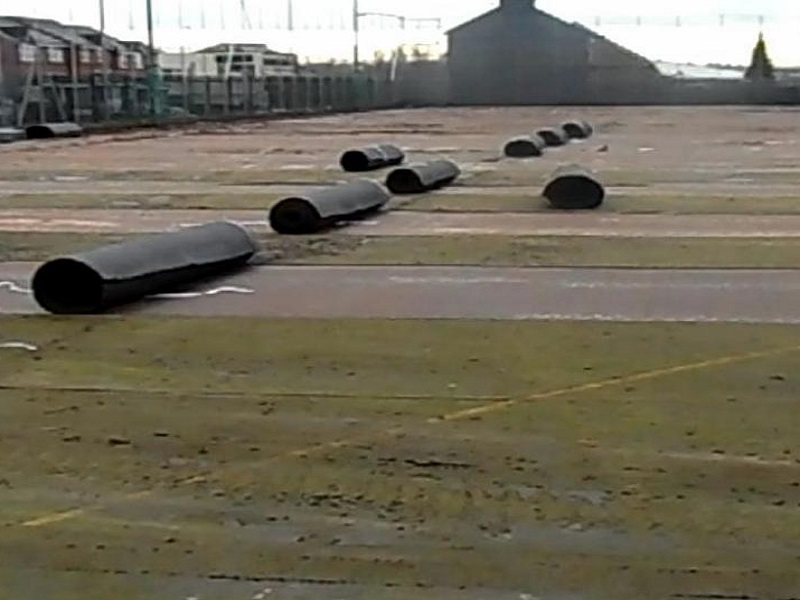
- 3g, 4g, 5g, 6g Artificial Synthetic Grass Pitches Explanation
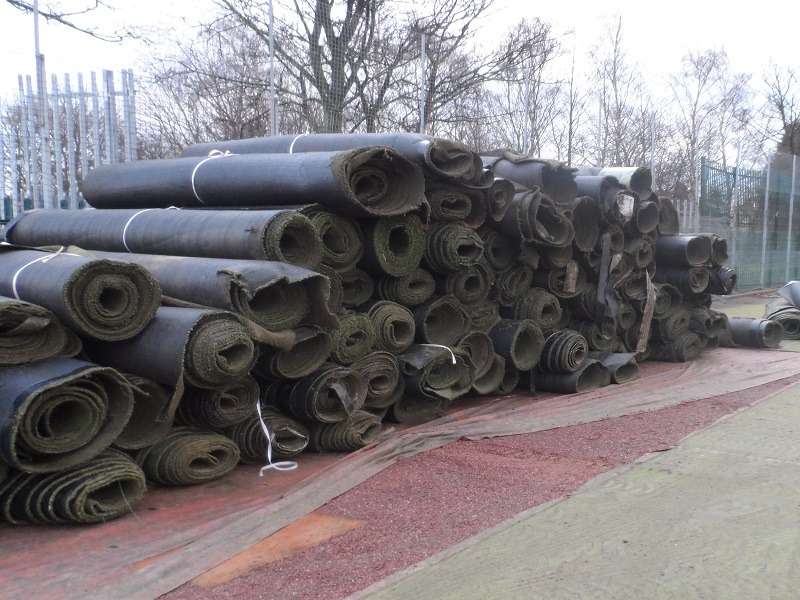
- 5 Reasons Why Your Artificial Grass May Have Melted
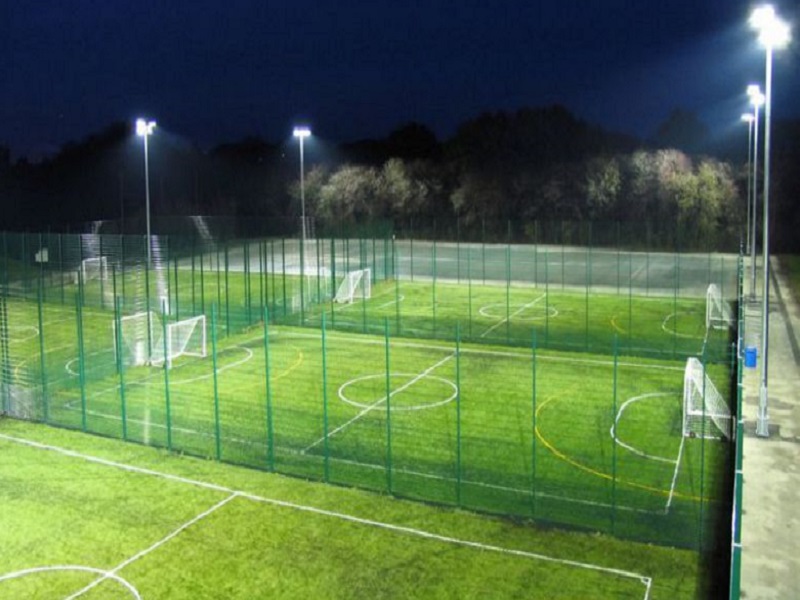
- 5-a-Side Football Pitch 3g Artificial Grass Surfacing in Liverpool

- 5-a-Side Football Pitch Construction With 3g Artificial Turf

- 60mm Thick Long Pile Synthetic Turf All Weather Sports Pitches
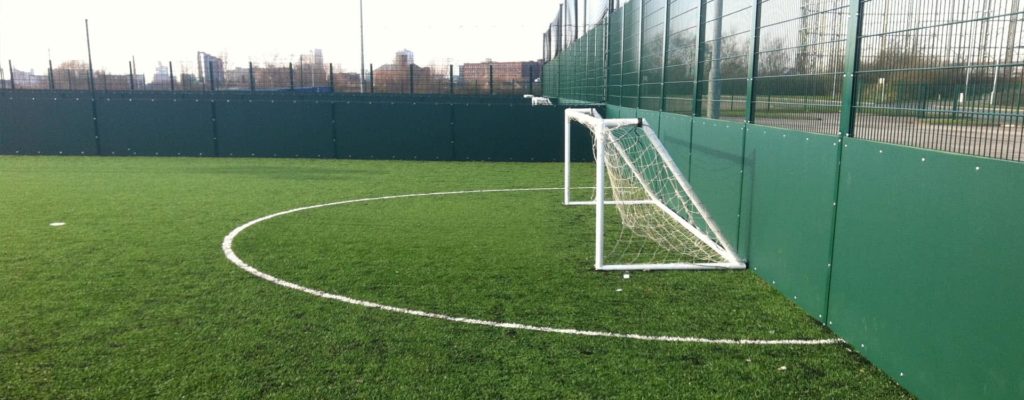
- Acrylic Sports Court Spraying Anti Slip Paint Surface
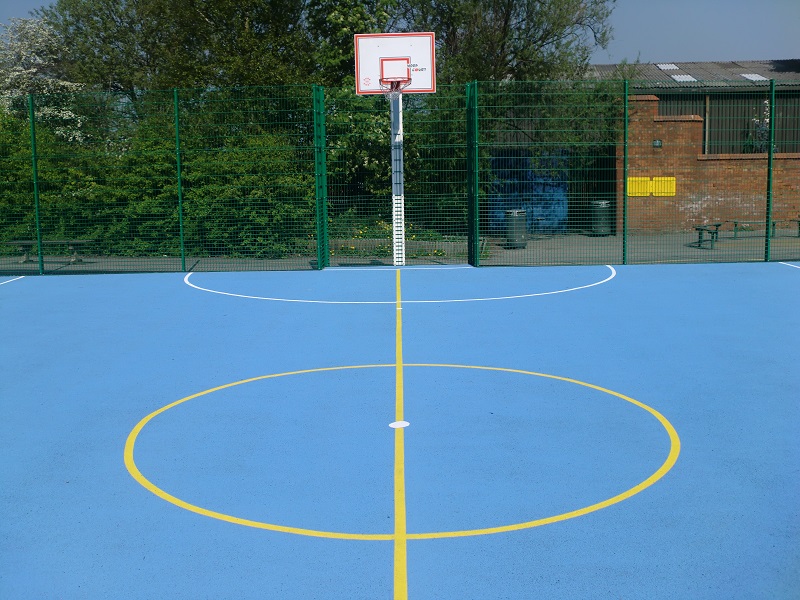
- Adidas Polymeric Installation in Keir Hardie, London
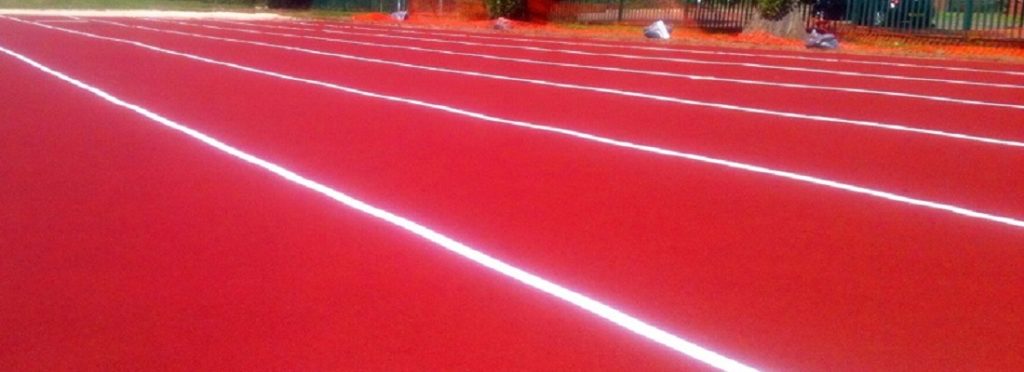
- All Purpose Sports Pitch Builders
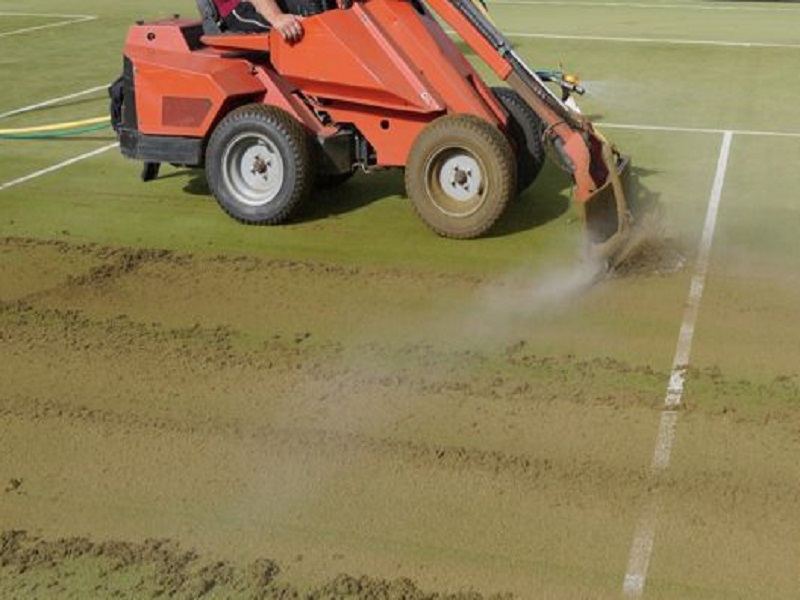
- All Weather Pitch Sports Surfaces
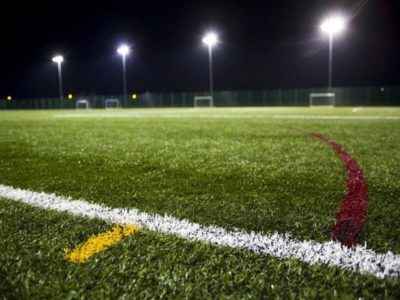
- Anti Slip Sports Court Painting in Preston, Lancashire
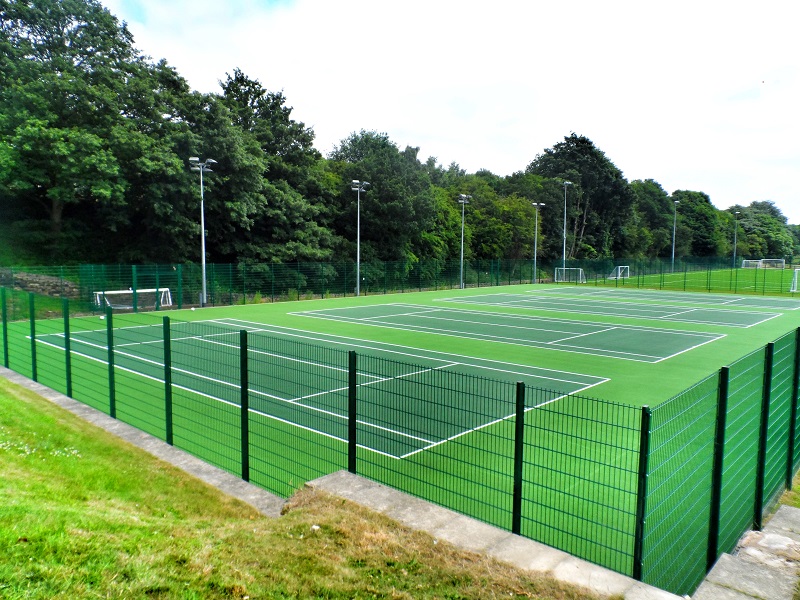
- Artificial Cricket Wicket Surfacing
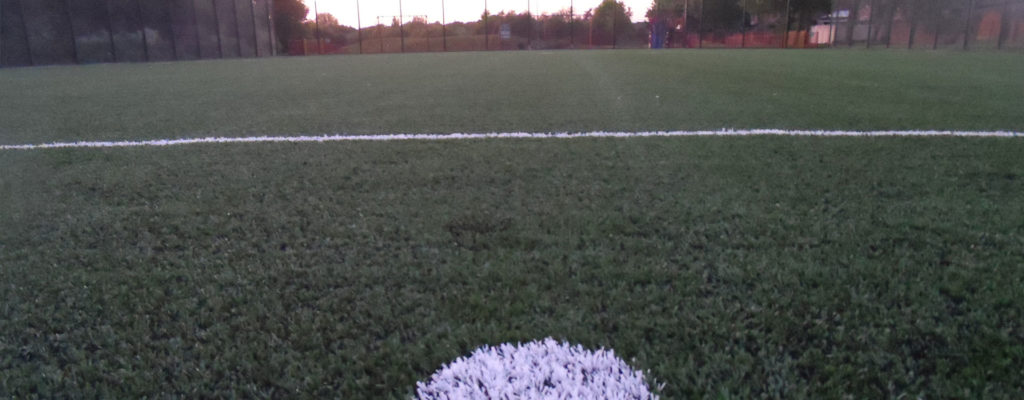
- Benefits of 3g Sports Pitches
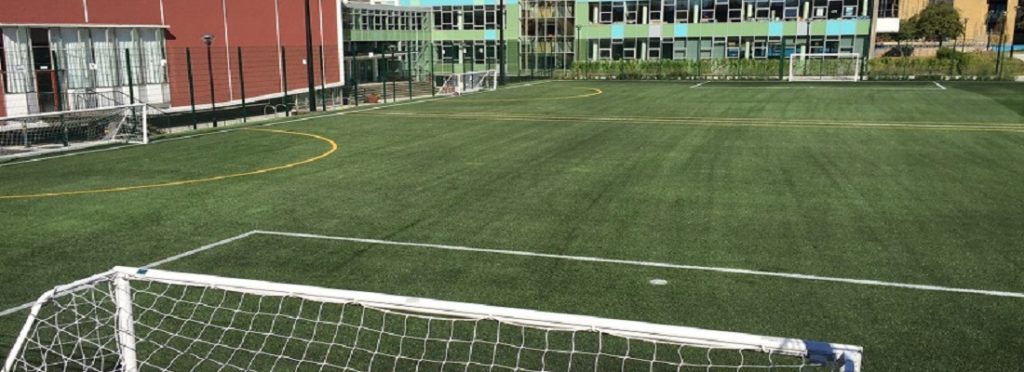
- Benefits of Artificial Clay Tennis Court Surfacing
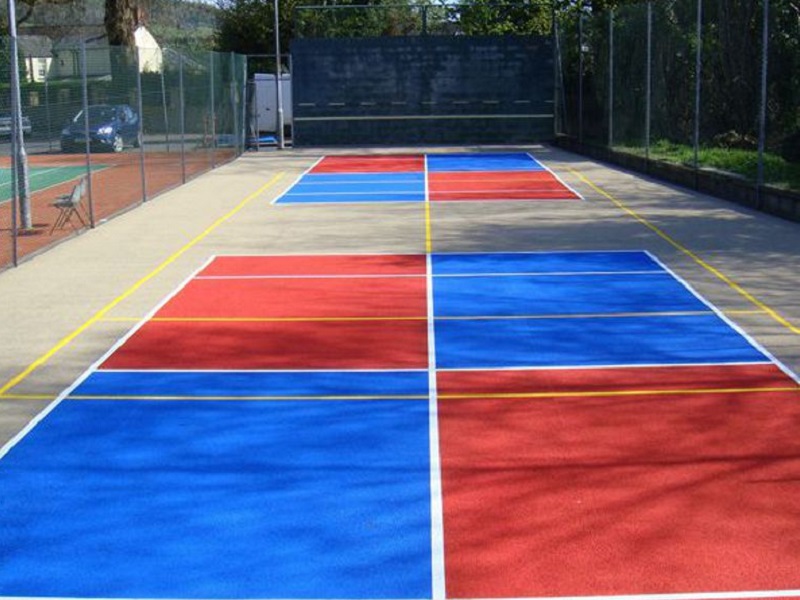
- Billions of Rubber Balls in Fake Grass – 3g, 4g, 5g, 6g Pitches?
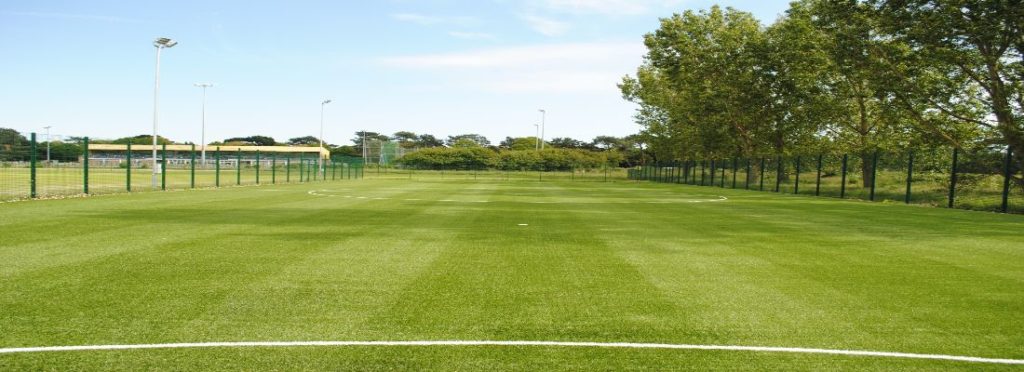
- Cleaning and Painting of a Tennis Surface in Manchester
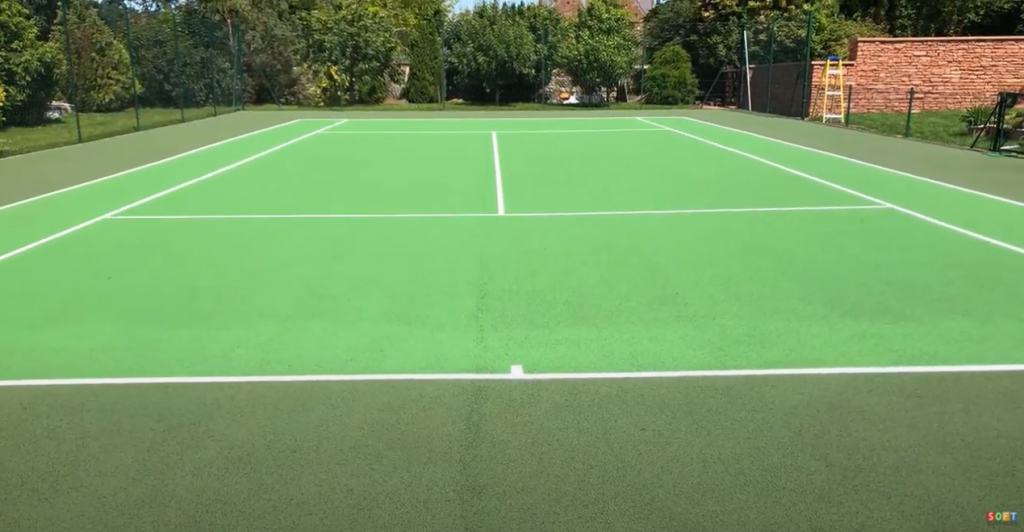
- Costs to Build a Synthetic Clay Tennis Court
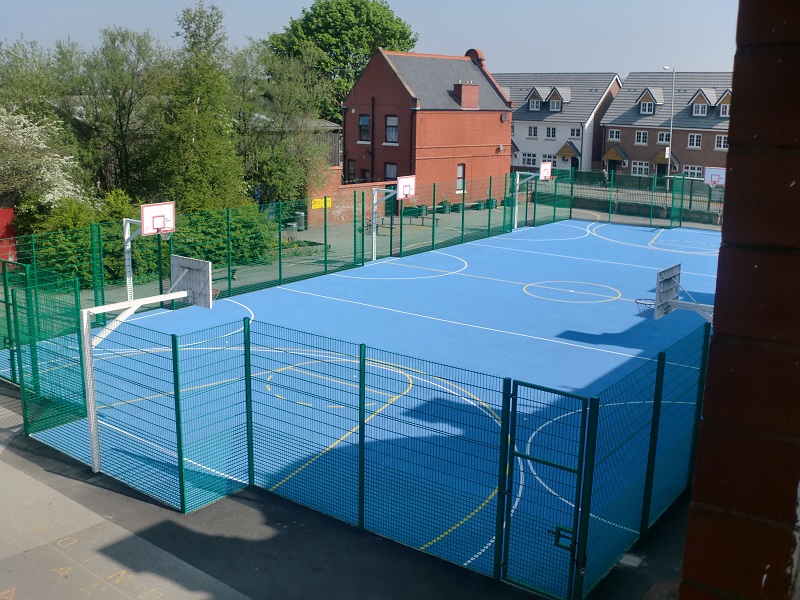
- Deep Cleaning Astroturf Sports Surfacing Maintenance
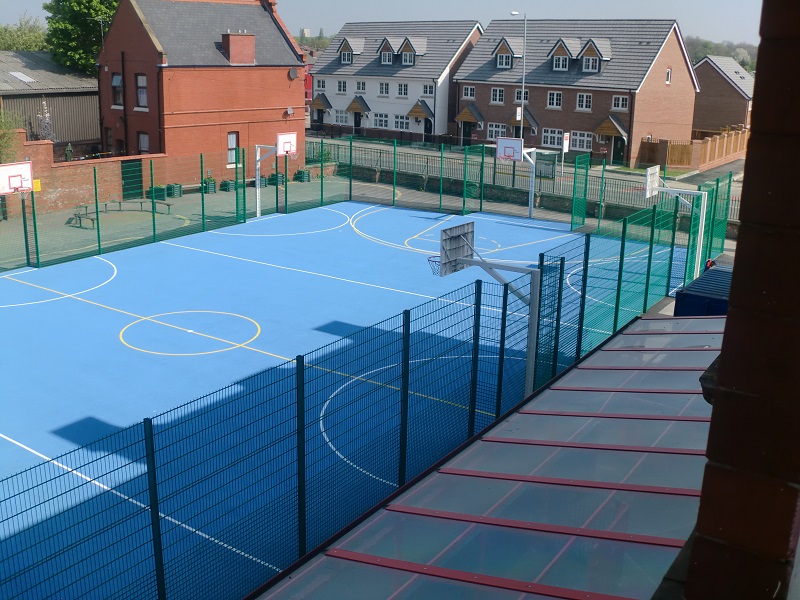
- Fibre Bonded Needlepunch Sport Surfacing
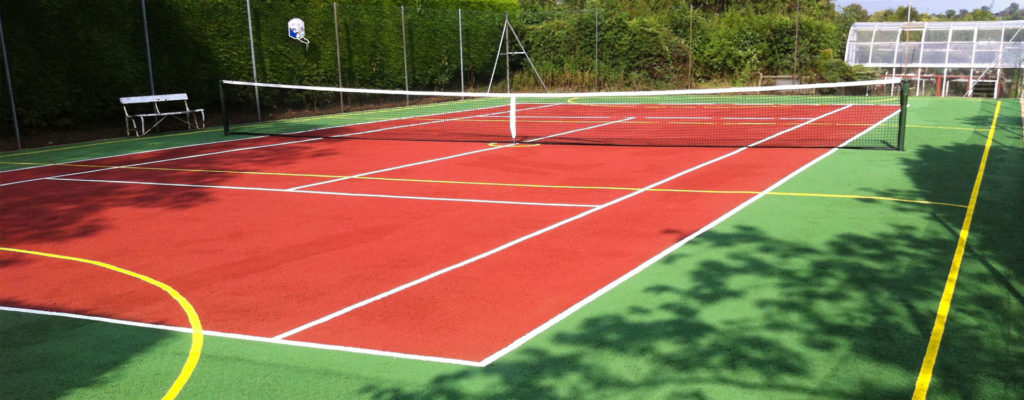
- Flooded Hockey Pitch Sand Infill Cleaning
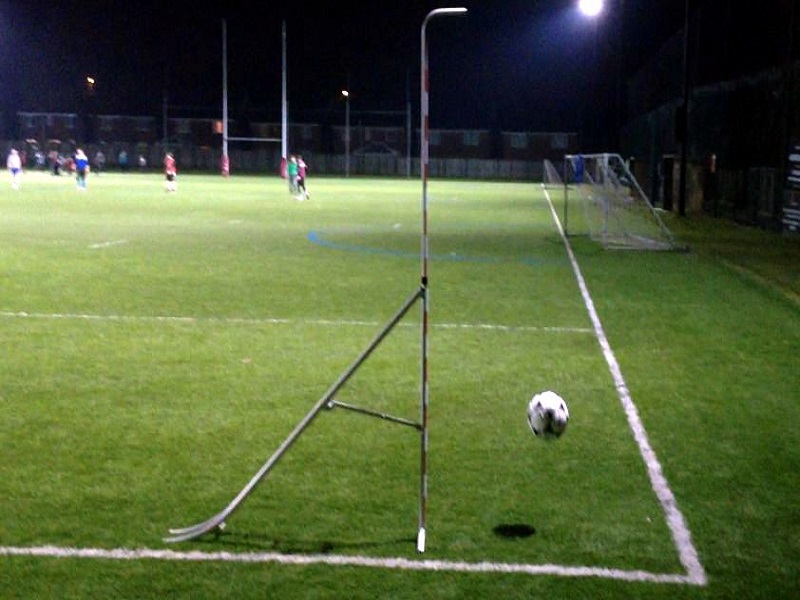
- Floodlight All Weather Sports Pitch
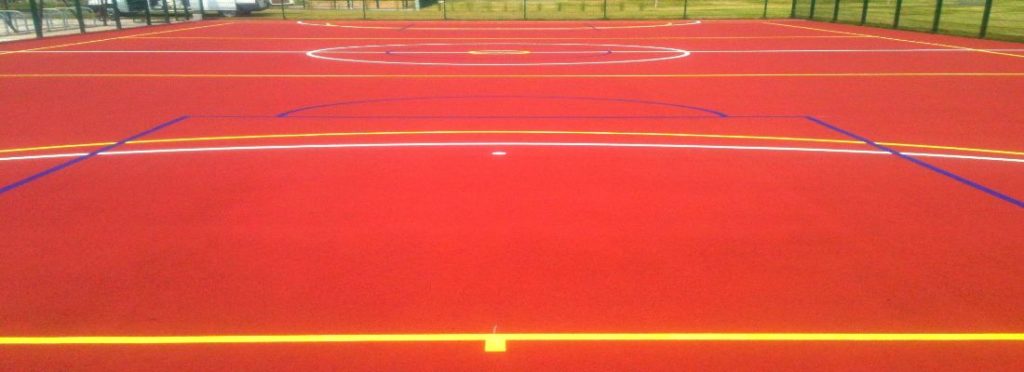
- Golf Pathways
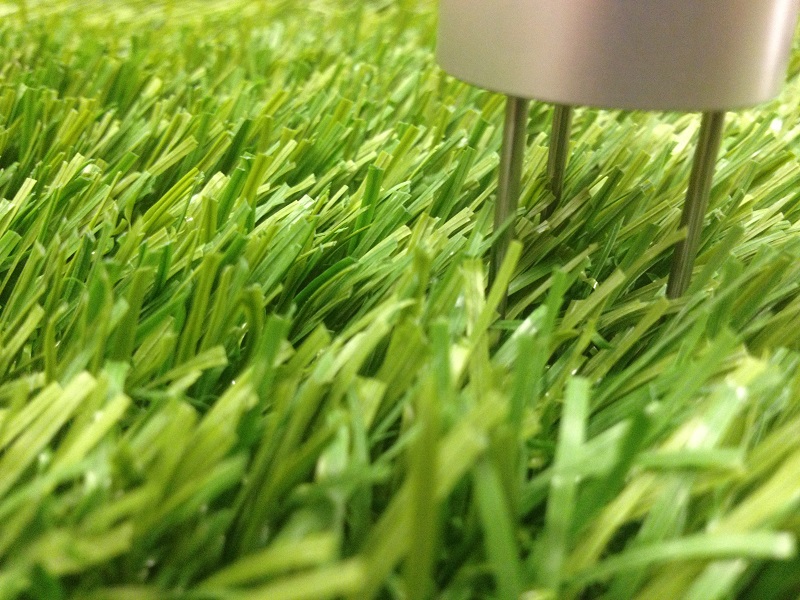
- How to Maintain a 3g Pitch in Winter

- Lano Sports Drive 23 Sand Filled Synthetic Turf

- Leeds Tennis Court Cleaning and Repainting Surfacing
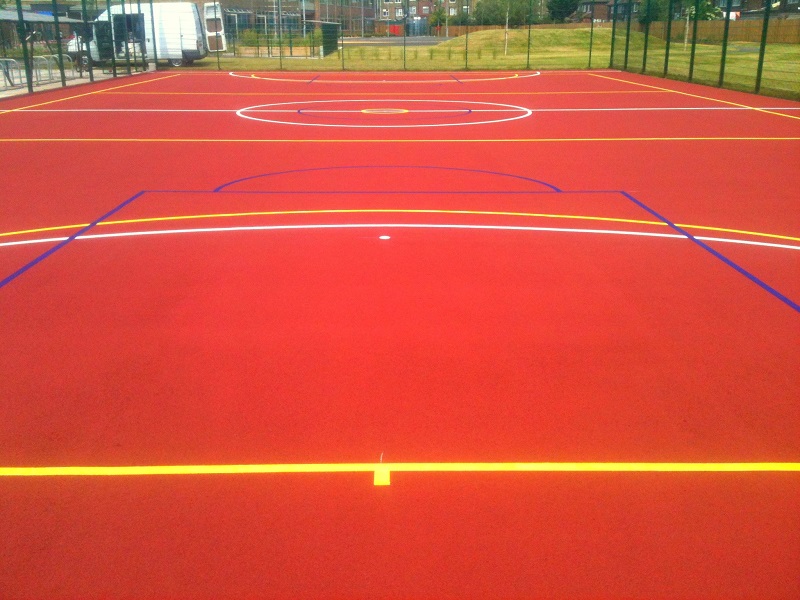
- MUGA Sports Court Cleaning and Painting at a school in Oxfordshire
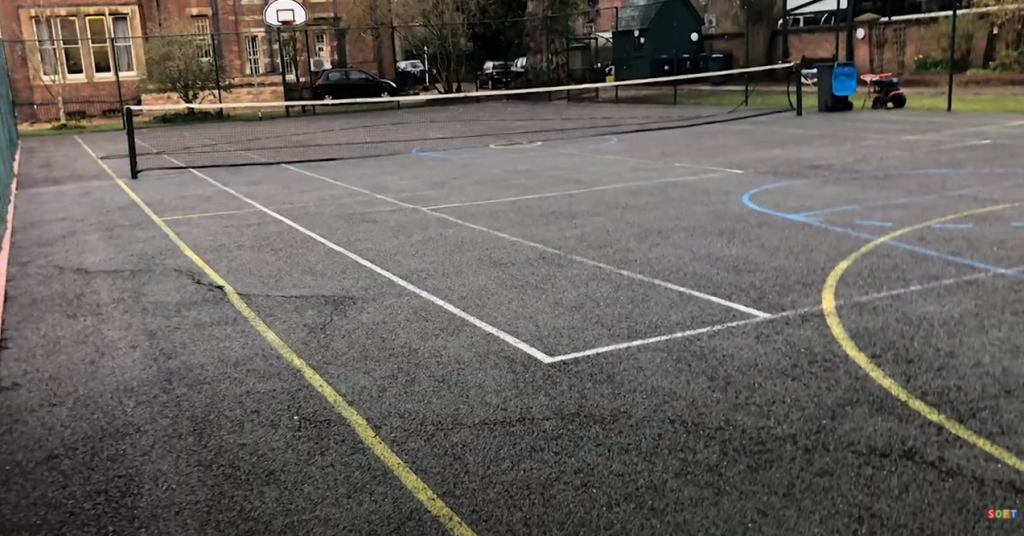
- Multi Lane Polymeric Long Jump Construction in St Albans
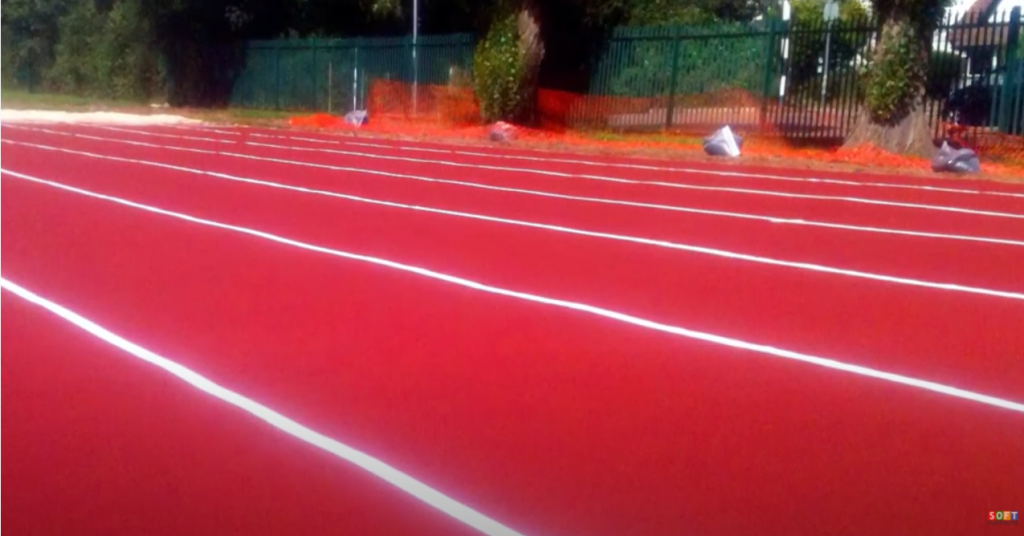
- Multisport Long Jump Construction in Buckinghamshire
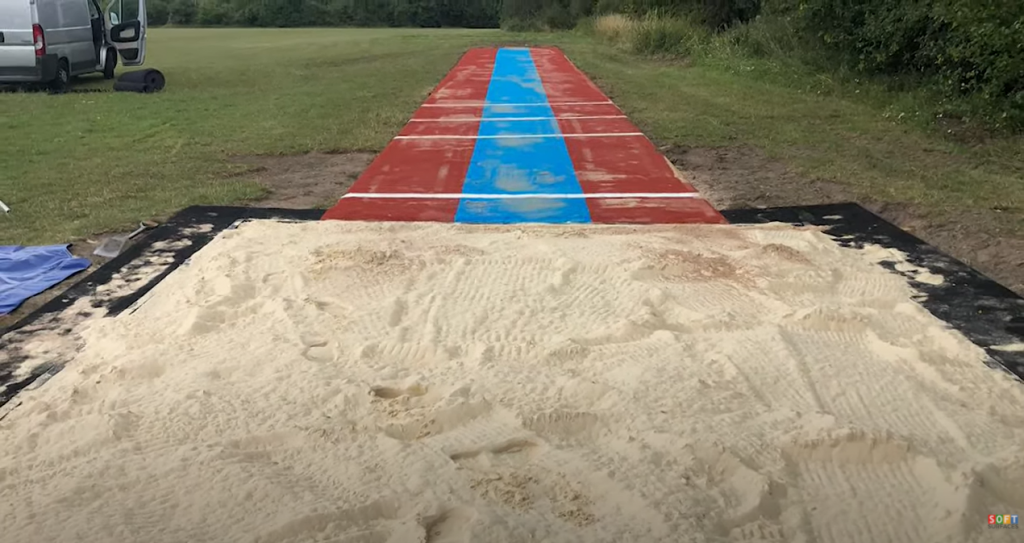
- MultiSport Long Jump Installation at a School in Essex
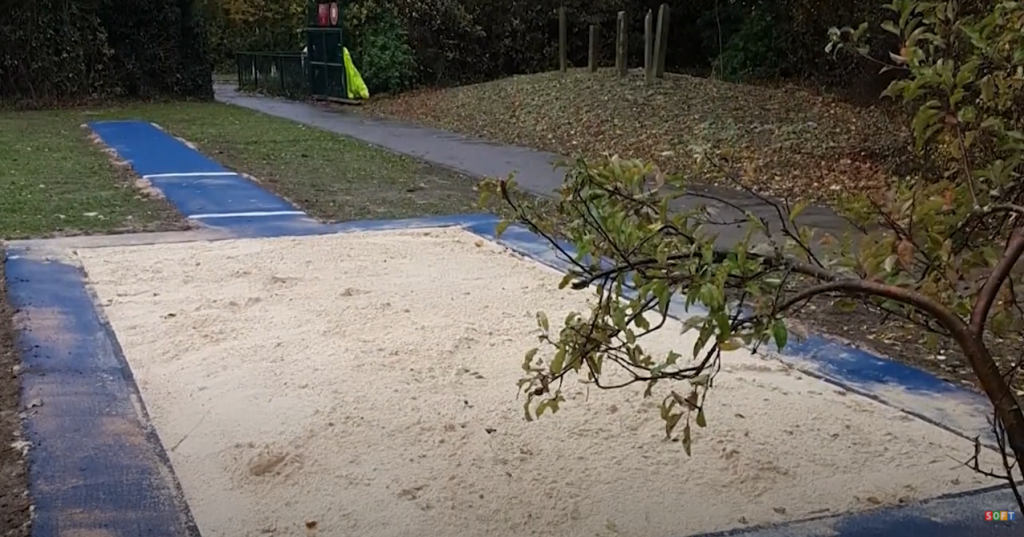
- MultiSport Long Jump Pit Installation in Coventry
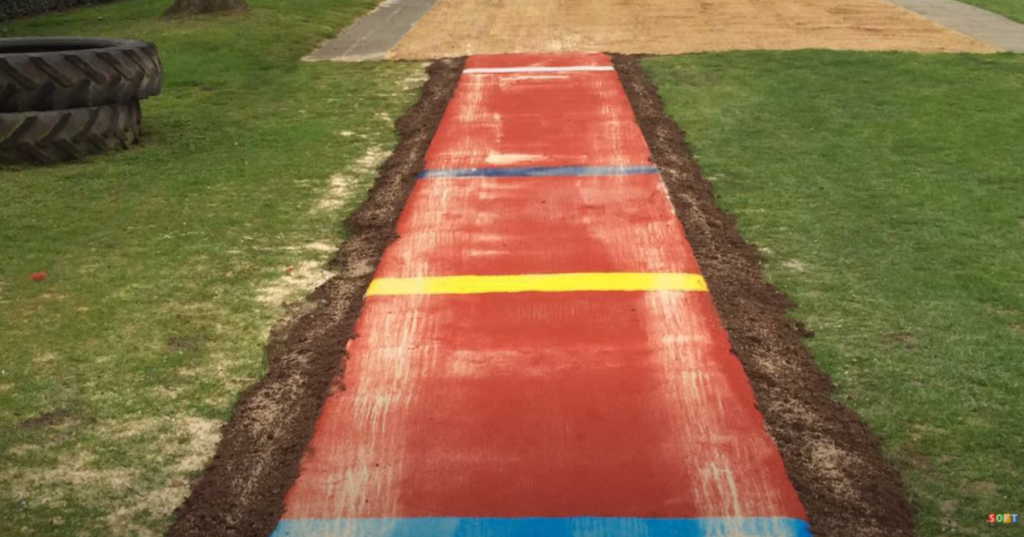
- MultiSport Long Jump Pit Installation in Preston
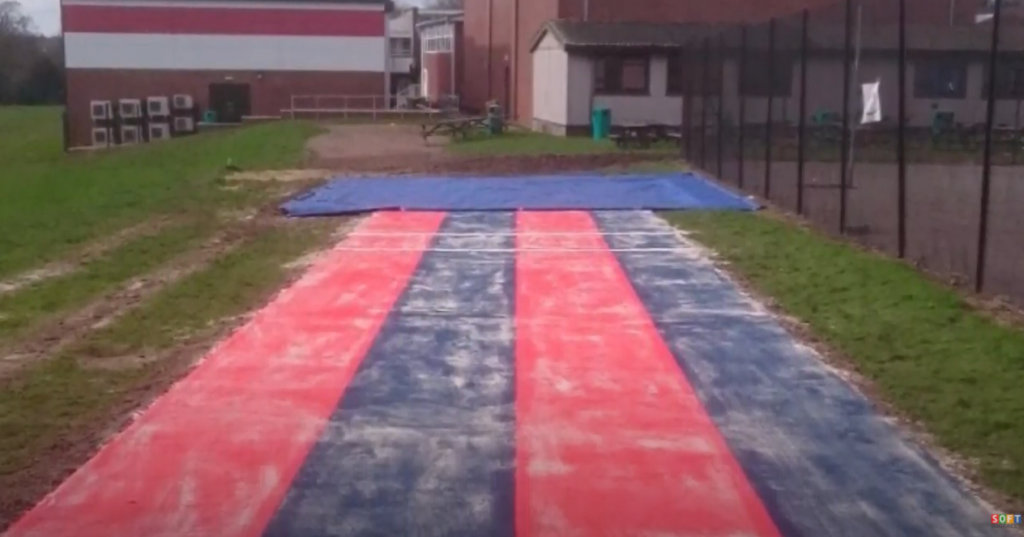
- Multisport Long Jump with practice Lane Install in Leicester
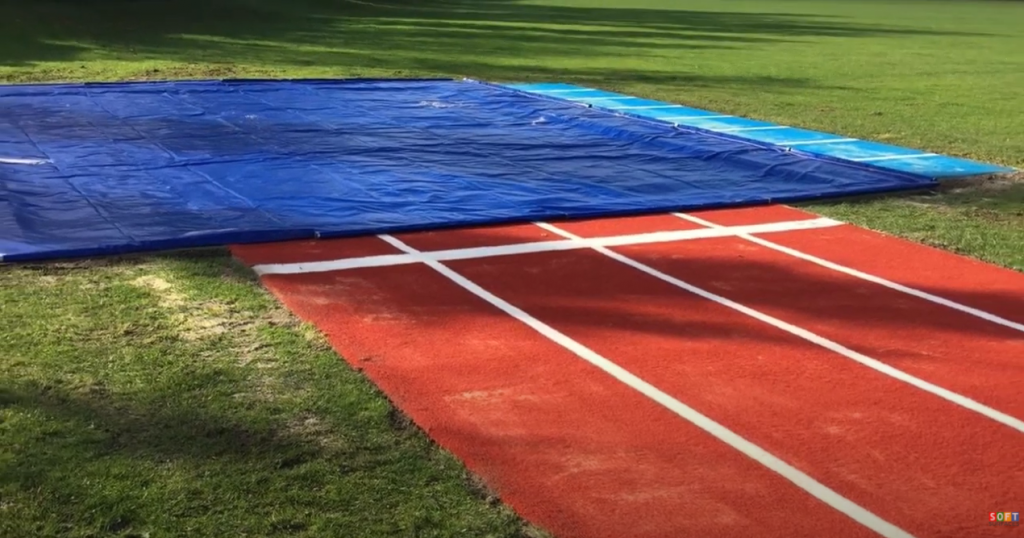
- Multisport Runway Installation in Newcastle Upon Tyne, Tyne and Wear
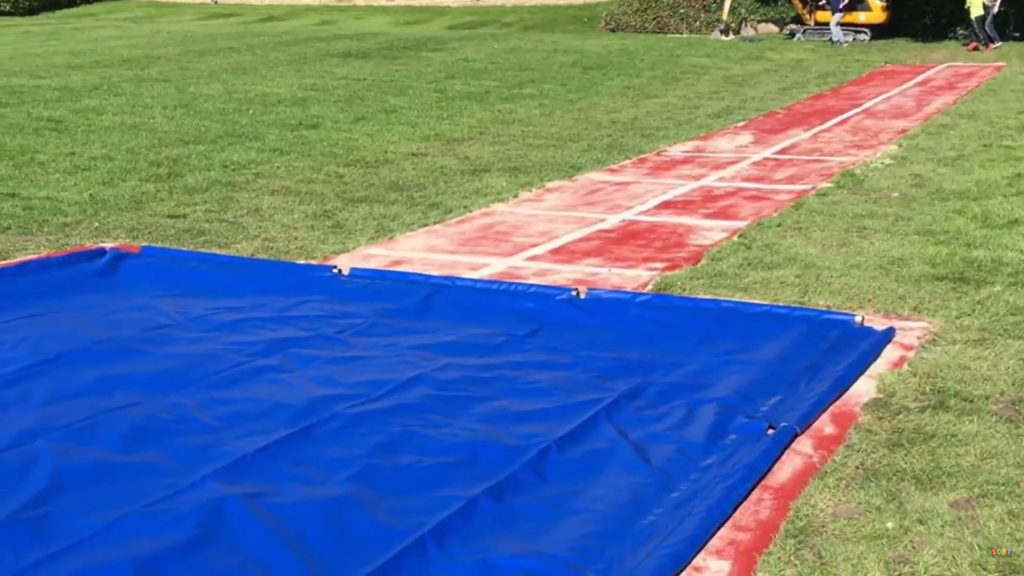
- Multisport Synthetic Long Jump Installation in Oxford
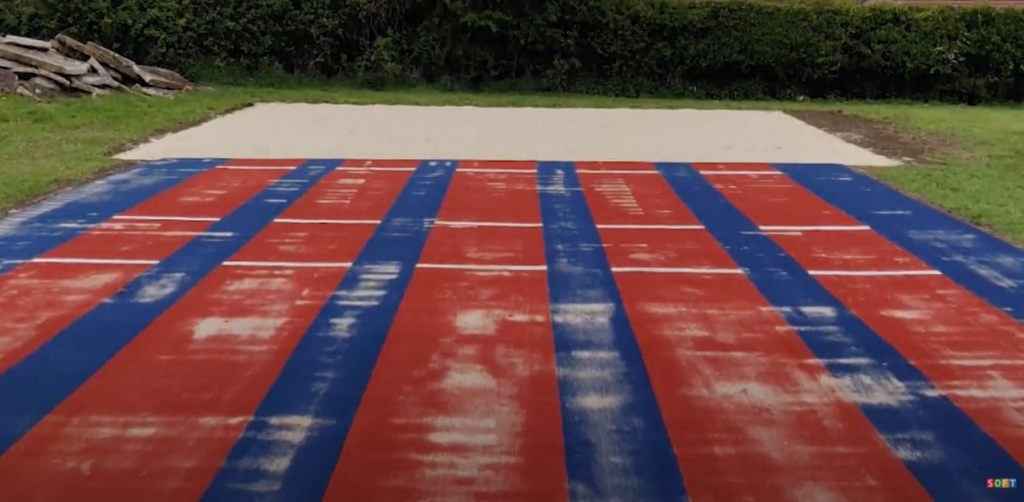
- MultiSport Synthetic Surface Install in Oxford
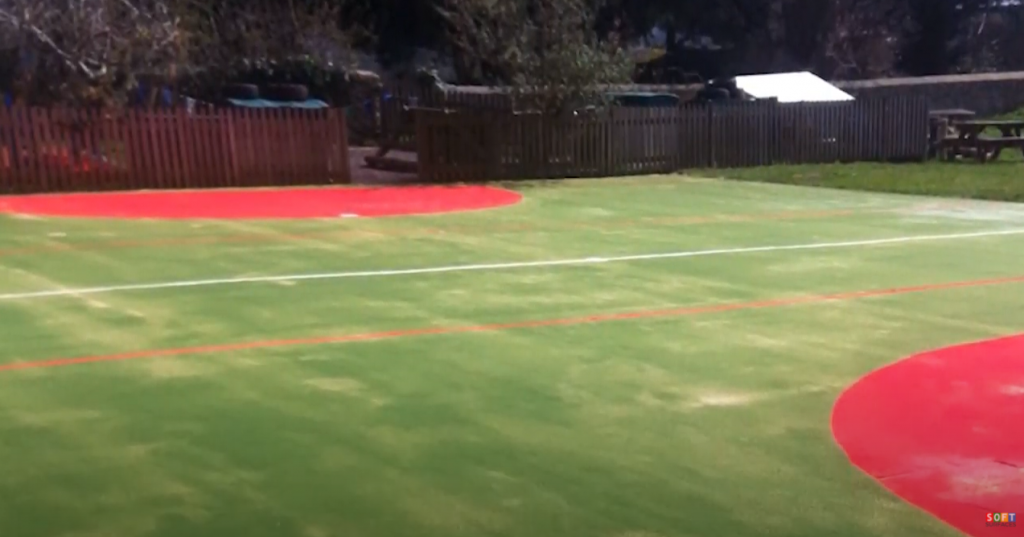
- Netball Court Construction in Stockport

- Outdoor Basketball Court Sports Surfaces
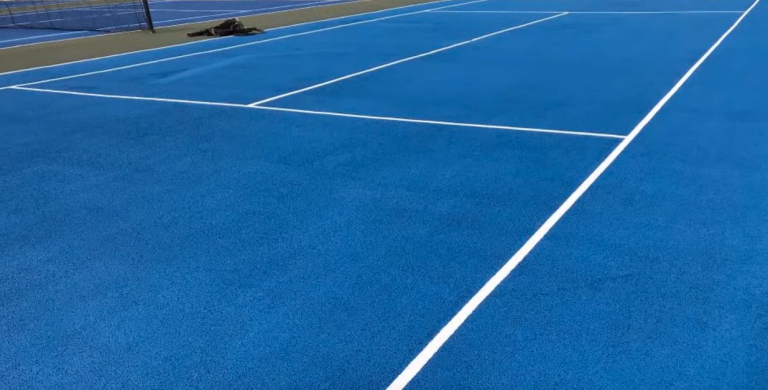
- Outdoor Football Court Sports Surfaces
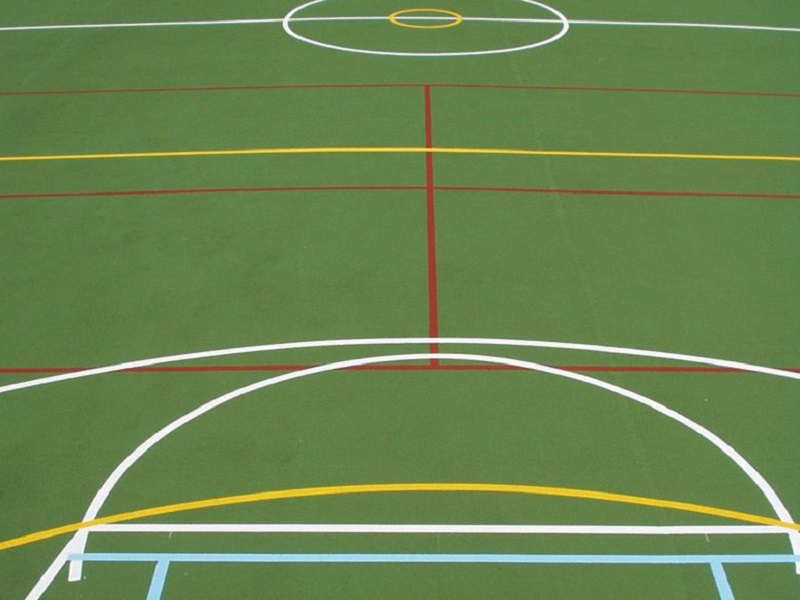
- Outdoor Sports Surface Clean & Paint in Glasgow
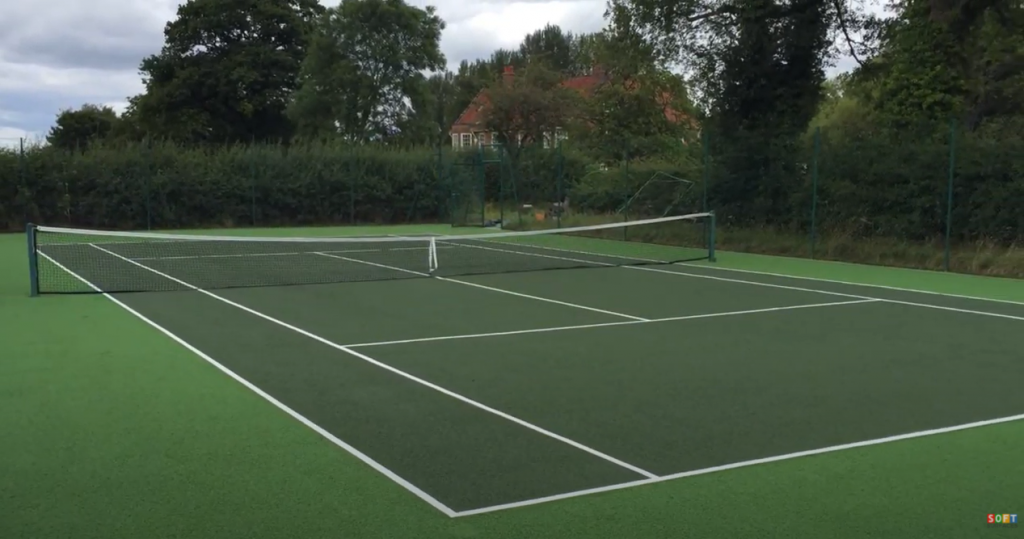
- Outdoor Sports Surfacing Slip Tester Insitu Testing
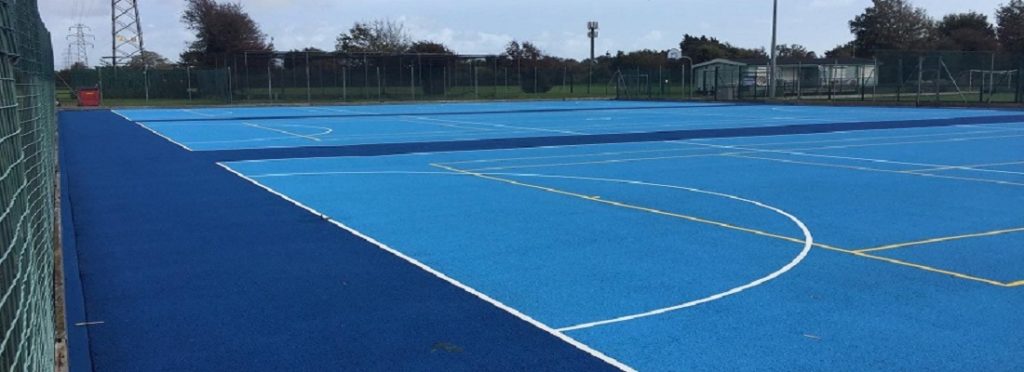
- Padel Tennis Court Construction Contractors
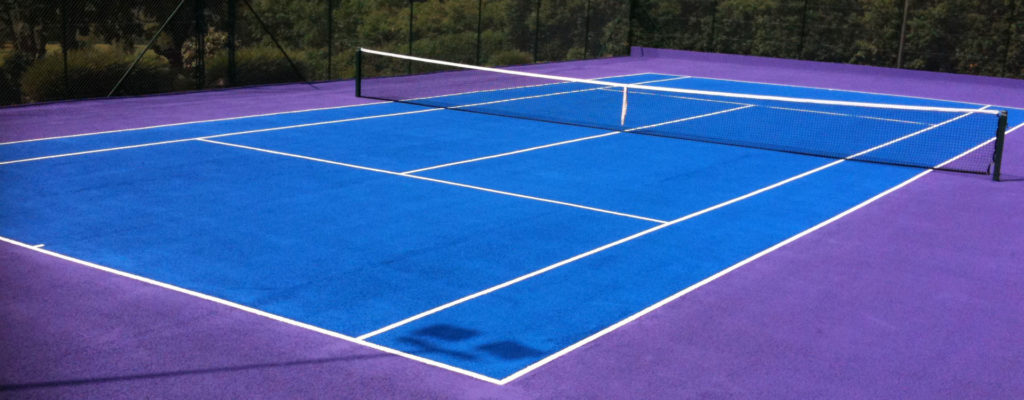
- Padel Tennis Court Surfacing Installers
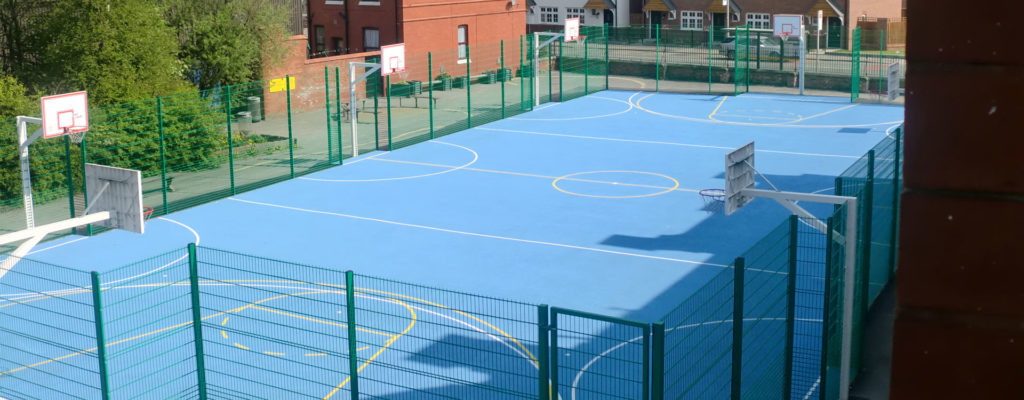
- Polymeric Resurfacing in Woking, Surrey

- Polymeric Surface Basketball Court Installation in Cheadle, Cheshire
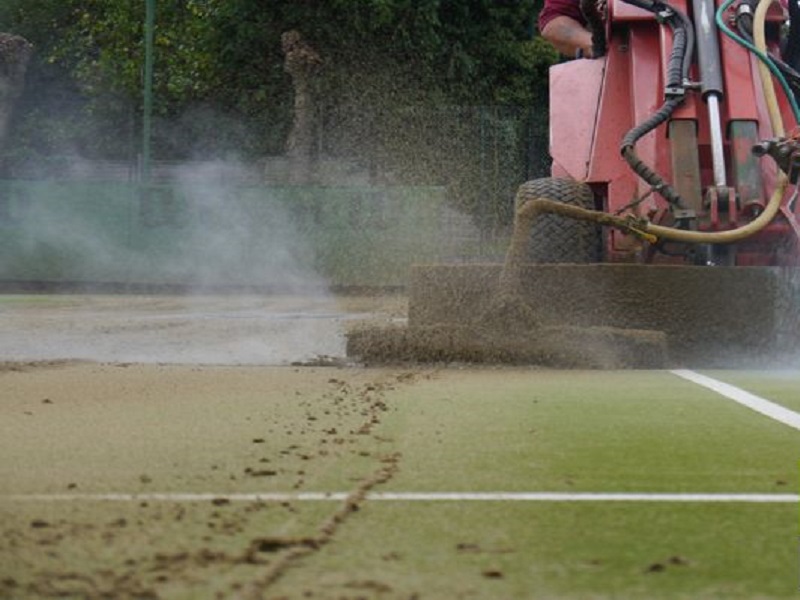
- Practice Cage Cricket Wicket Surfaces
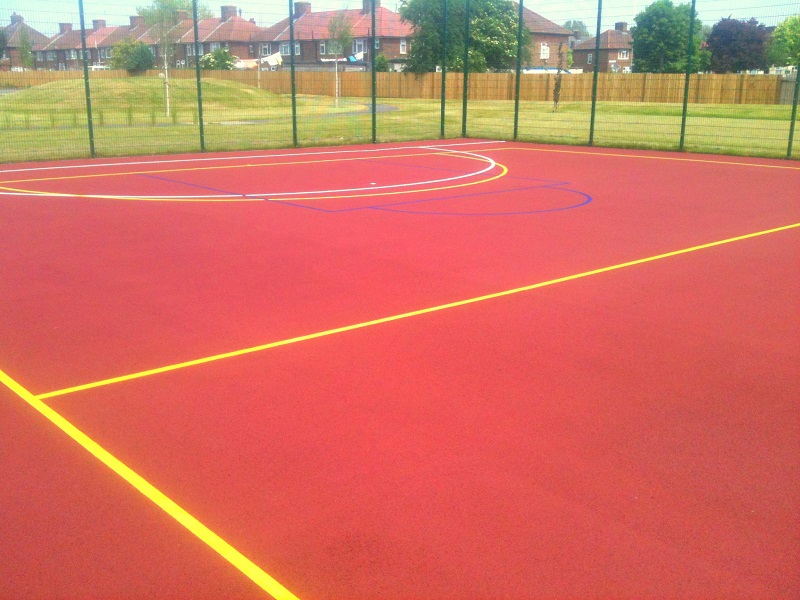
- Professional Tennis Court Painting
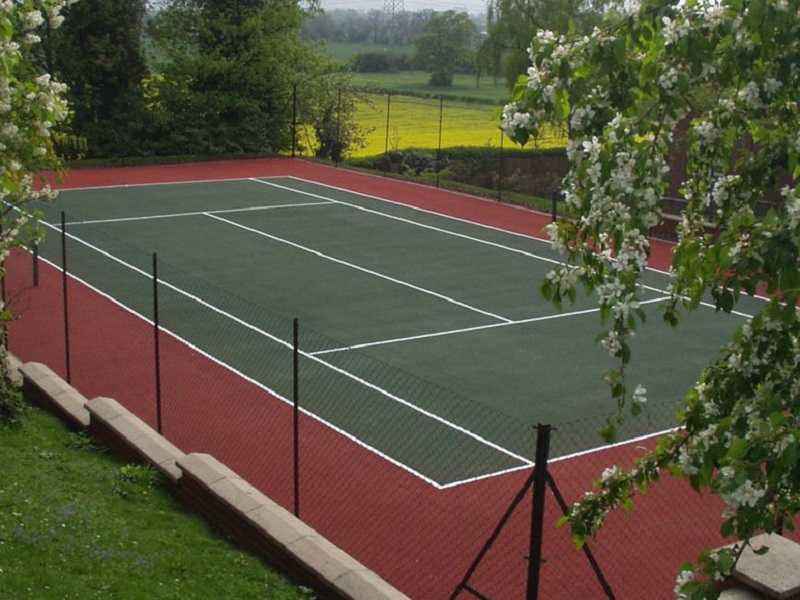
- Reasons Why All Weather Pitch Surfacing Gets Waterlogged and Flooded

- Refurbishment of Run Down Netball Courts
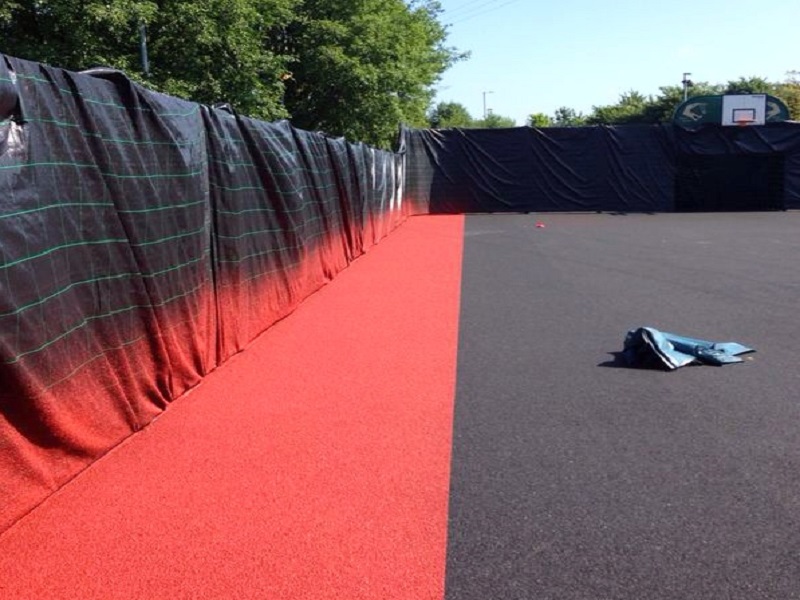
- Repairing Synthetic Turf Sports Pitches
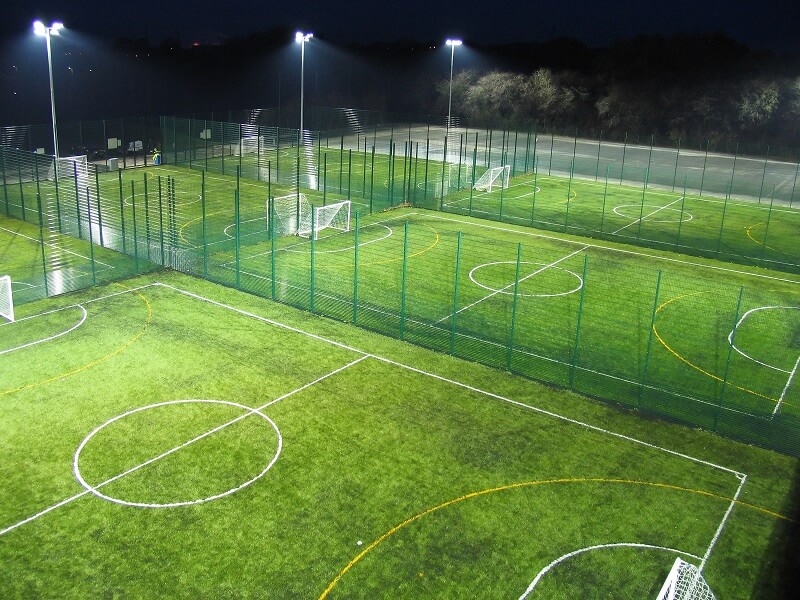
- Residential Tennis Court Clean & Paint in Coventry
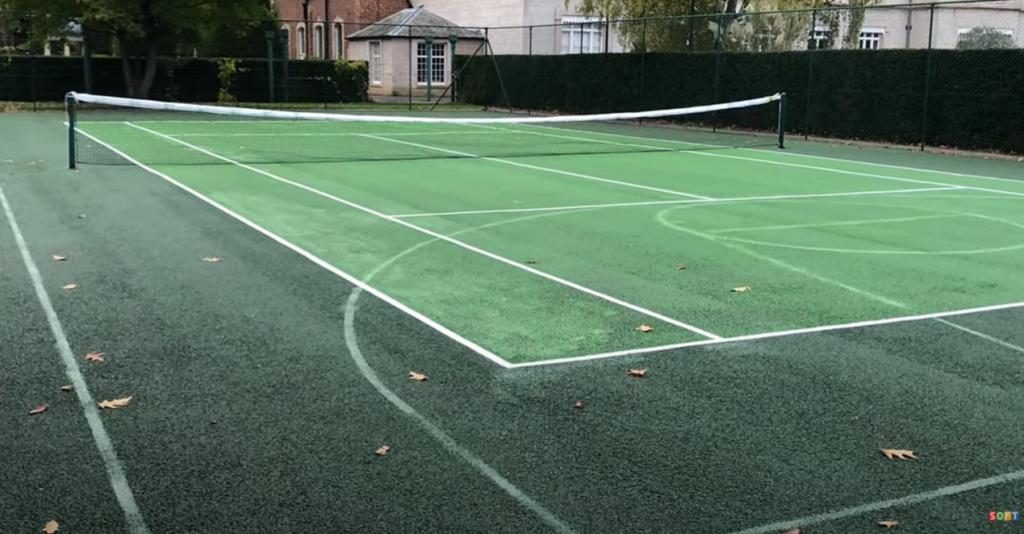
- Rubber Golf Pathway Installation in Prestbury
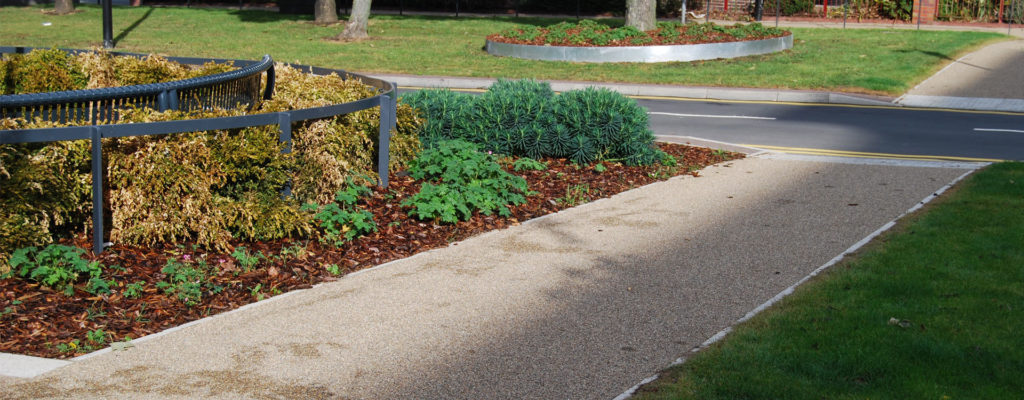
- Rubber Mulch Daily Mile Track at a School in Manchester
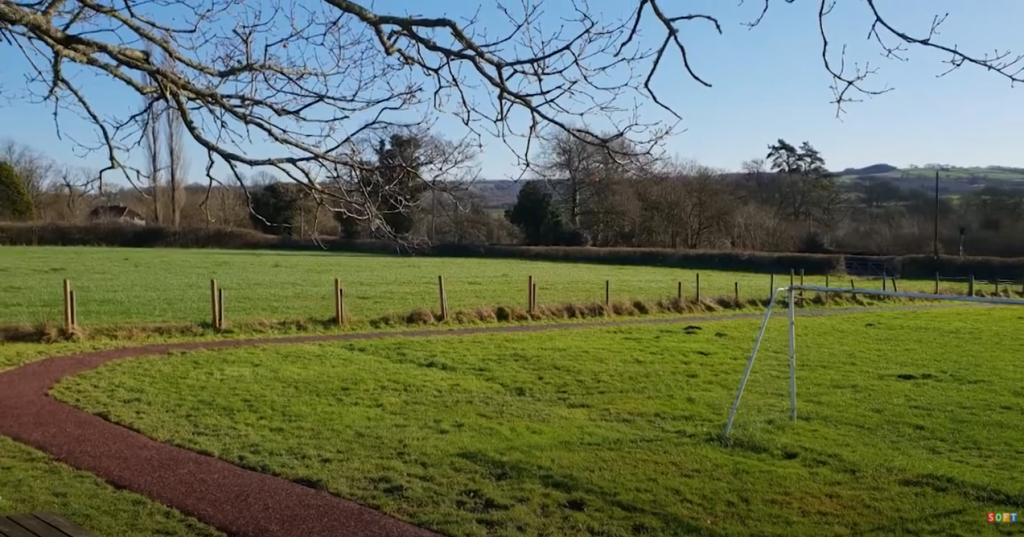
- Rubber Playground and Artificial Grass Surfacing in Middlesbrough
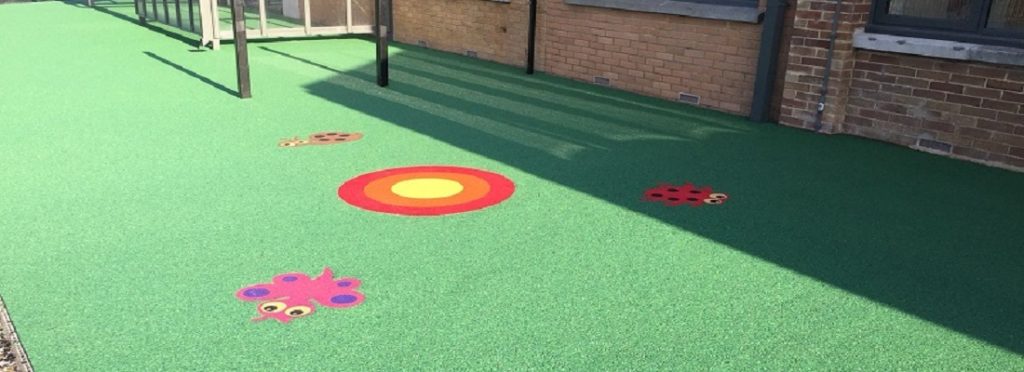
- Sand Filled Synthetic Turf Pitch Costs
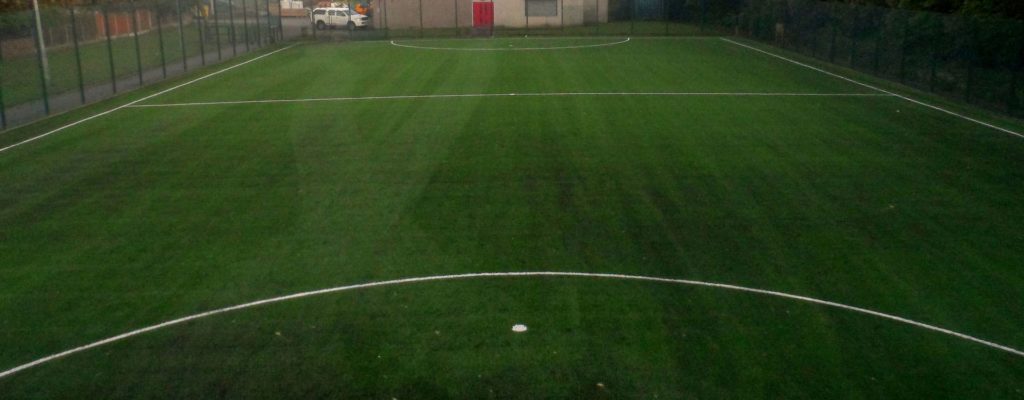
- School All Weather MUGA Pitches

- Should You Clean or Resurface Your Tennis Court?
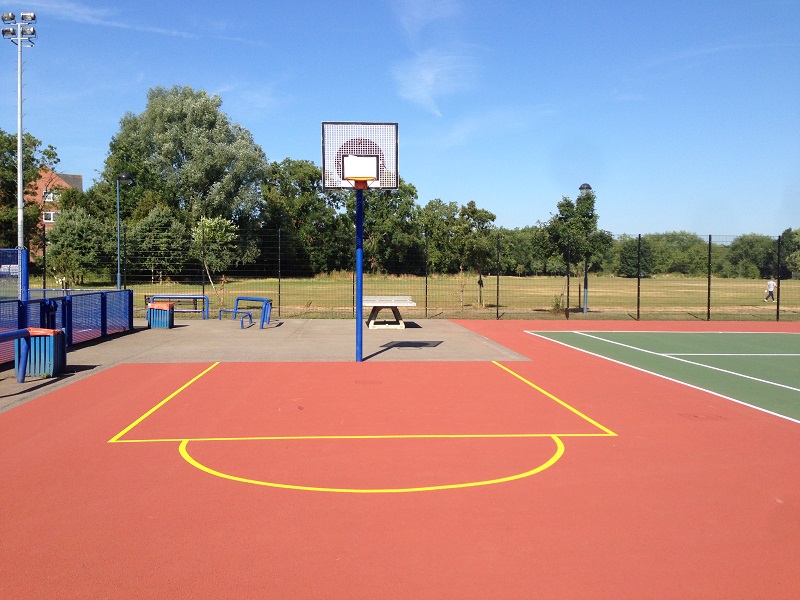
- Size of 5 a Side Court MUGA

- Size of Netball Court Sports MUGAs

- Spending Your Sport Premium Funding
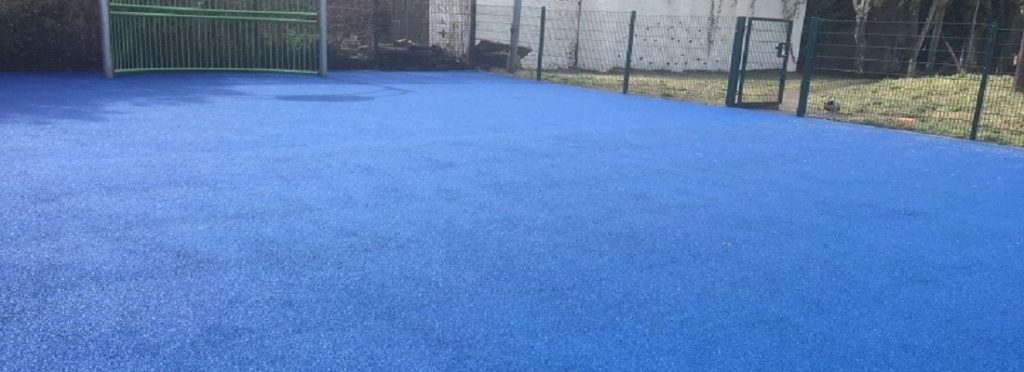
- Sports Court Anti Slip Painting in Leicester
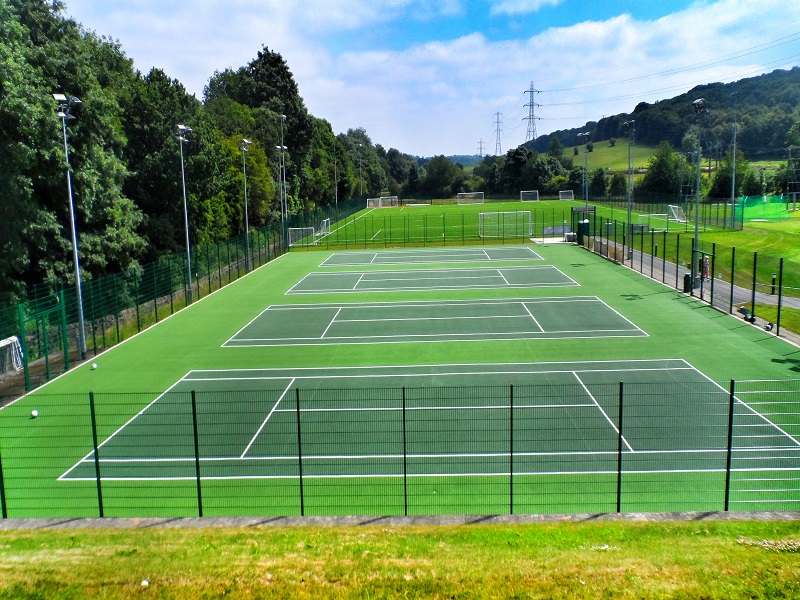
- Sports Court Cleaning and Painting in Preston
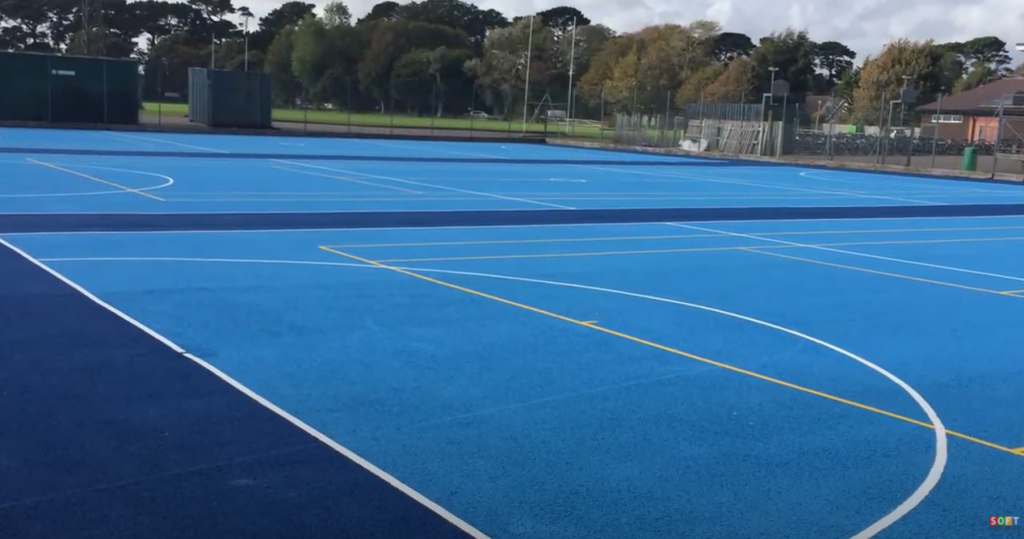
- Sports Court Cleaning and Painting in Sheffield

- Sports court cleaning and painting in Sheffield, Yorkshire
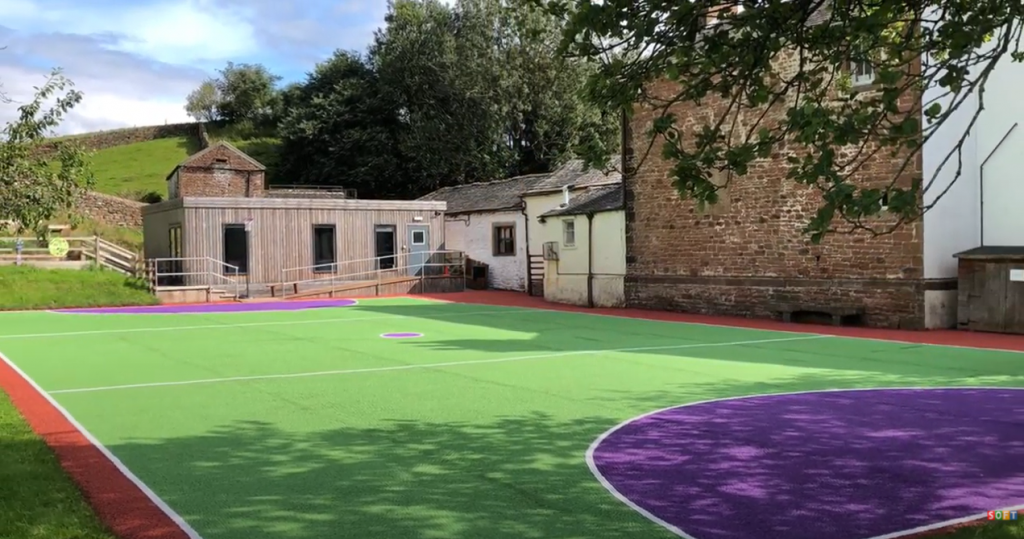
- Sports Court Designs

- Sports Court Maintenance in Fleetwood, Lancashire
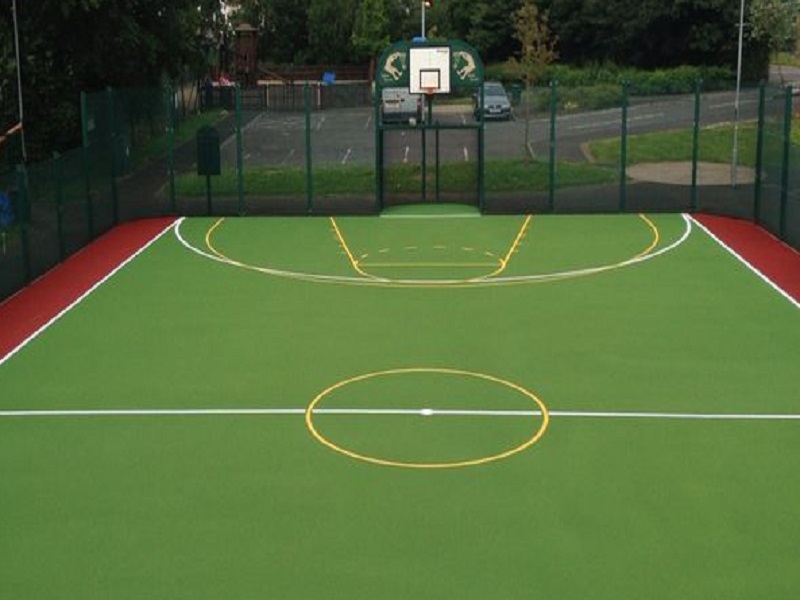
- Sports Facility Maintenance
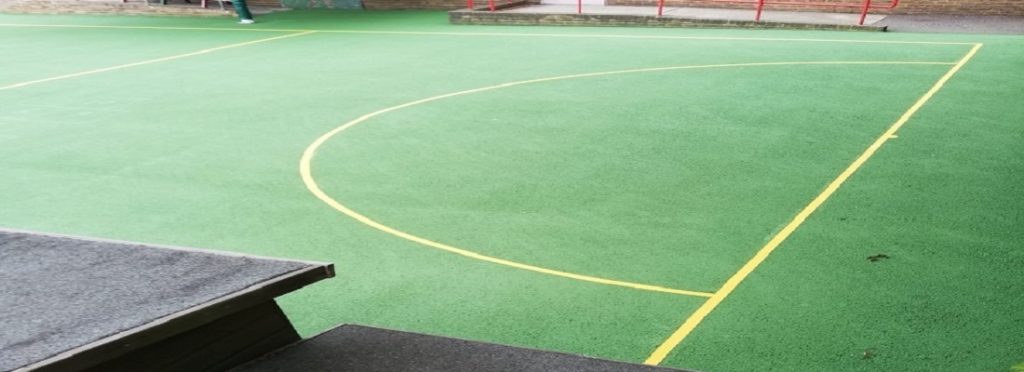
- Sports Fencing

- Sports Pitch Specification

- Sports Pitch Surfacing

- Sports Surface Colour Coating in High Peak
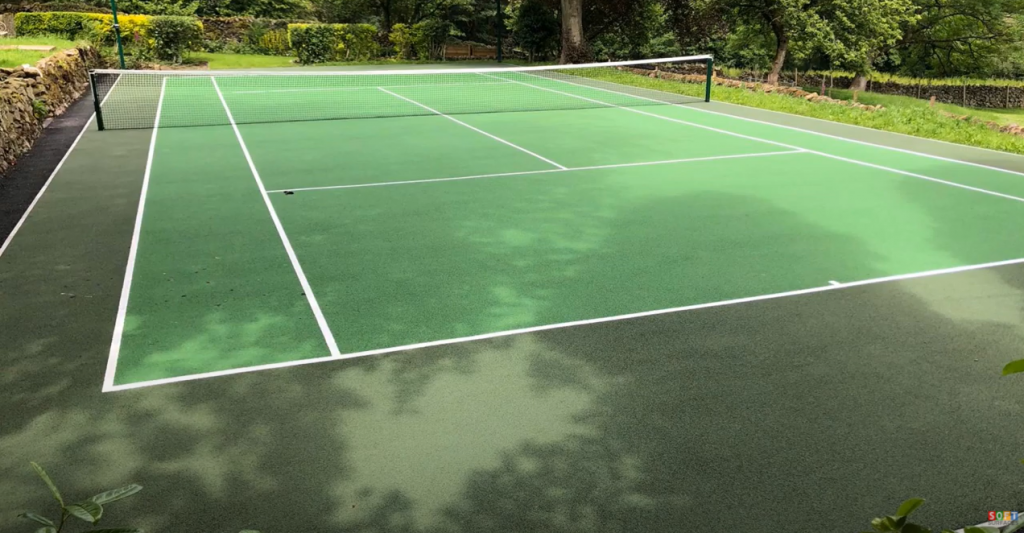
- Sports Surface Construction

- Sports Surfacing Clean and Paint in Southport
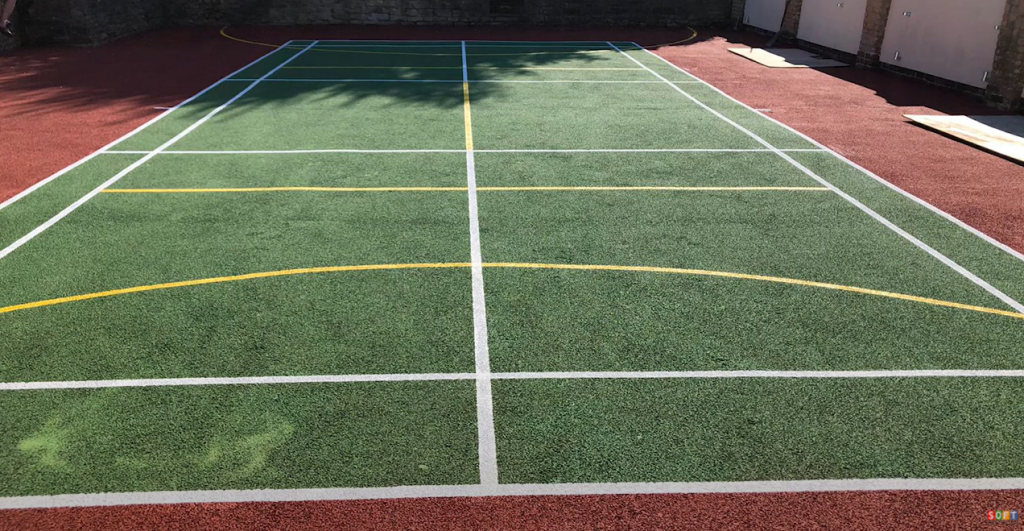
- Sports Surfacing Rejuvenation Maintenance Golborne
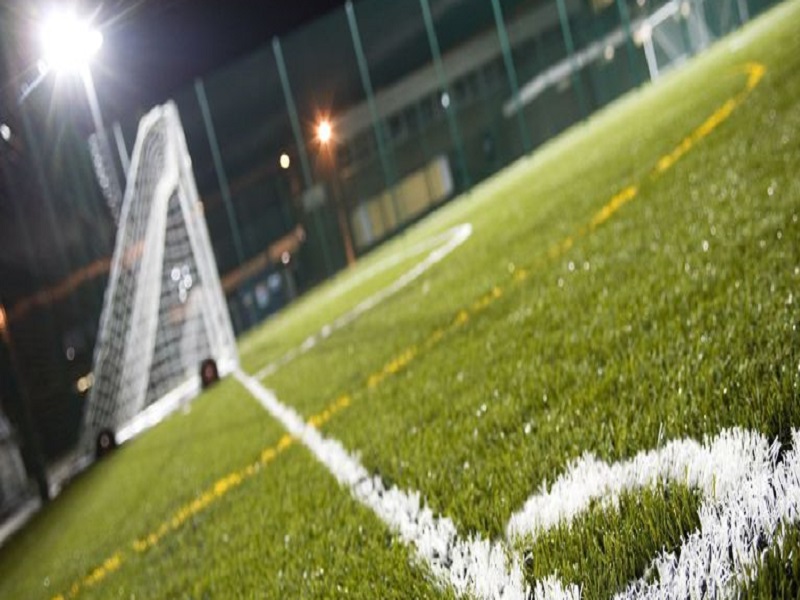
- Sports-Cote Court Binder and Aggregate Rich Acrylic Non Slip Paint
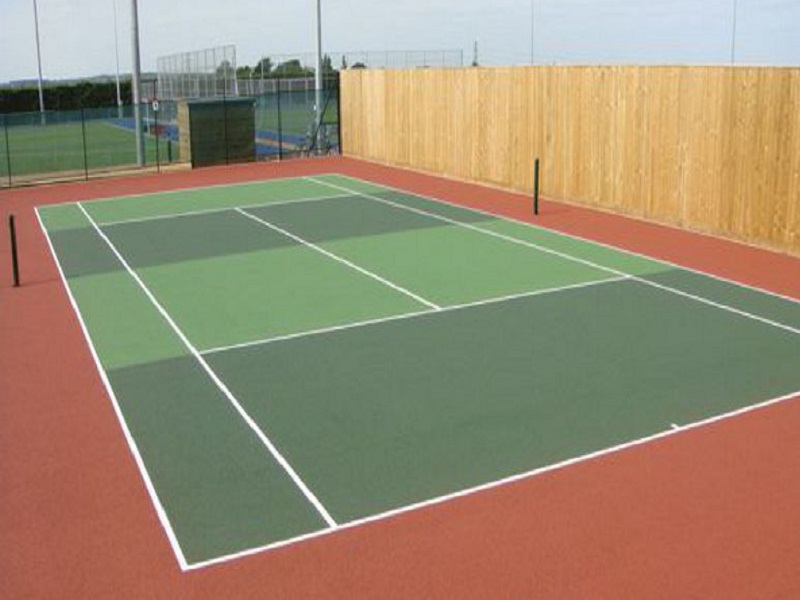
- Synthetic AGP Sports Surfacing Maintenance
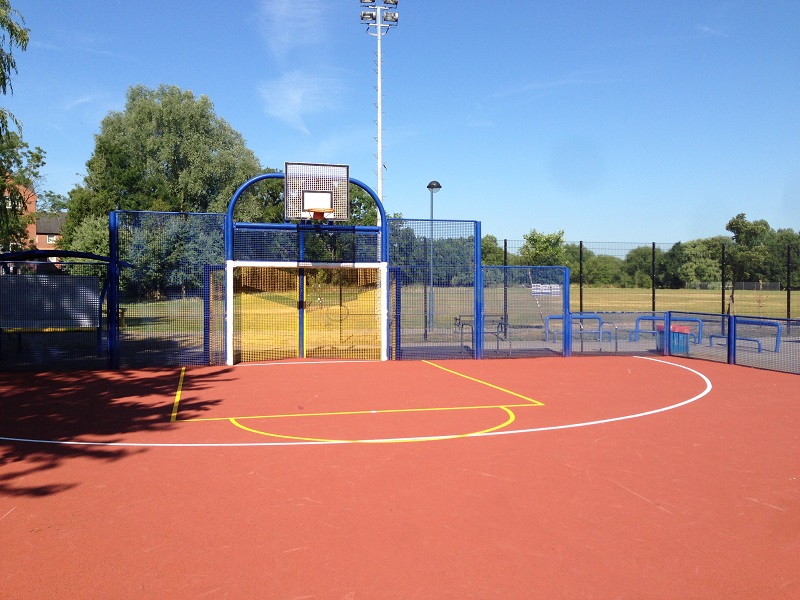
- Synthetic Turf Football Field
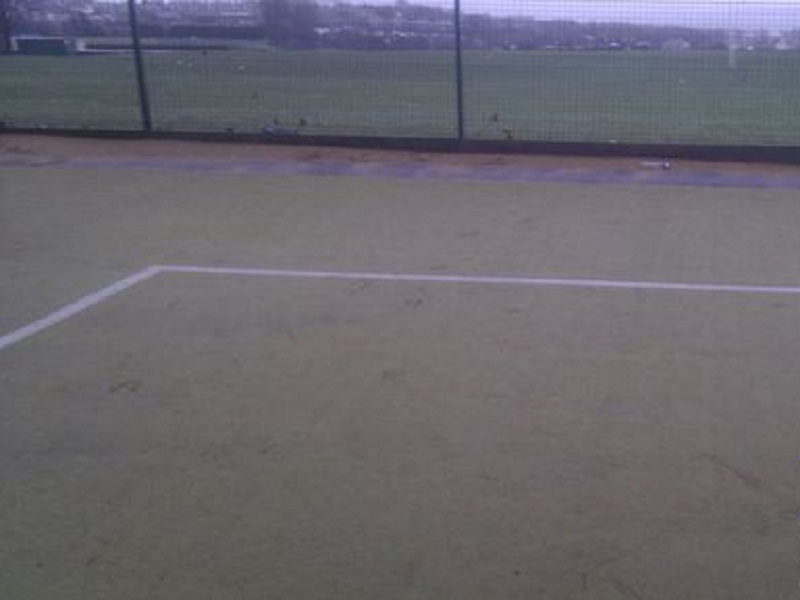
- Synthetic Turf Football Field Installers

- Synthetic Turf Installation in Leighton Buzzard, Bedfordshire

- Synthetic Turf Pitch Ball Roll Tests

- Synthetic Turf Tennis Court Installation in London
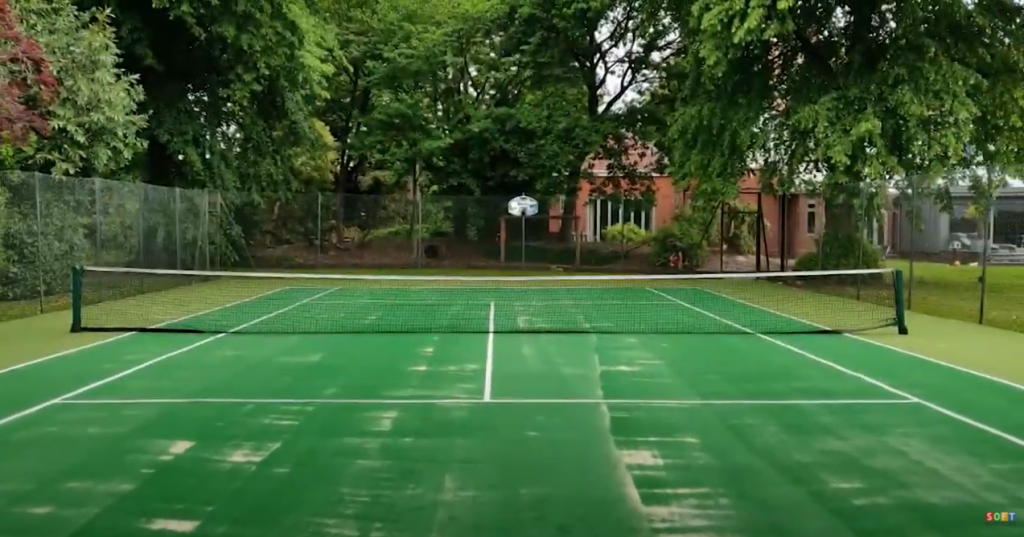
- Tennis Court Clean & Paint Maintenance in York
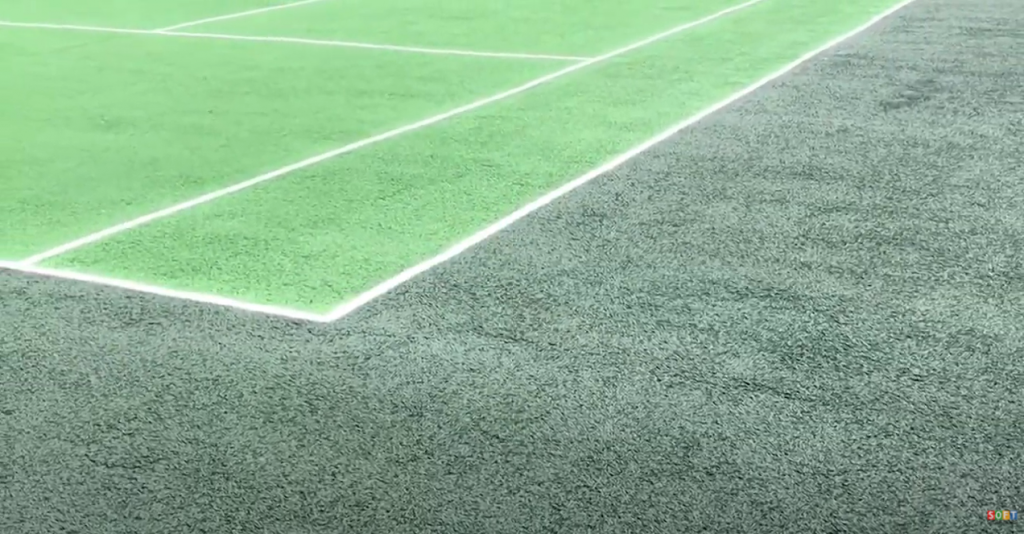
- Tennis Court Cleaning and Repainting in Sheffield
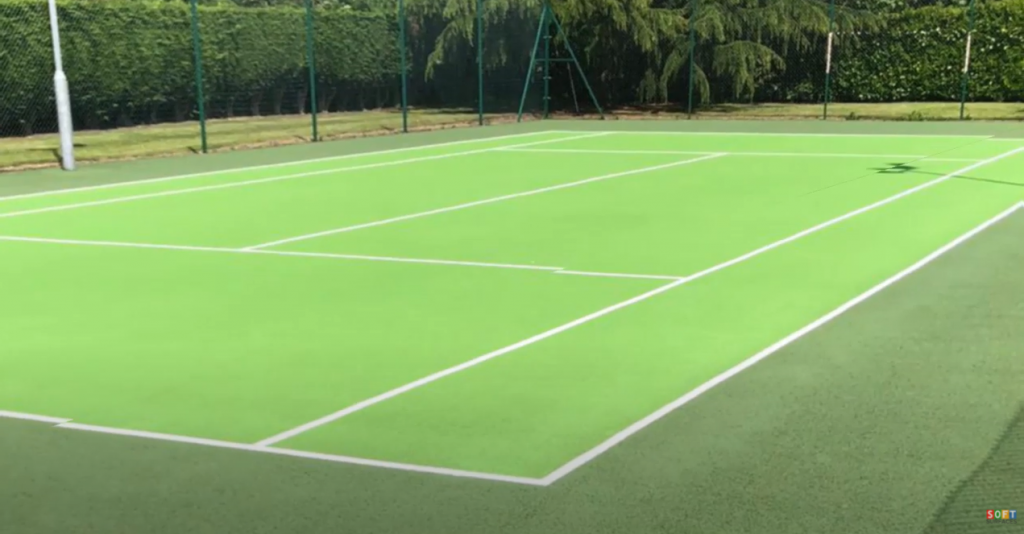
- Tennis Court Construction

- Tennis Court Maintenance – Deep Clean and Recolouring
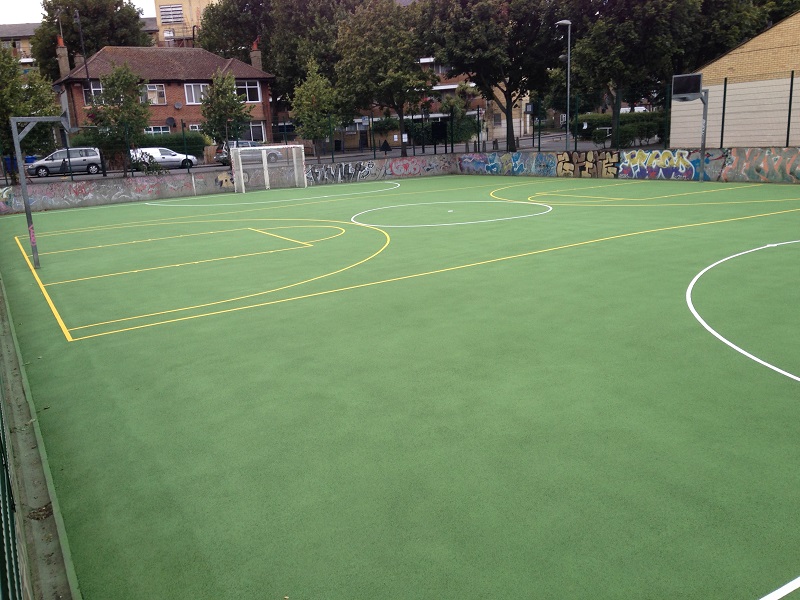
- Tennis Court Maintenance in Woking, Surrey

- Tennis Court Surfacing Maintenance in Yorkshire
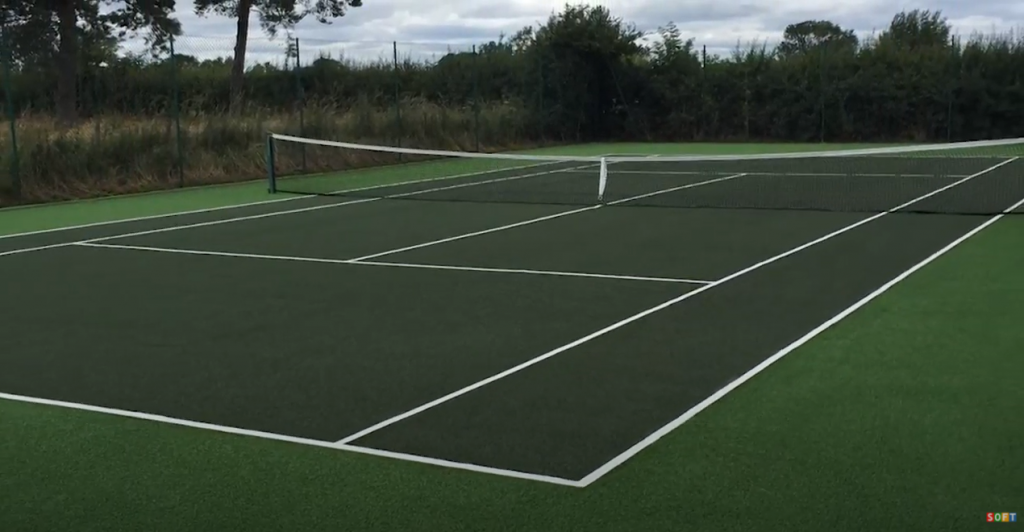
- Tennis Court Surfacing Rejuvenation in Newcastle
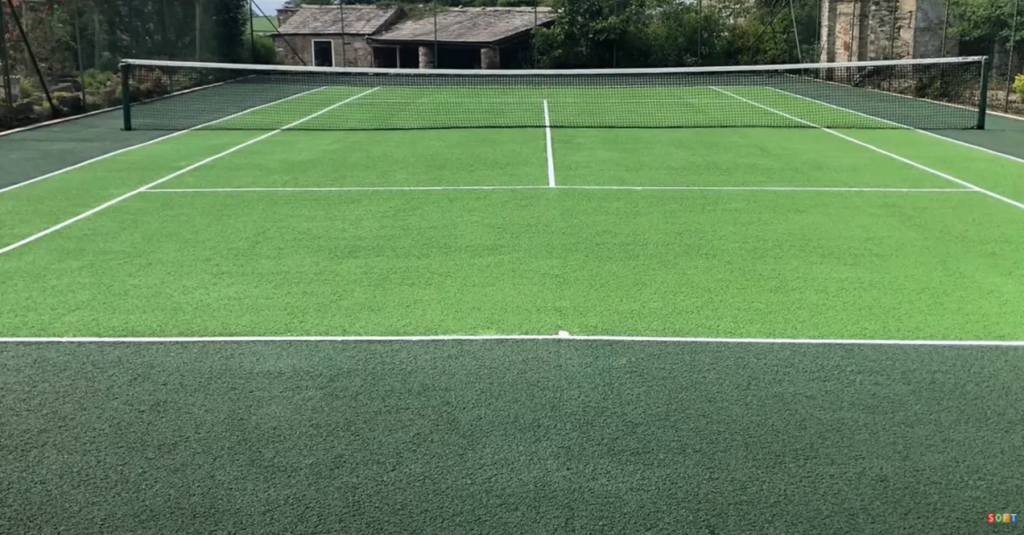
- Tennis Court Synthetic Turf Cleaning Maintenance

- Tennis Courts Refurbishment Maintenance Lancashire

- Third Generation 3g Artificial Grass Sports Surfacing
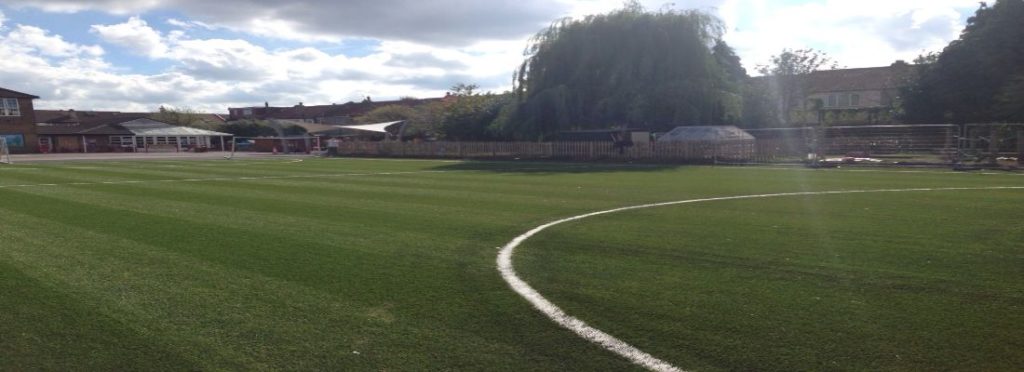
- Unfilled Synthetic Sports Turf Surfacing

- Waterlogged Synthetic All Weather Pitch Solutions

- Wetpour Sports Court Flooring in Dartmouth, Devon
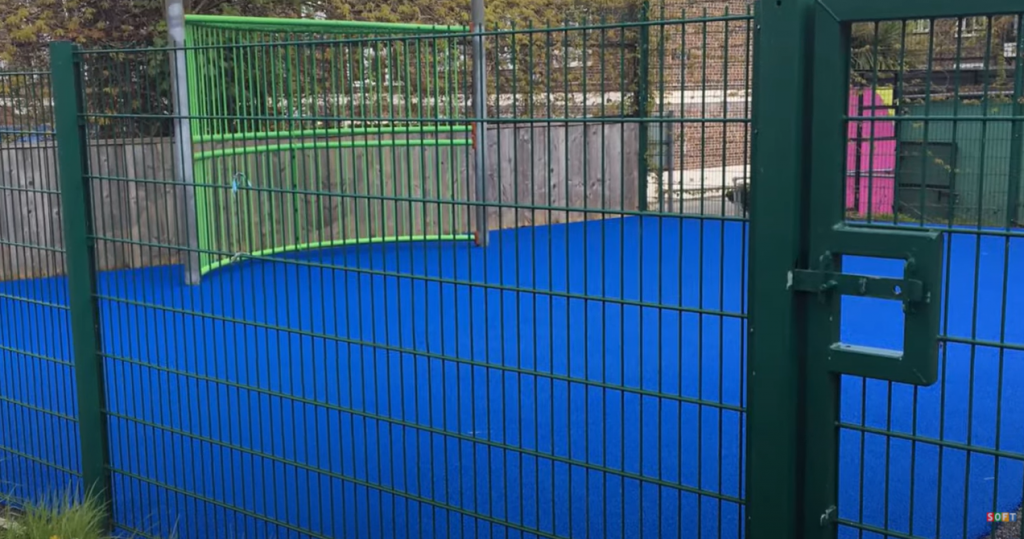
- Wetpour Swimming Pool Surround Install in London
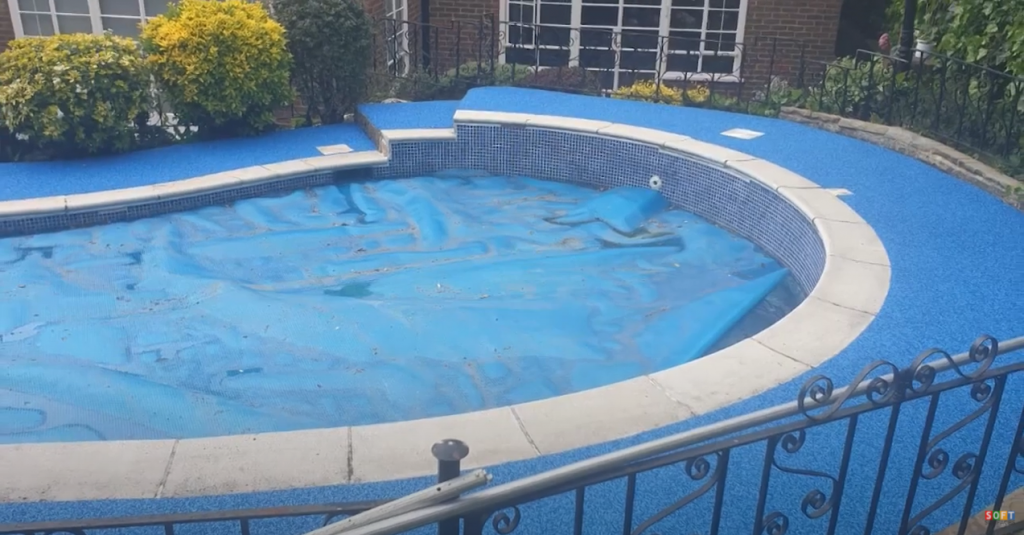
- Why Choose an Artificial Hockey Pitch?

